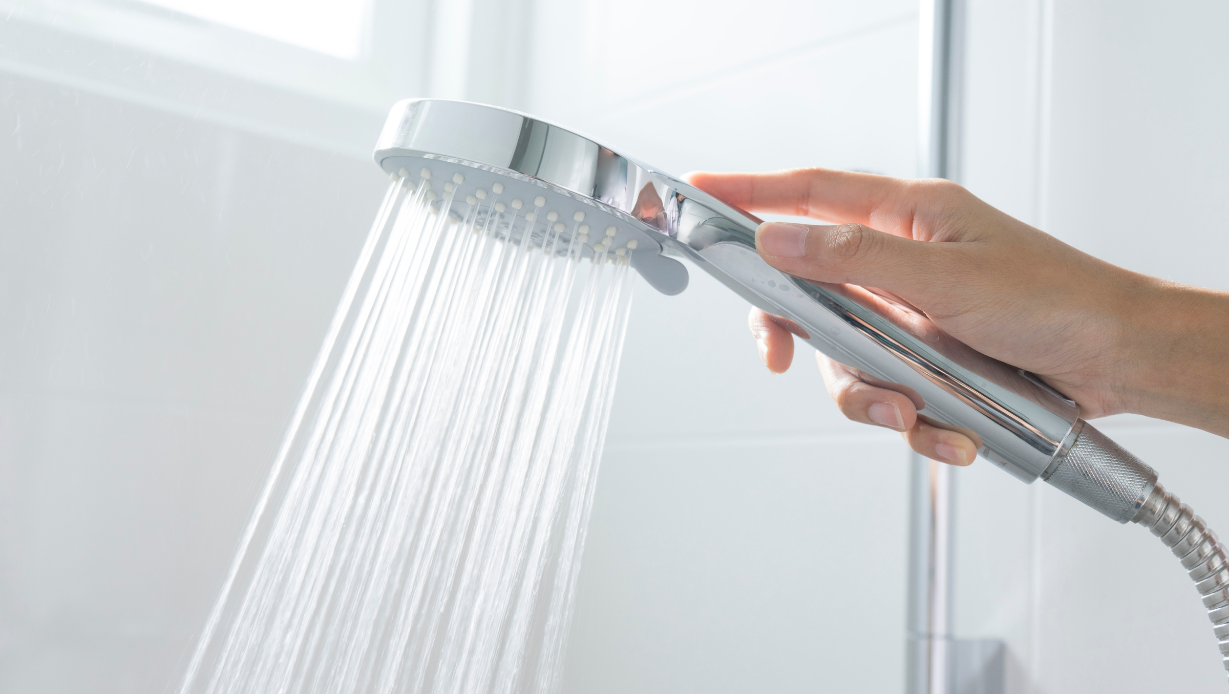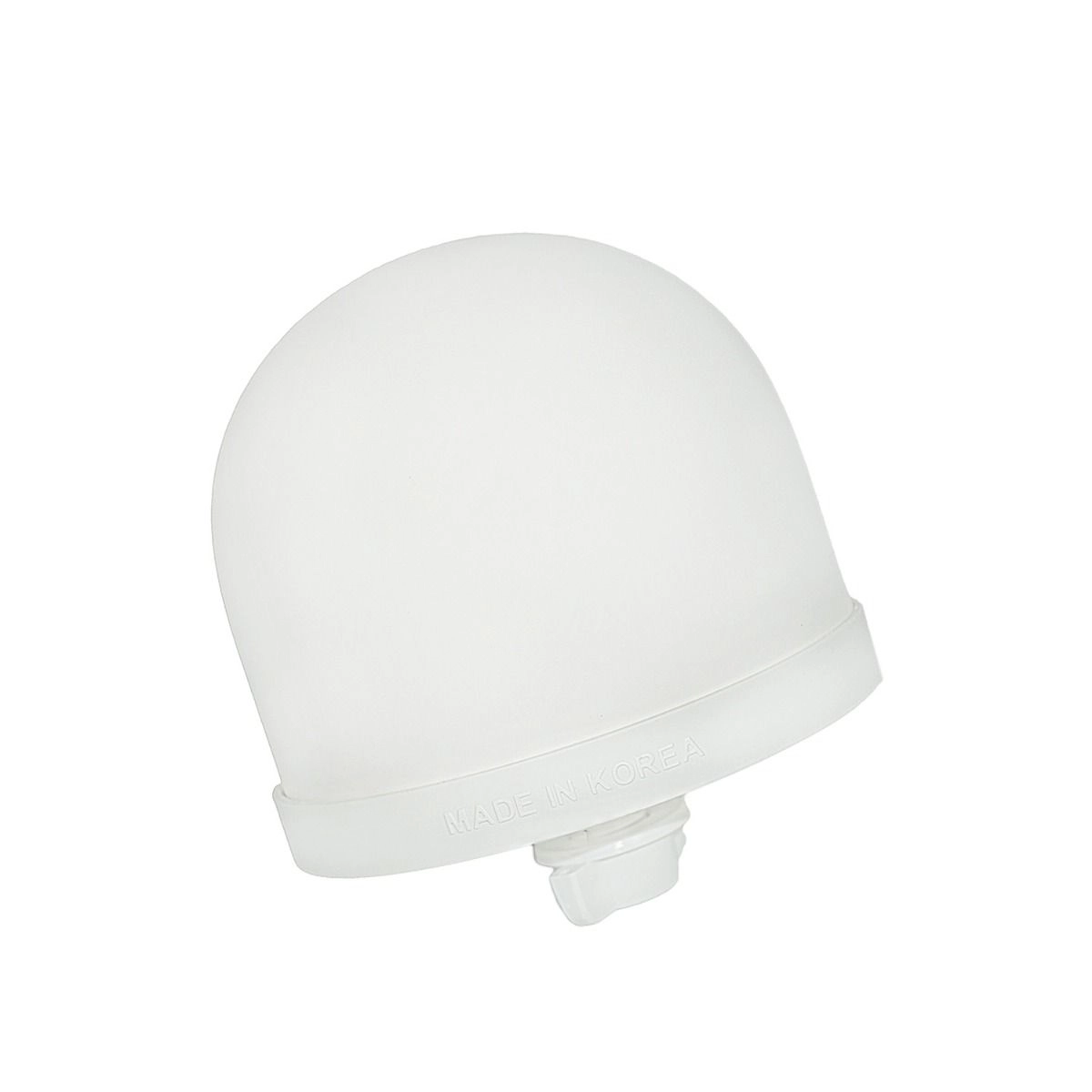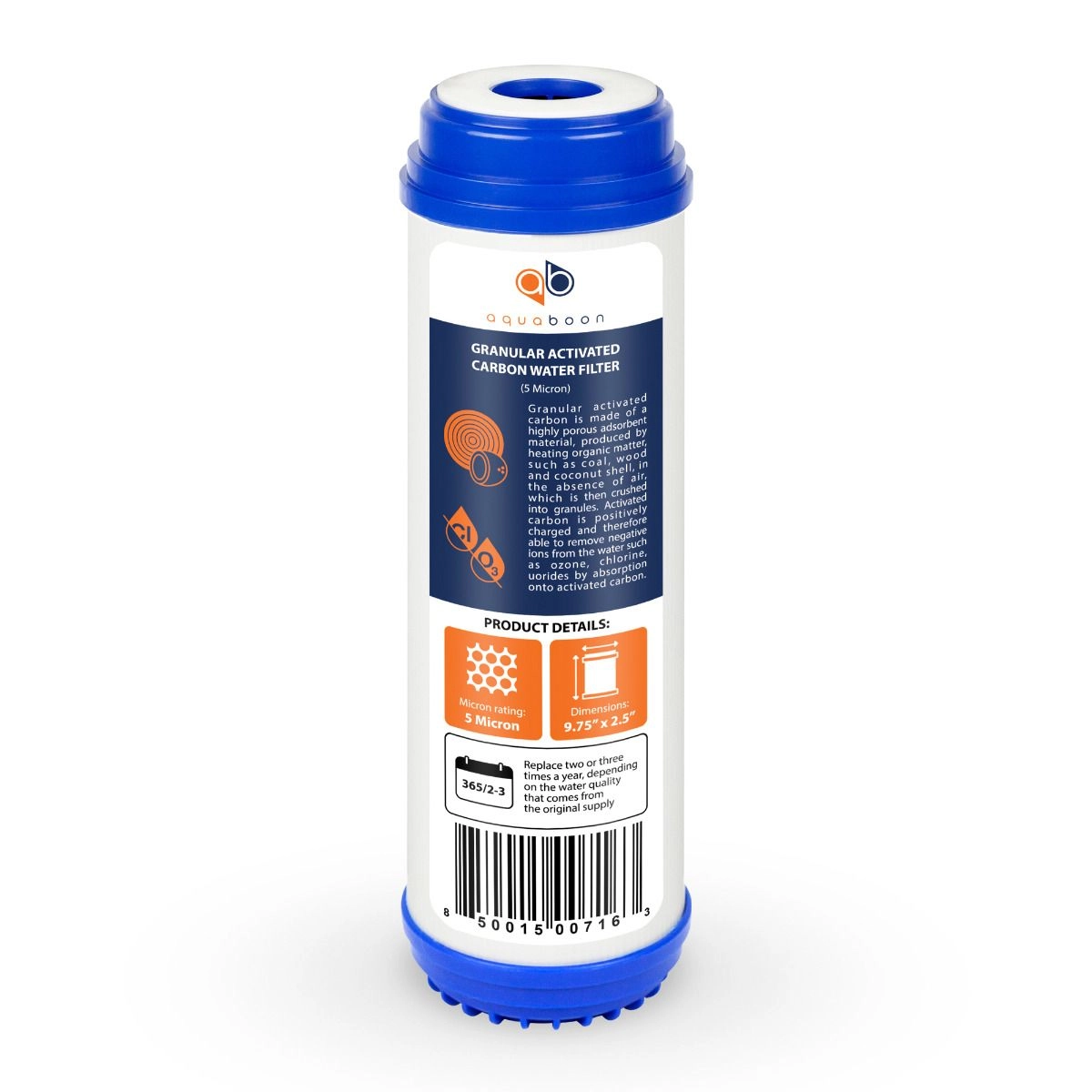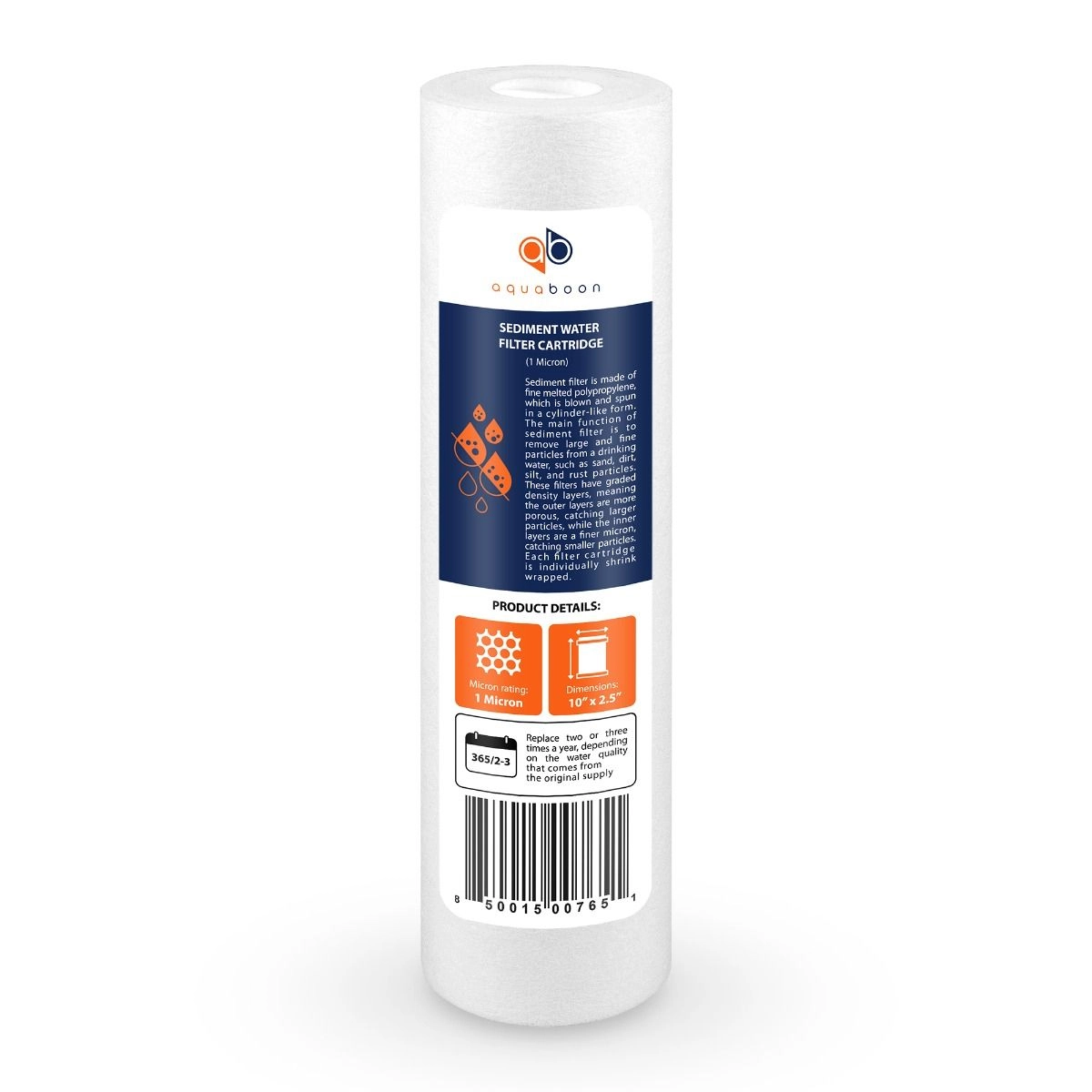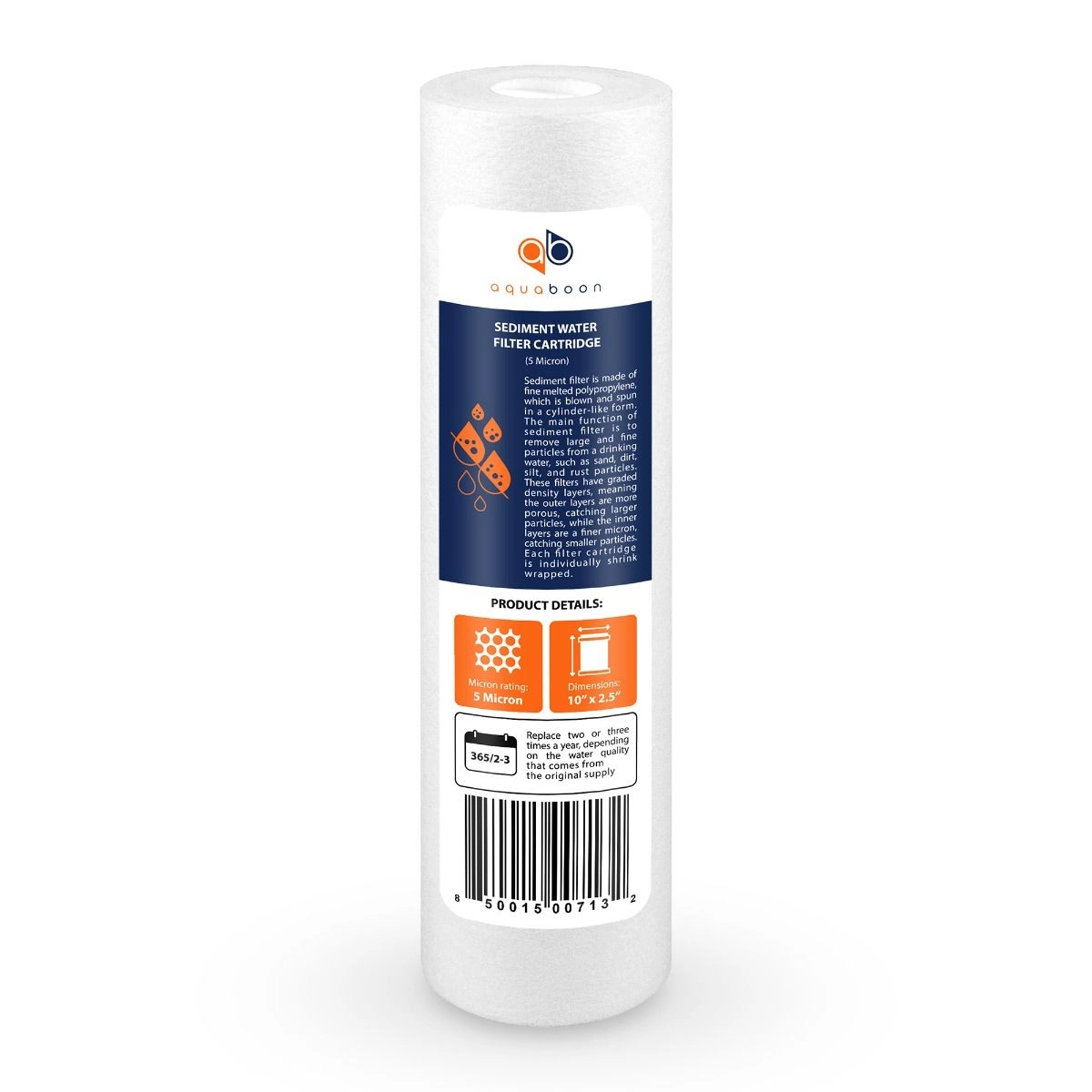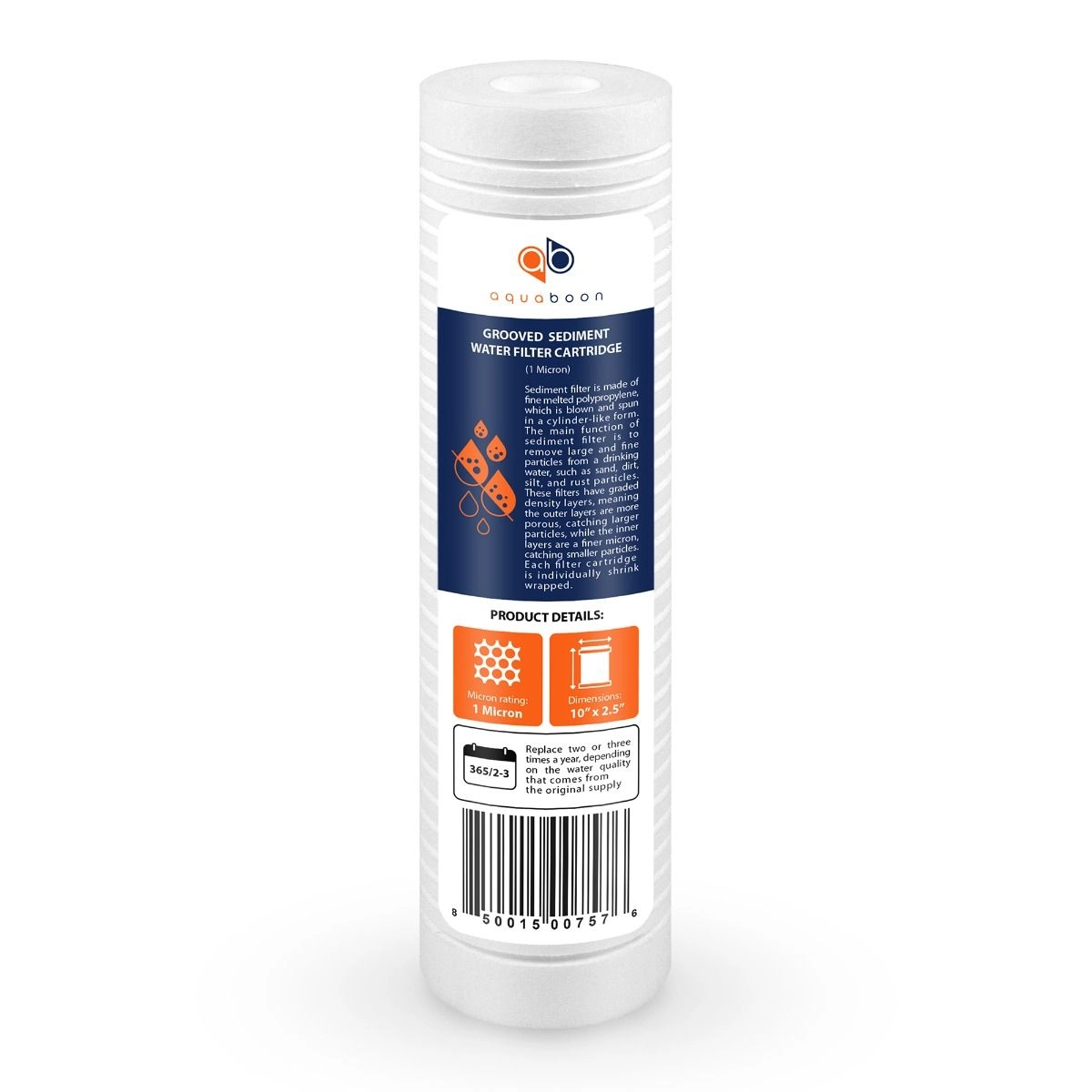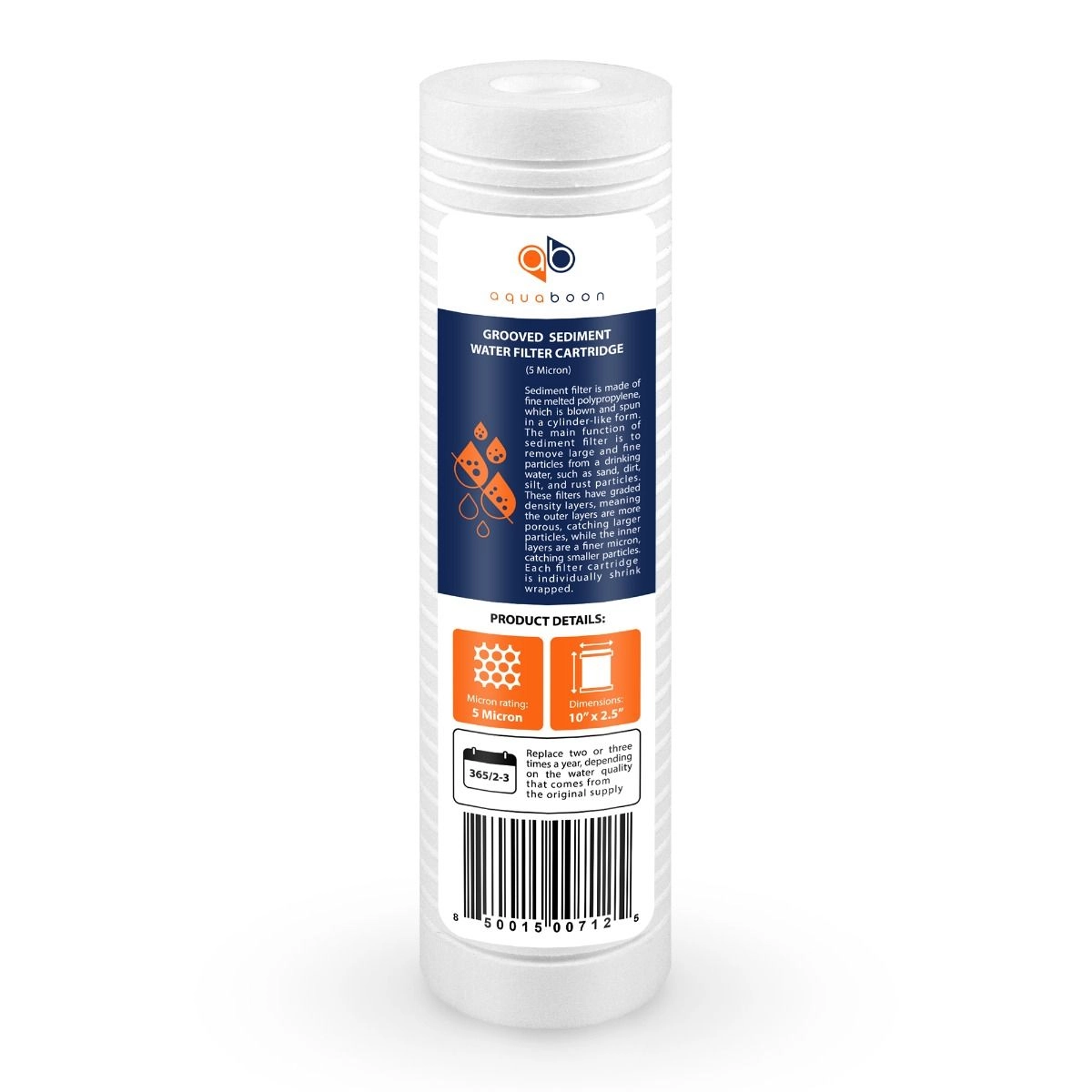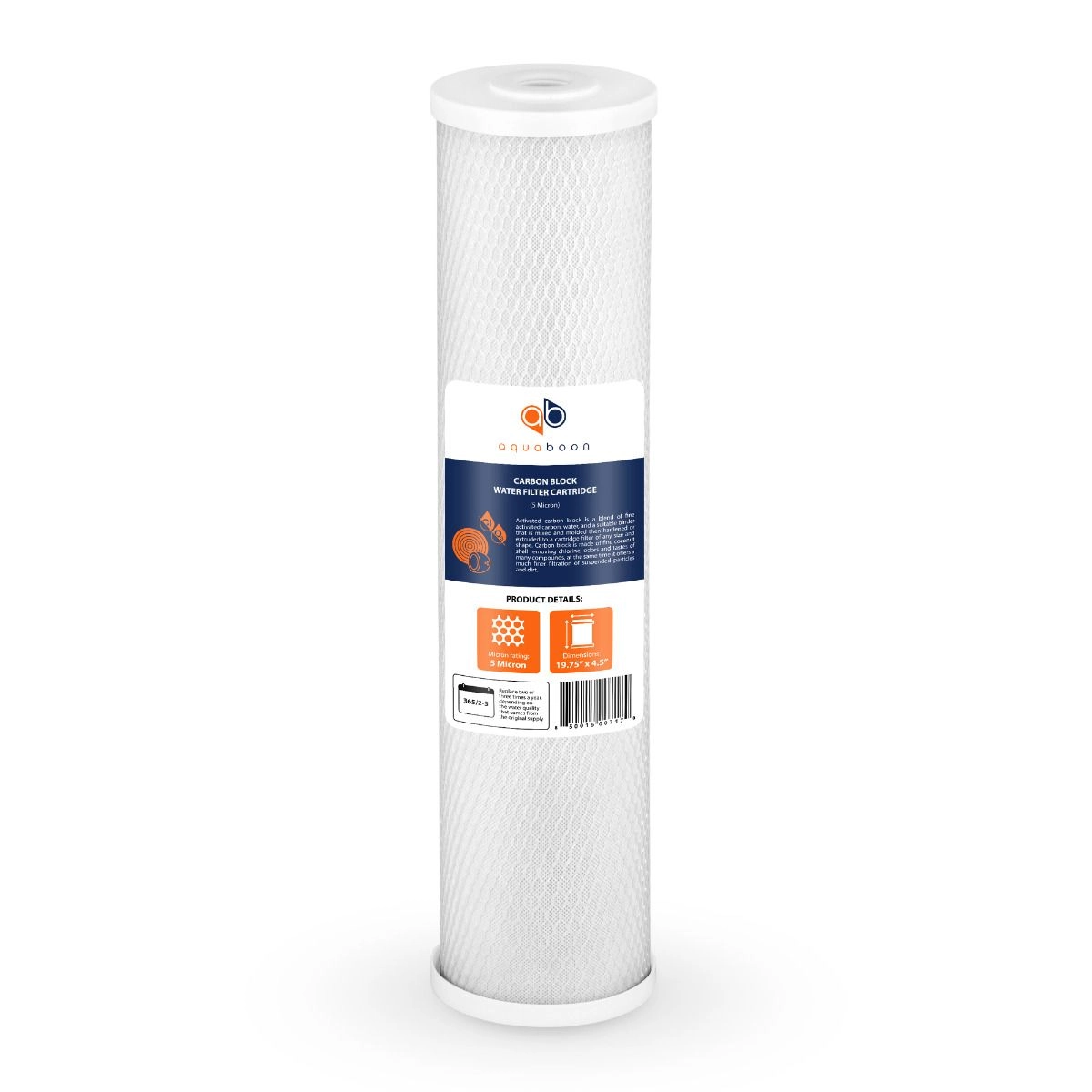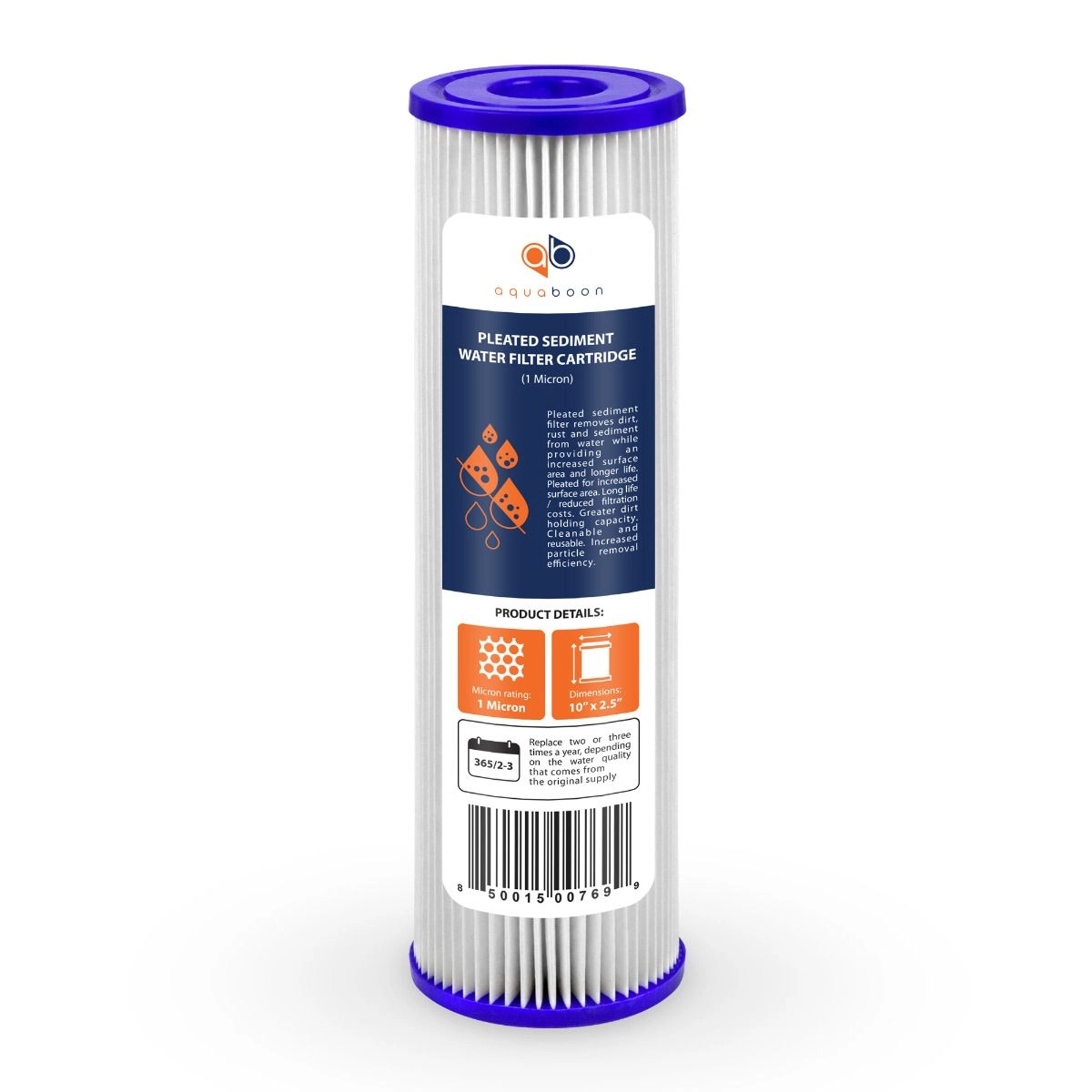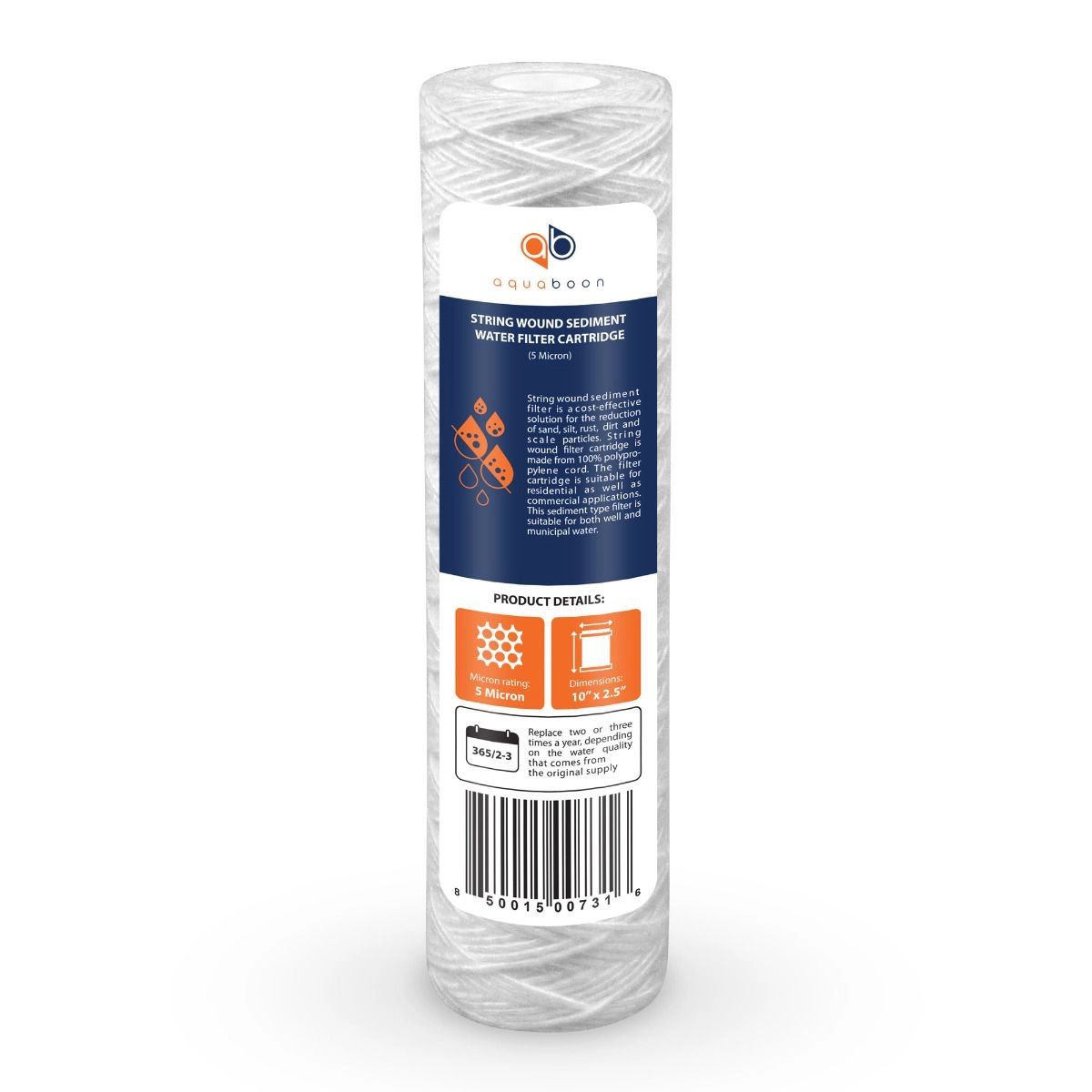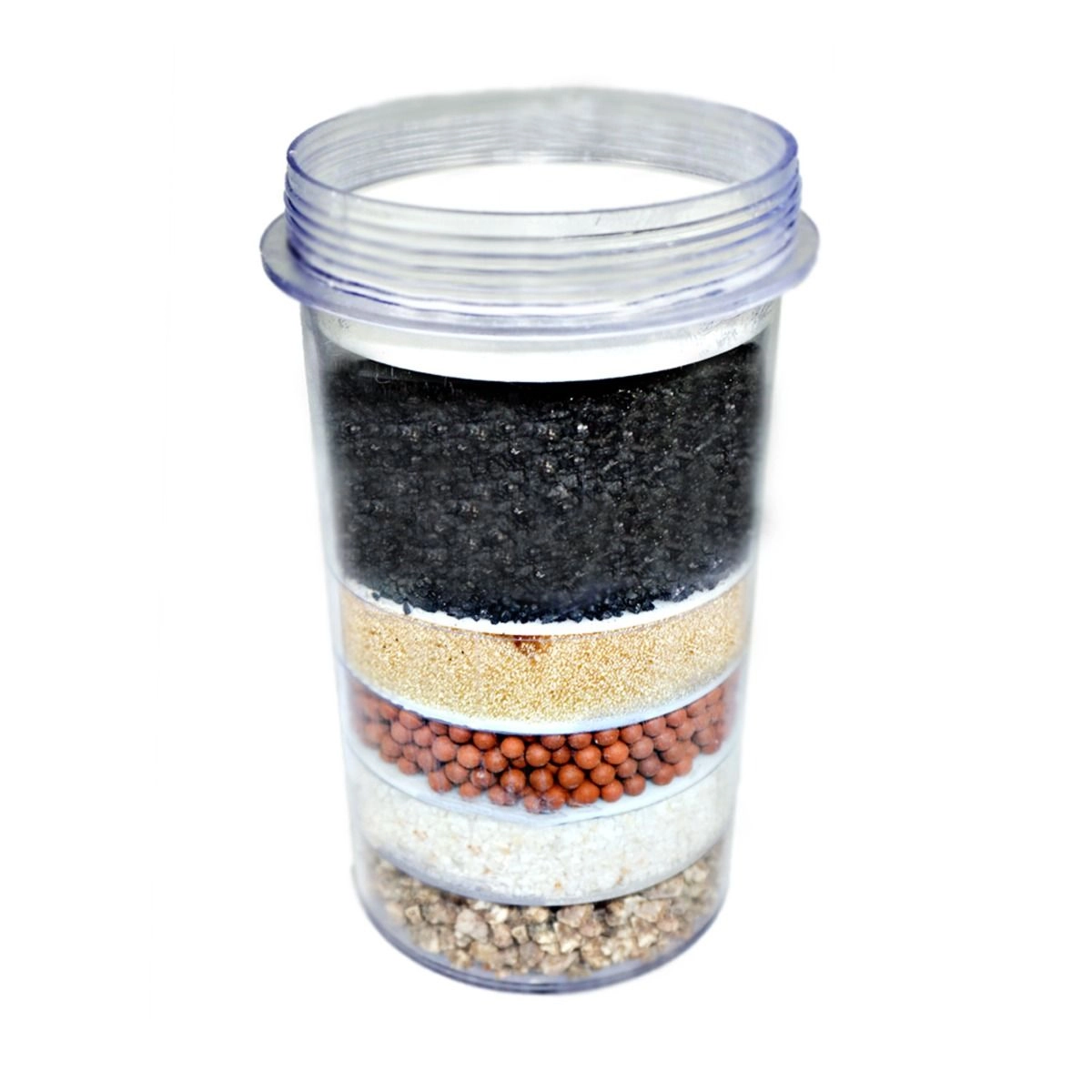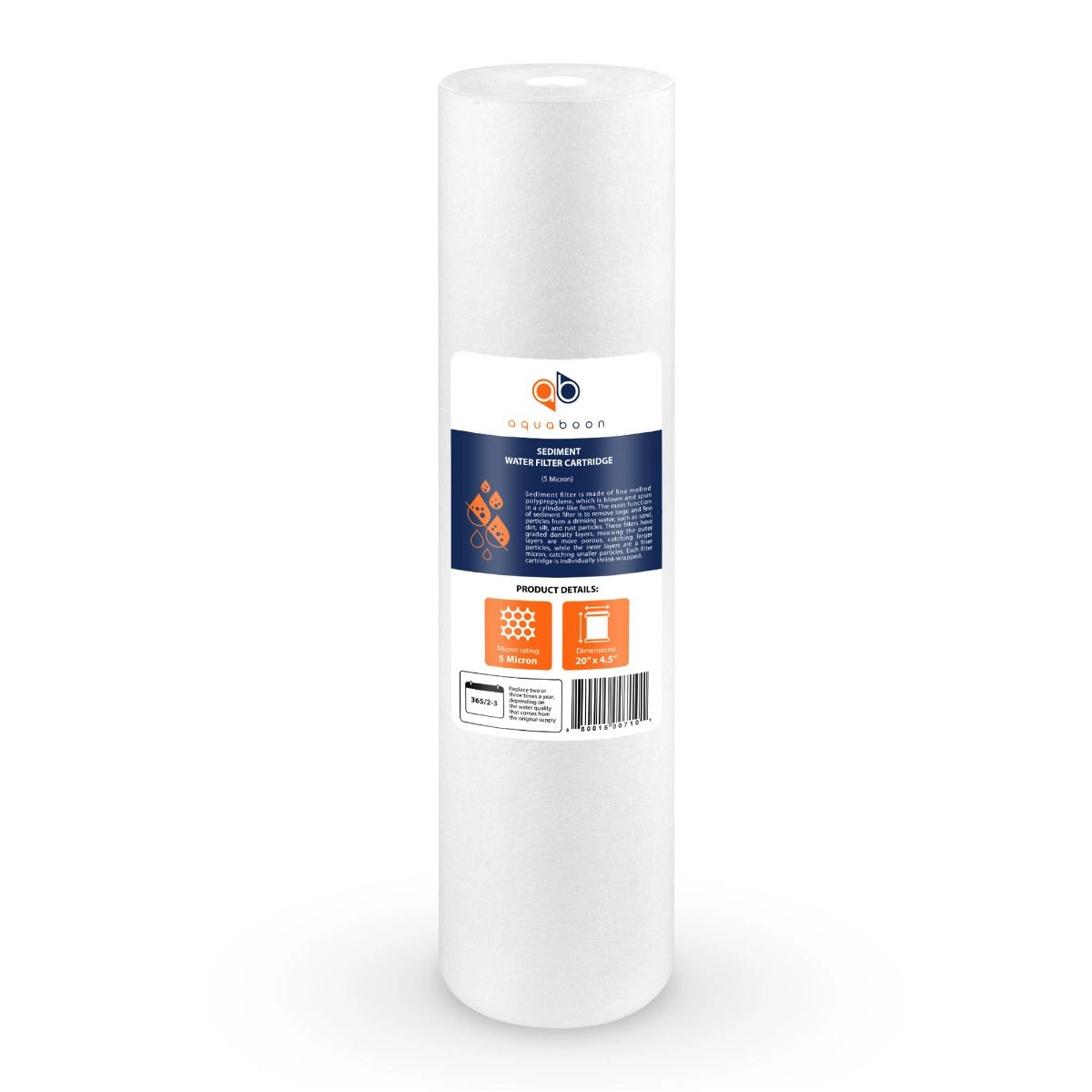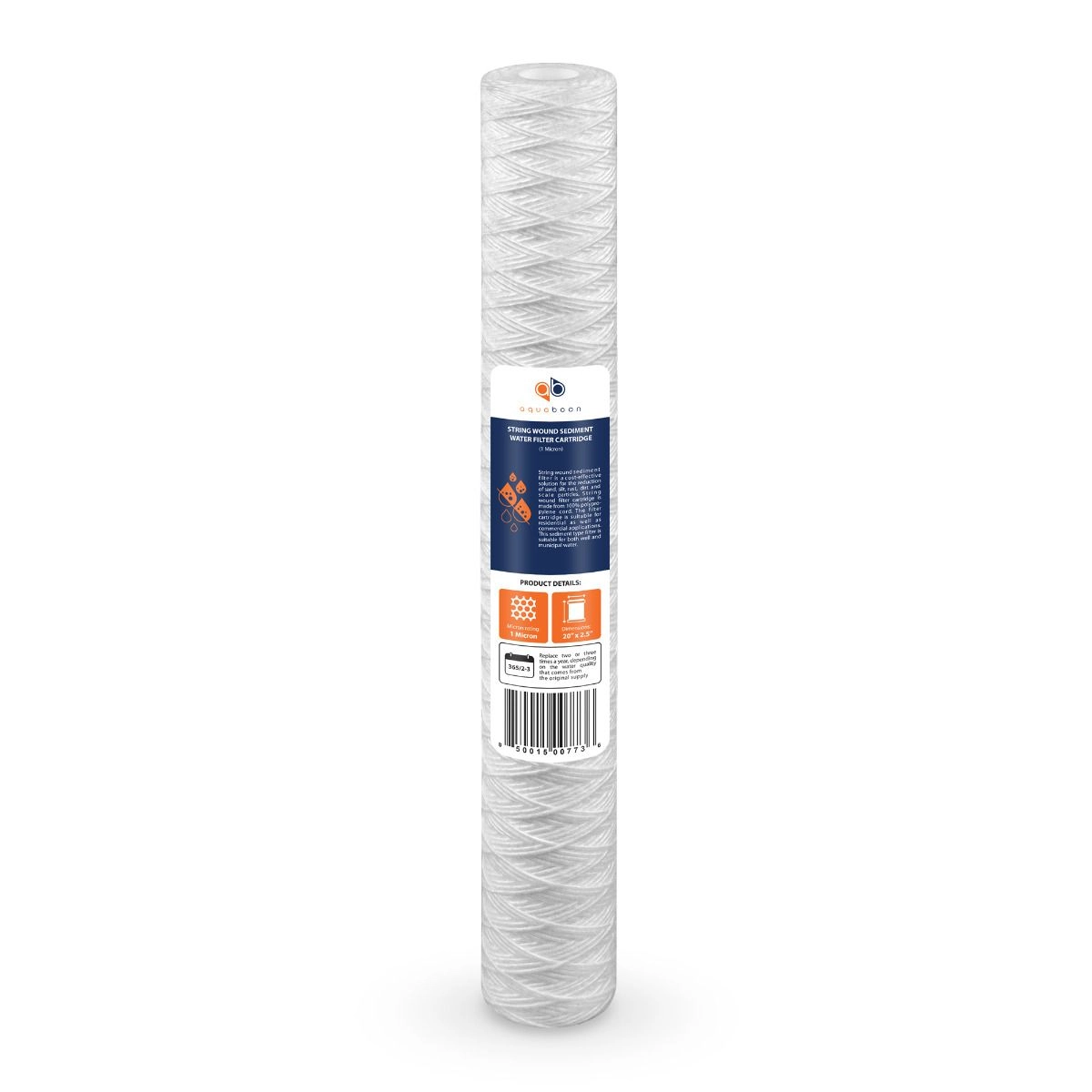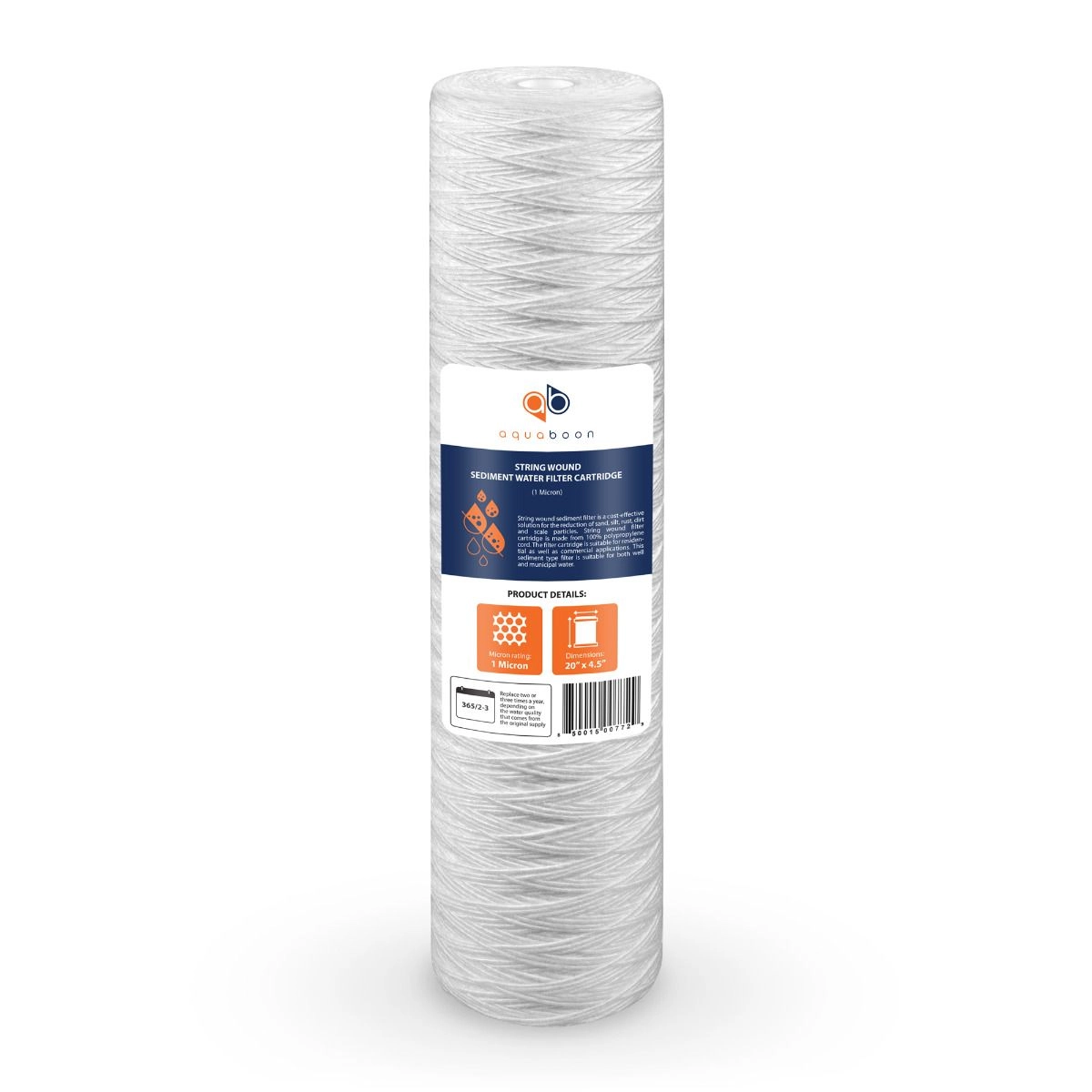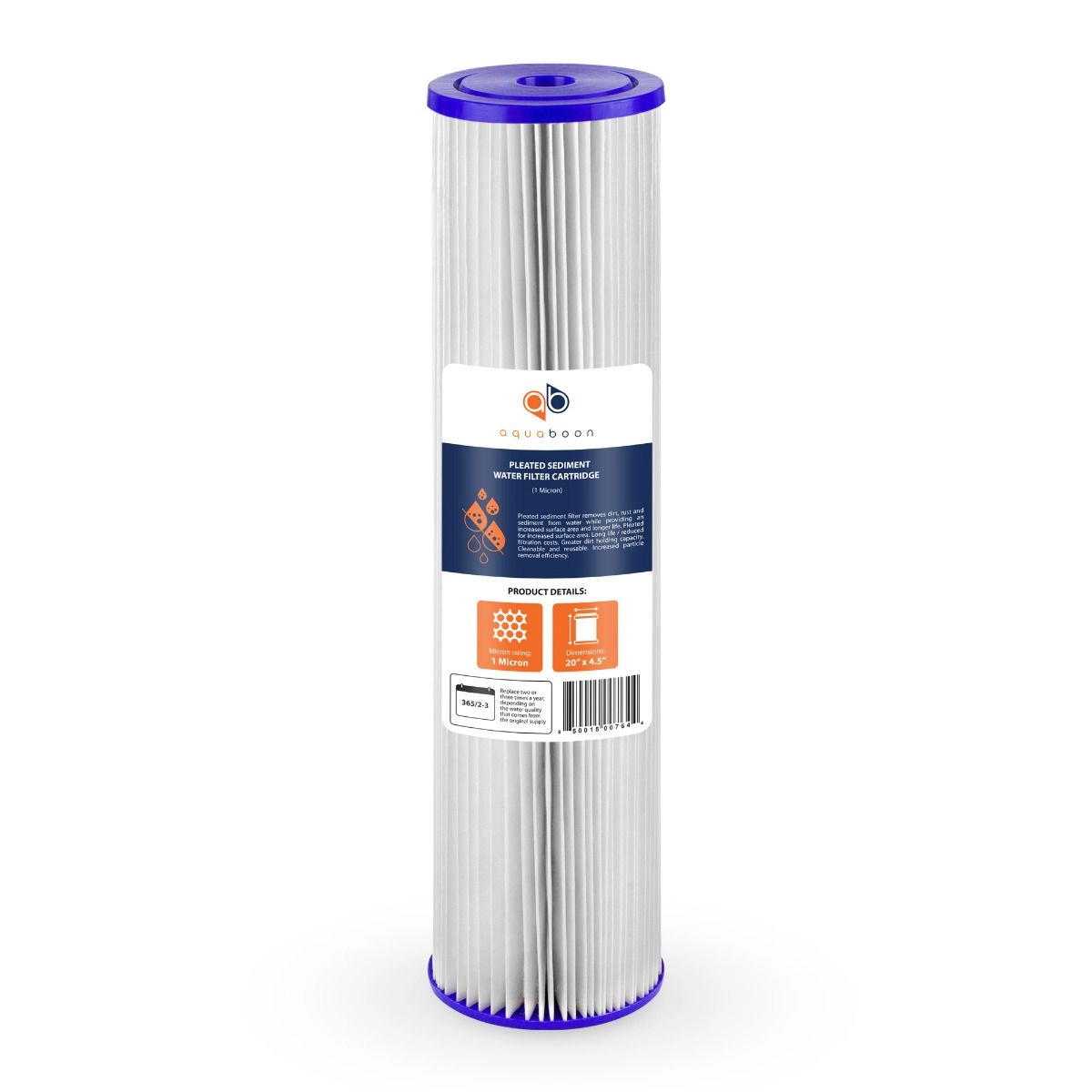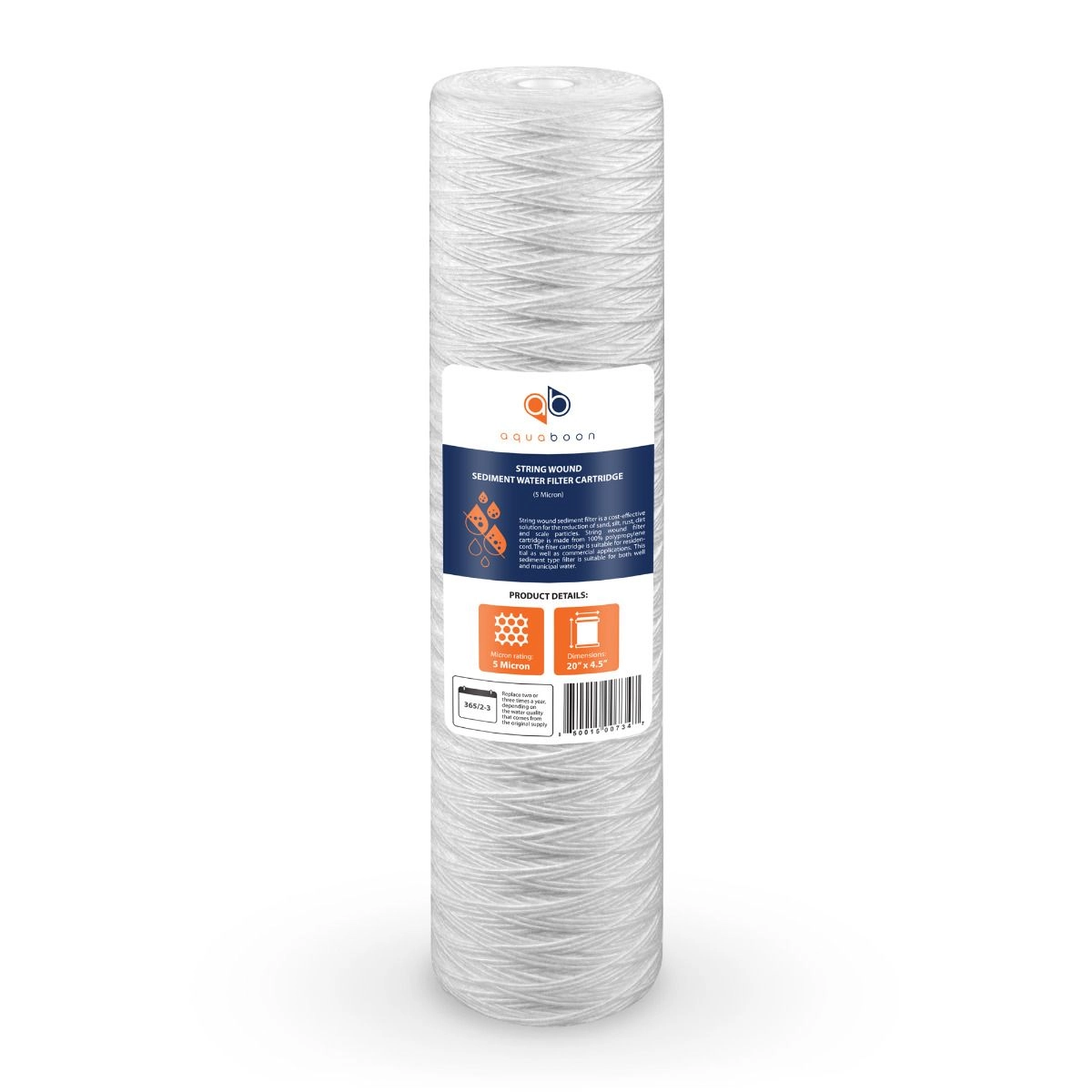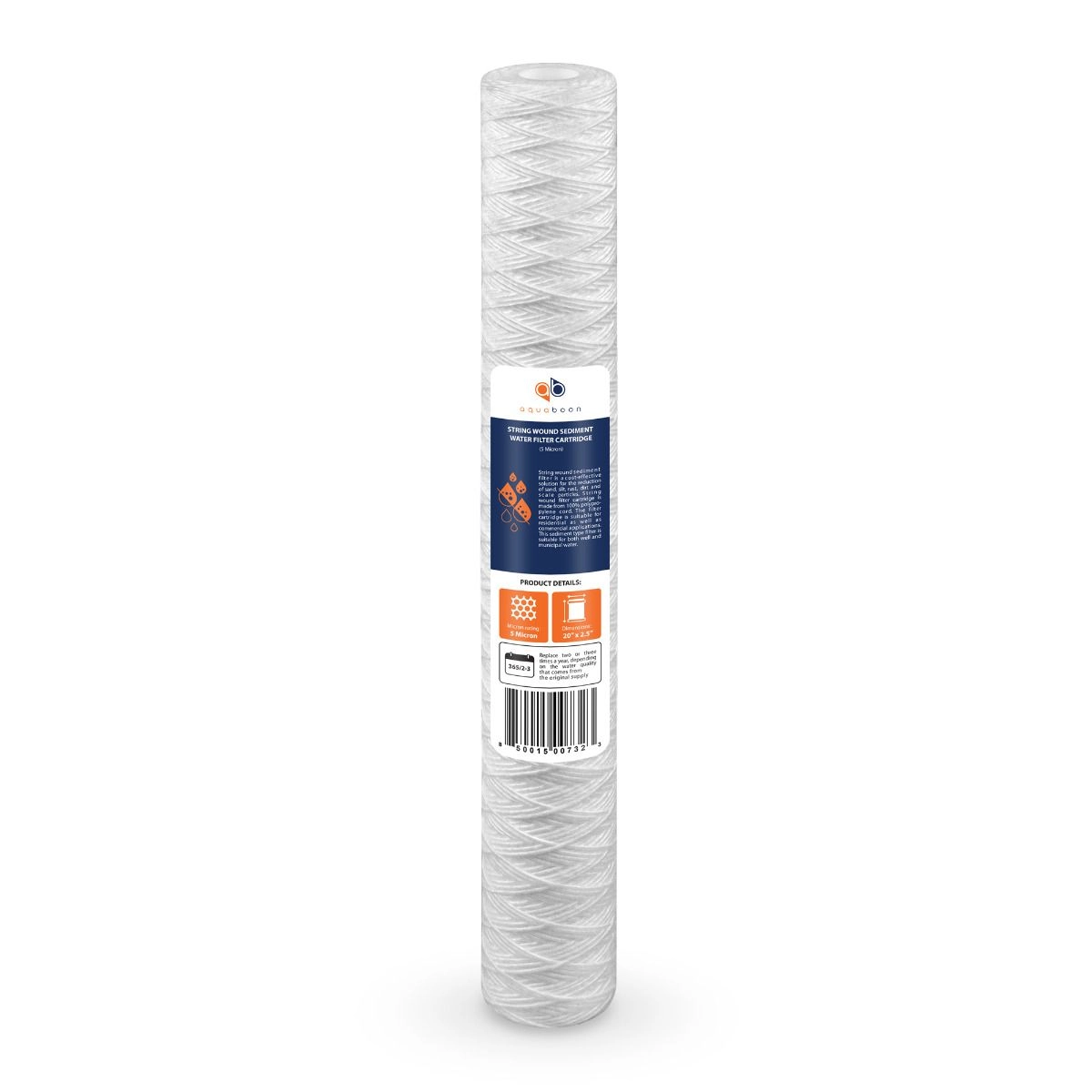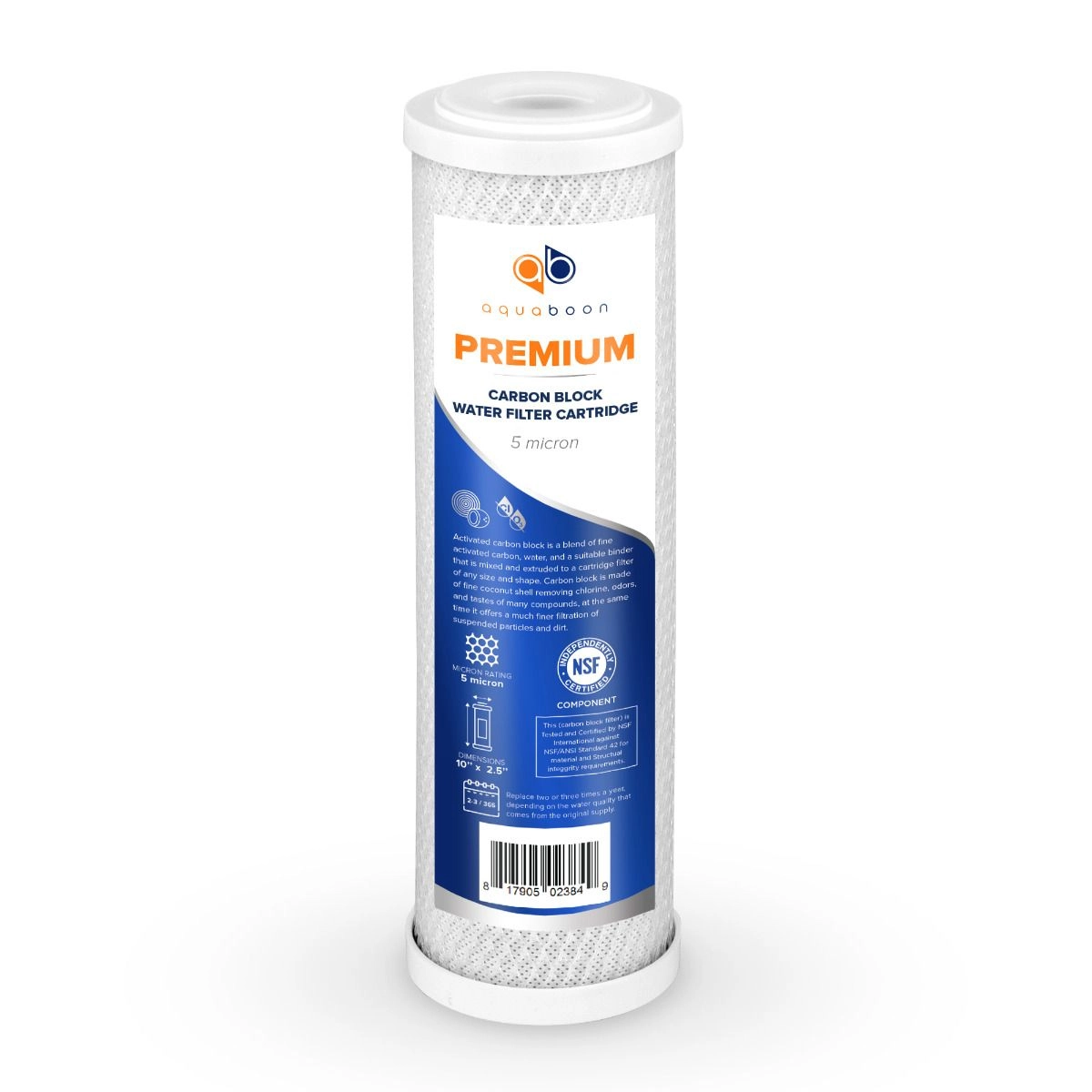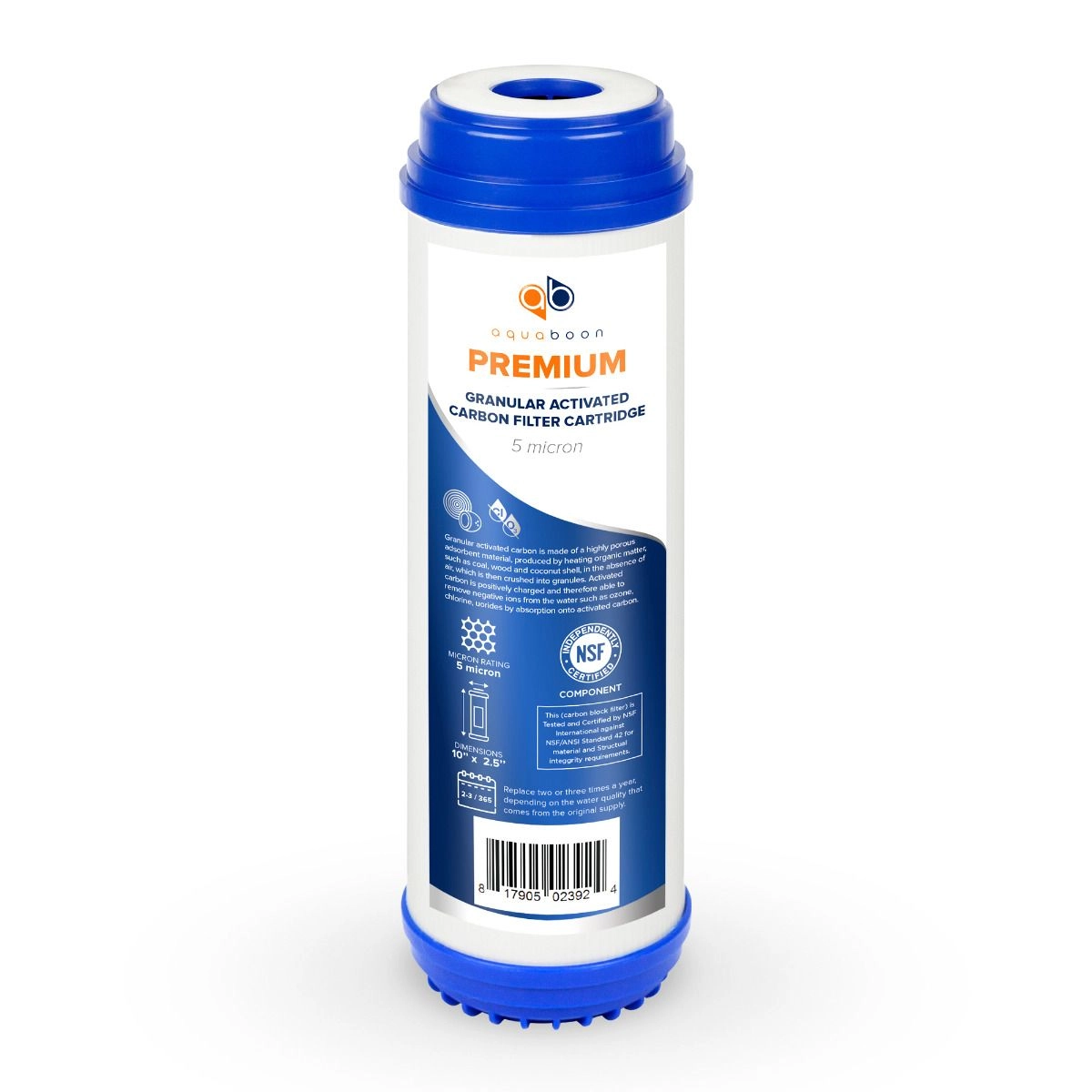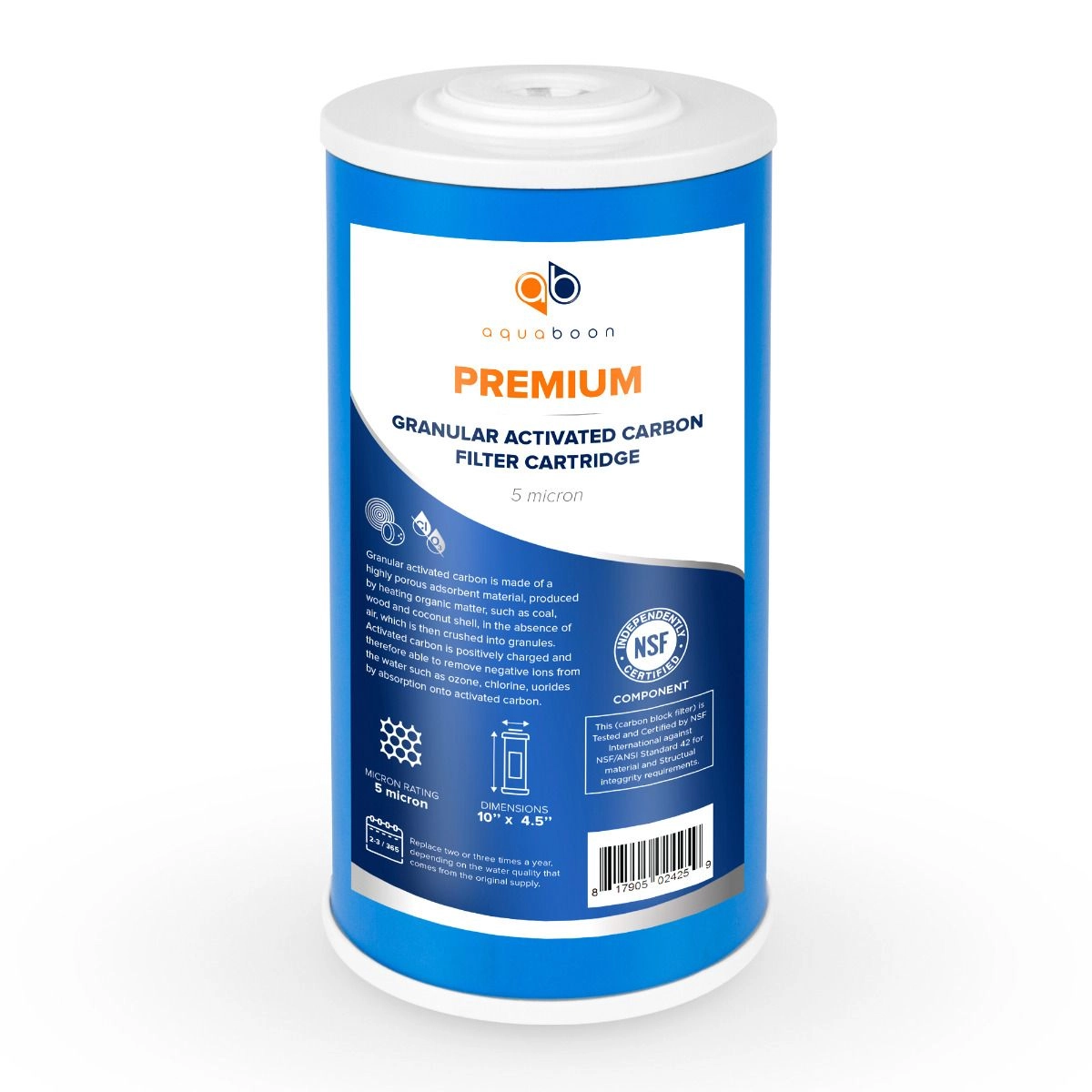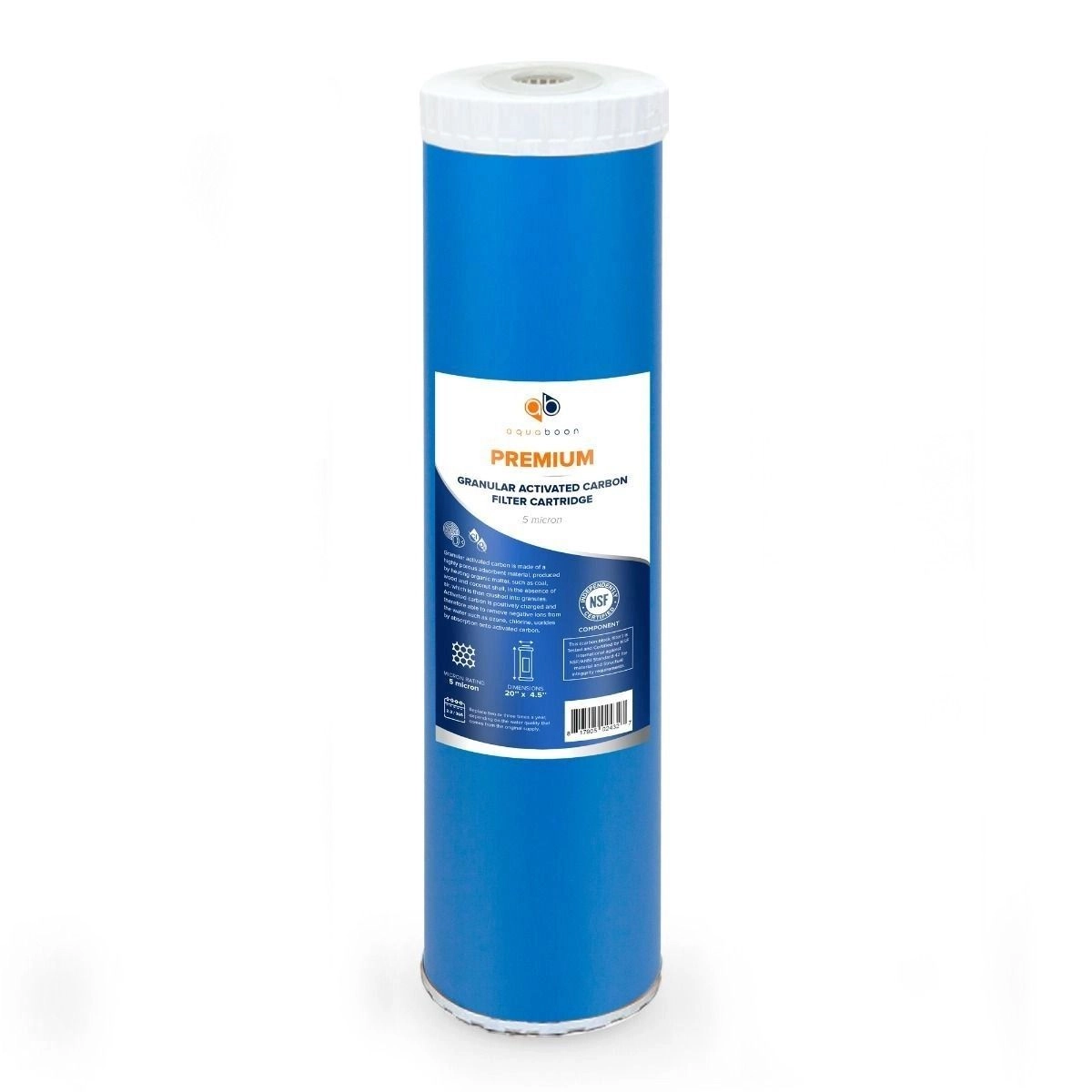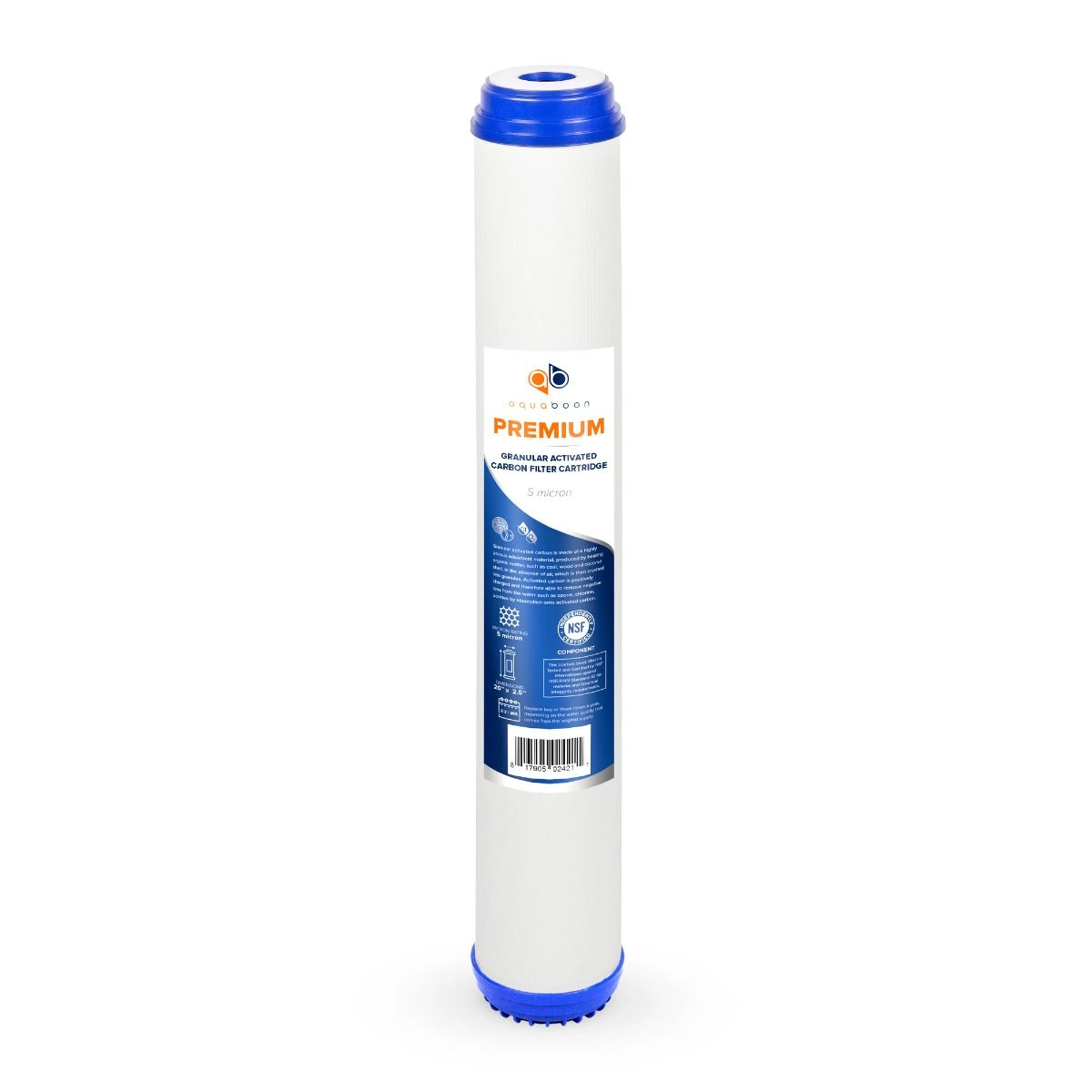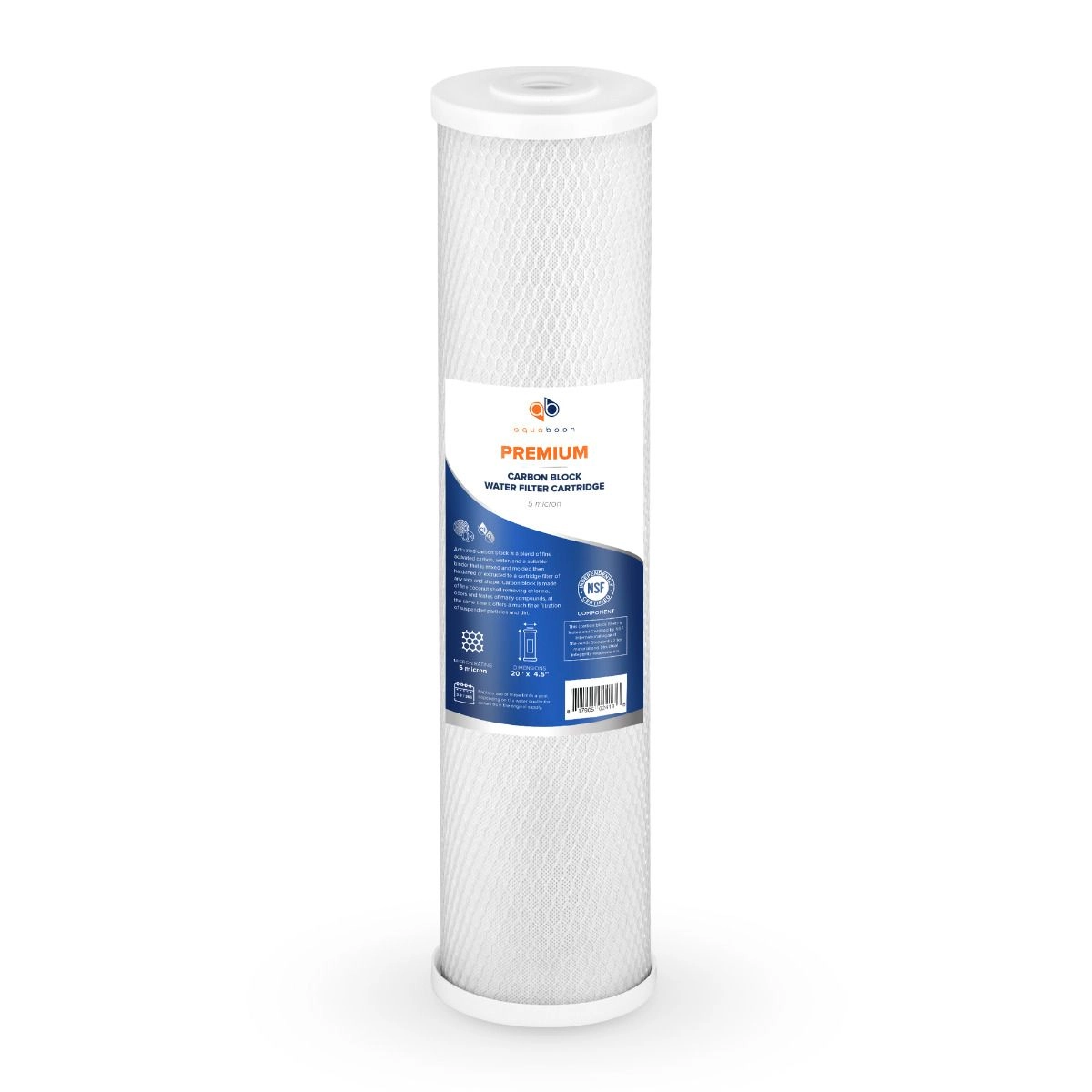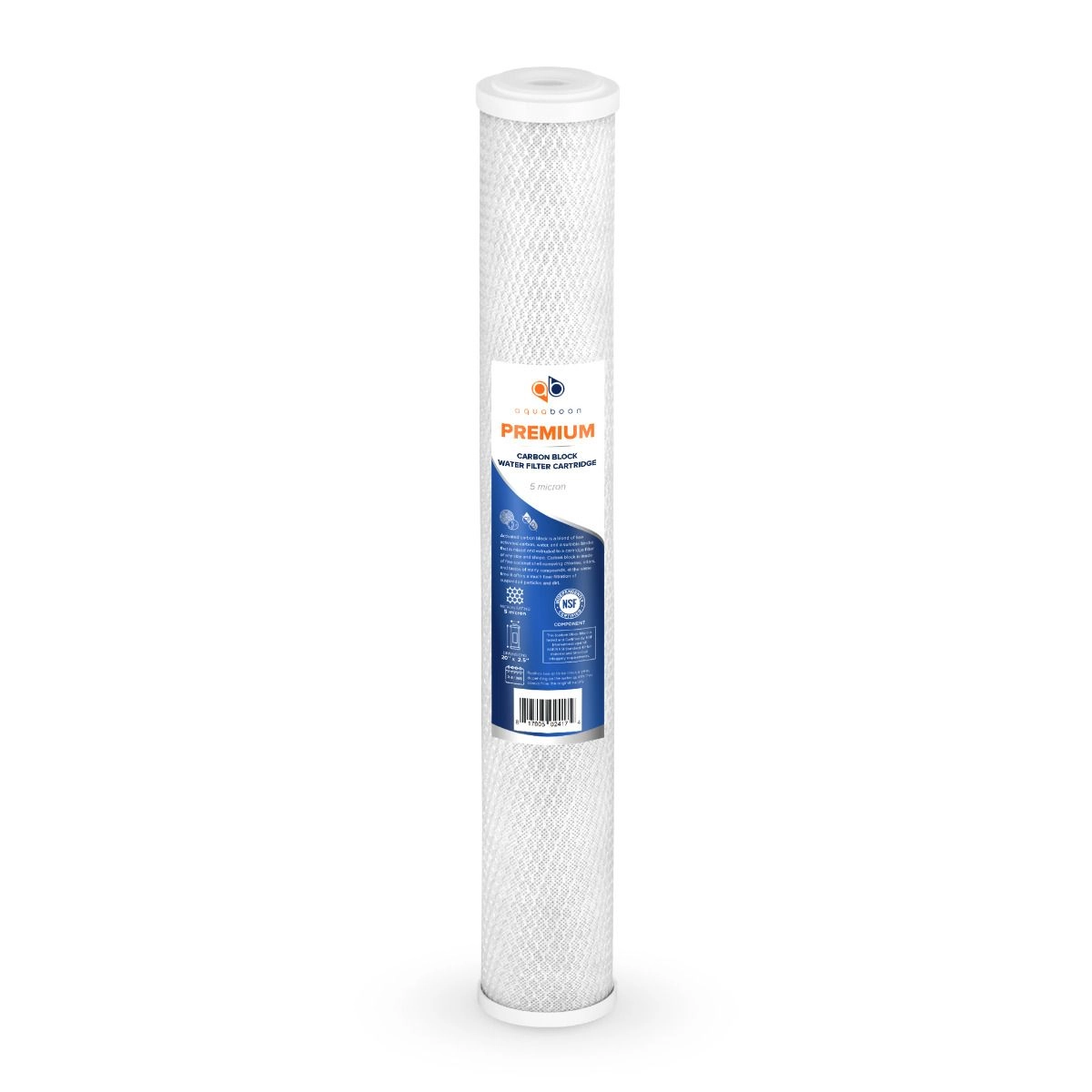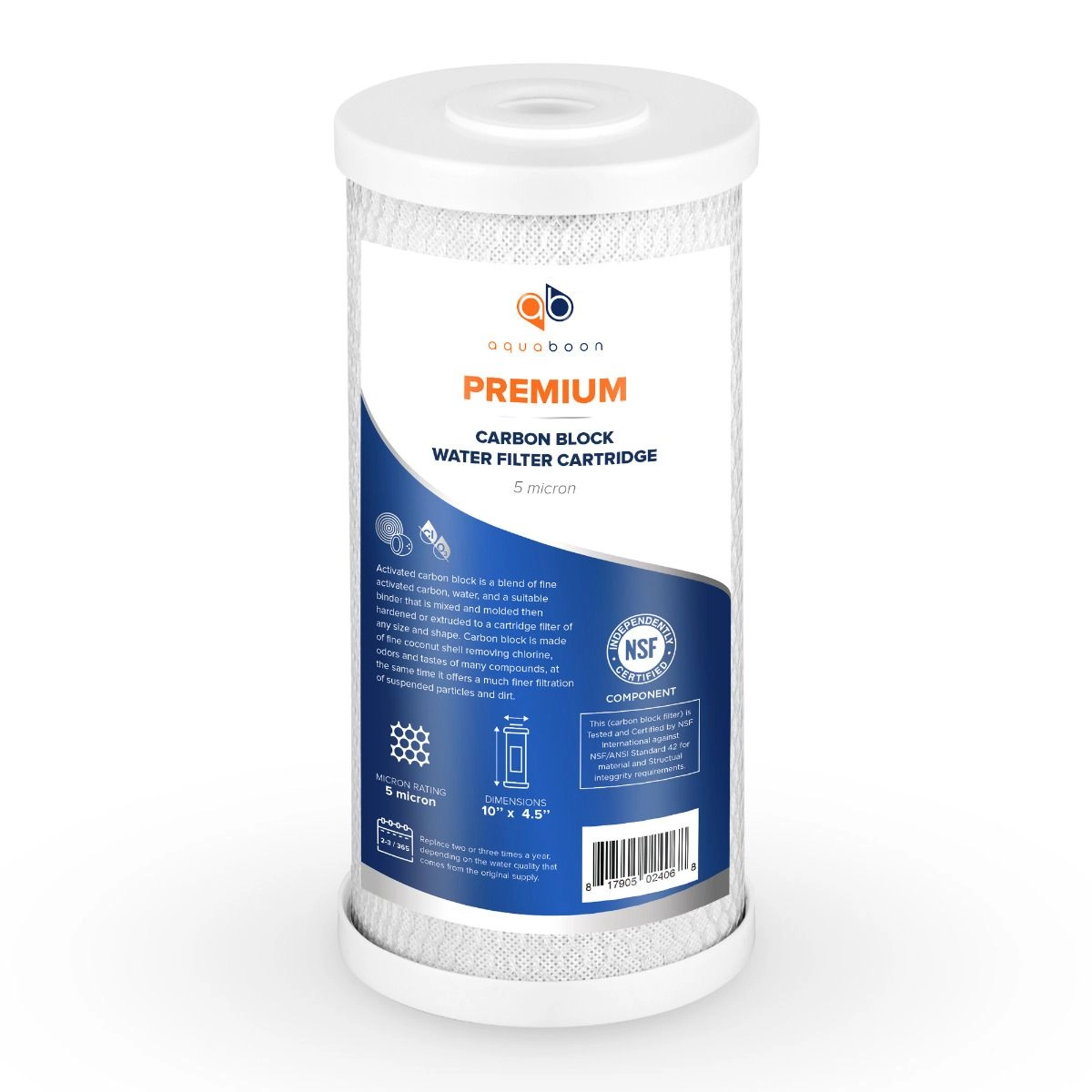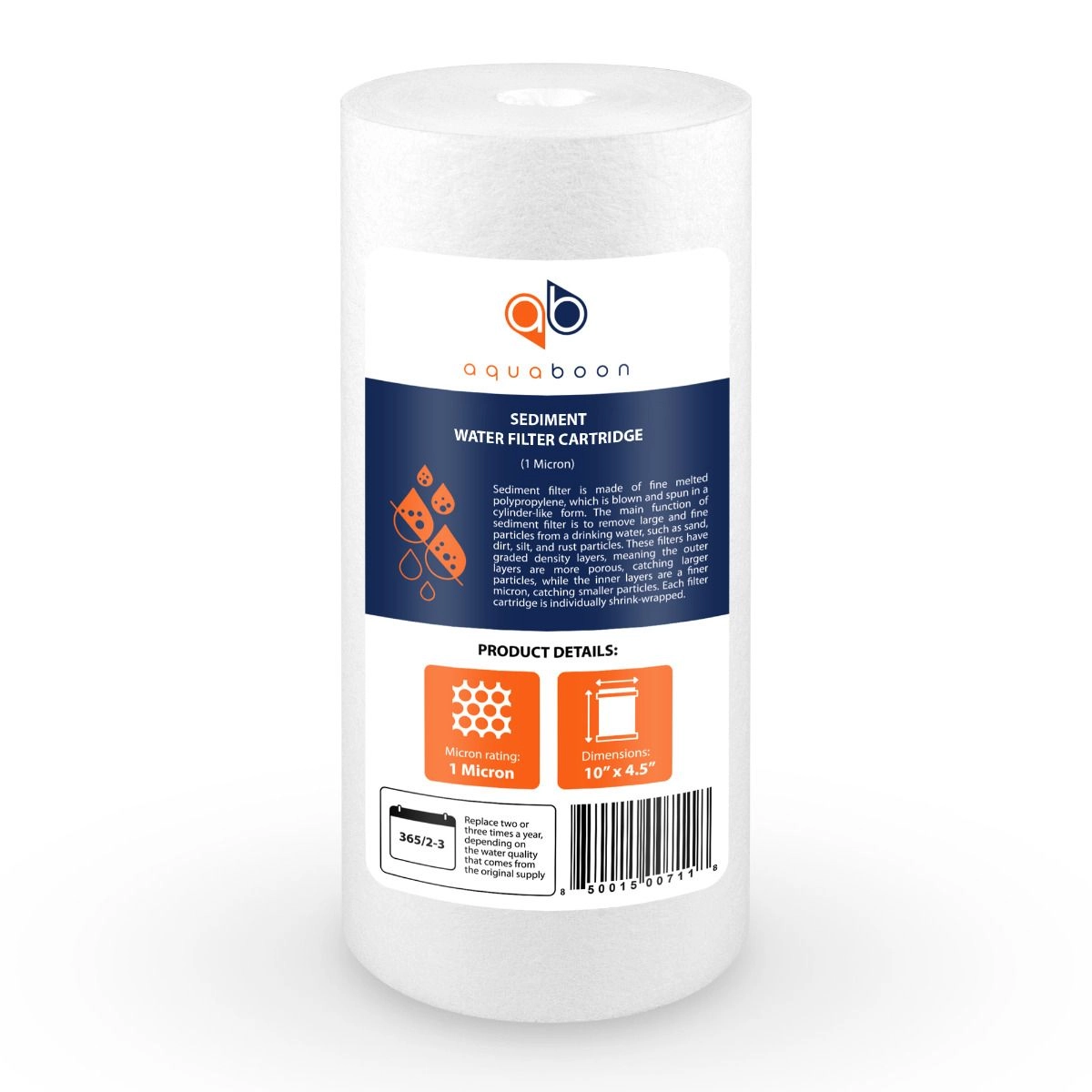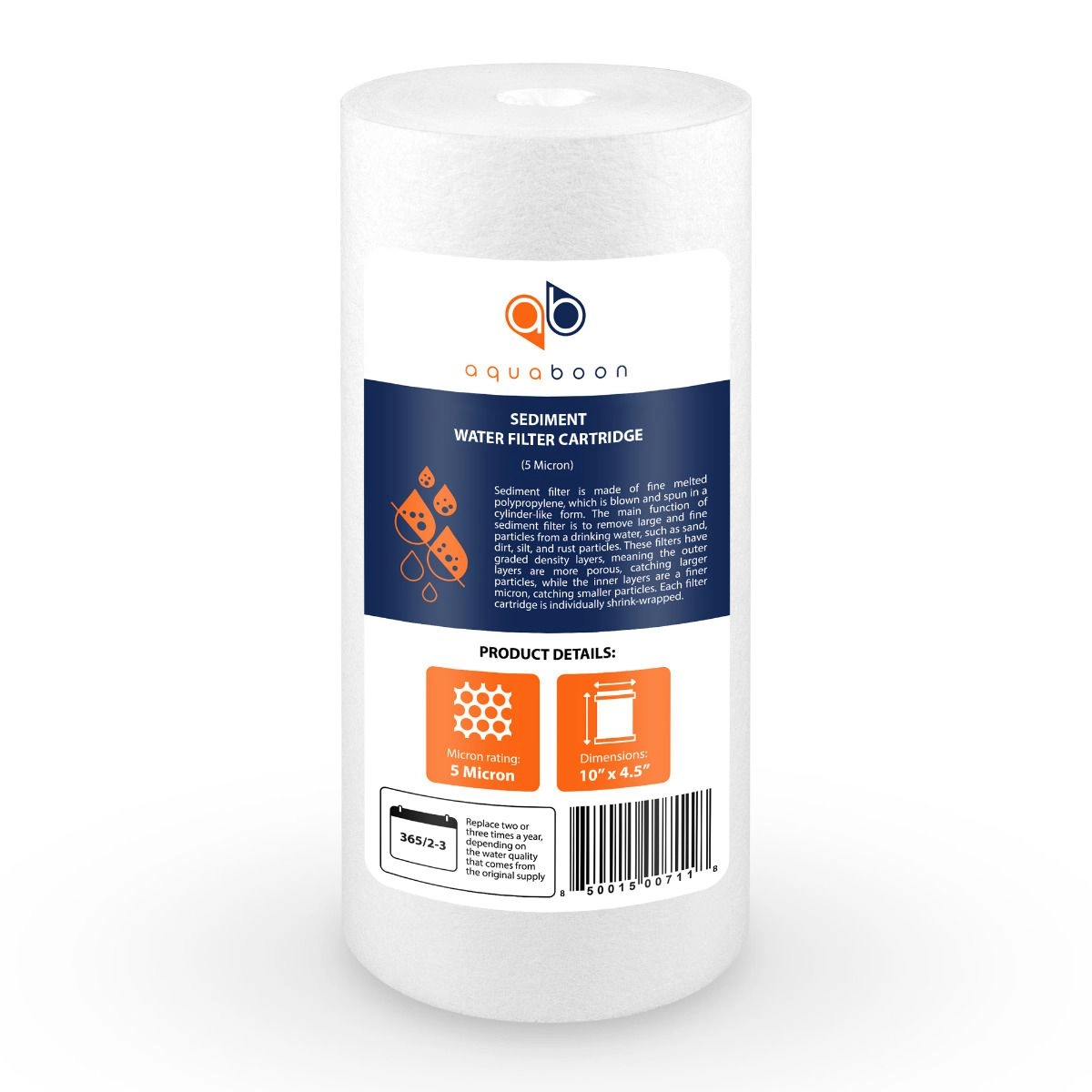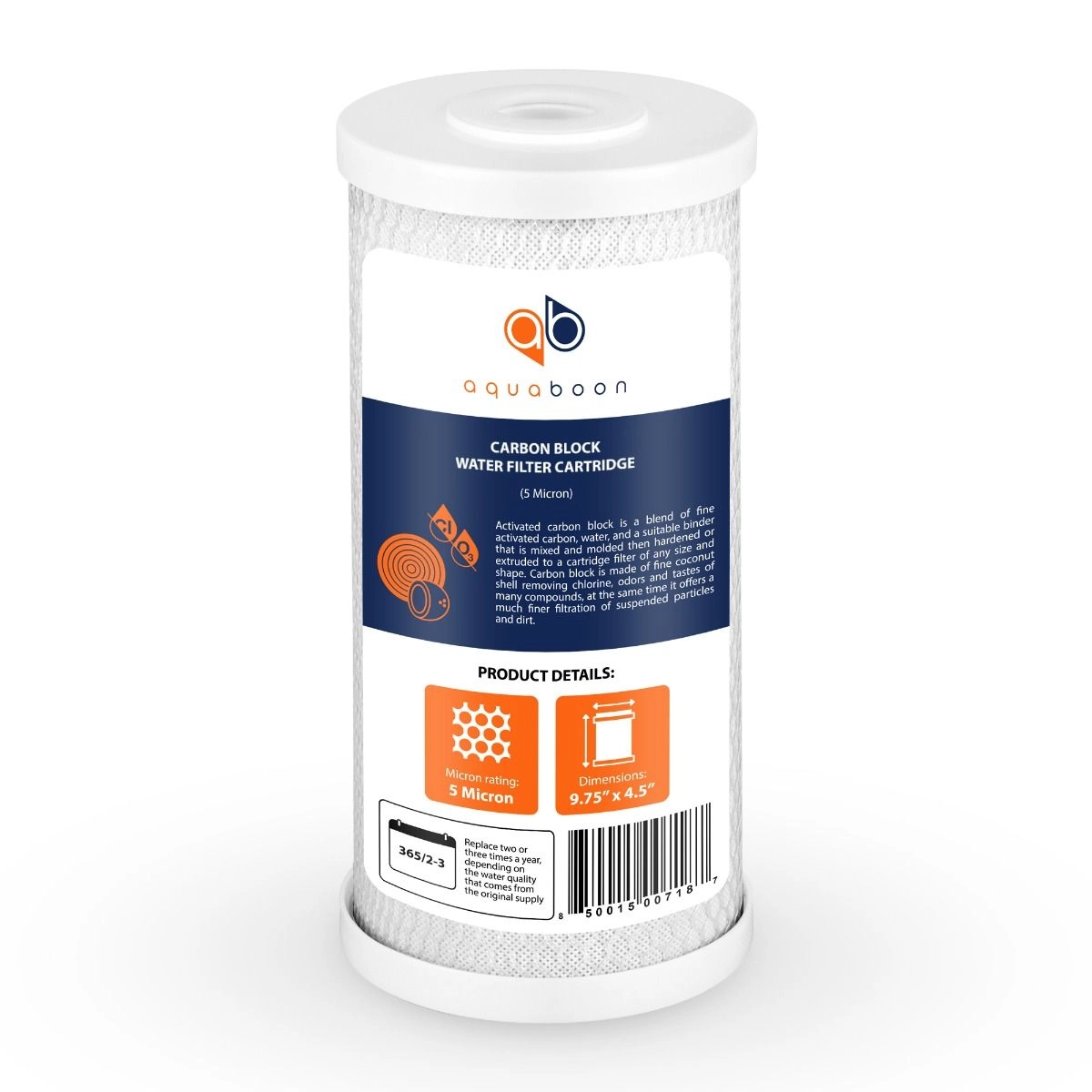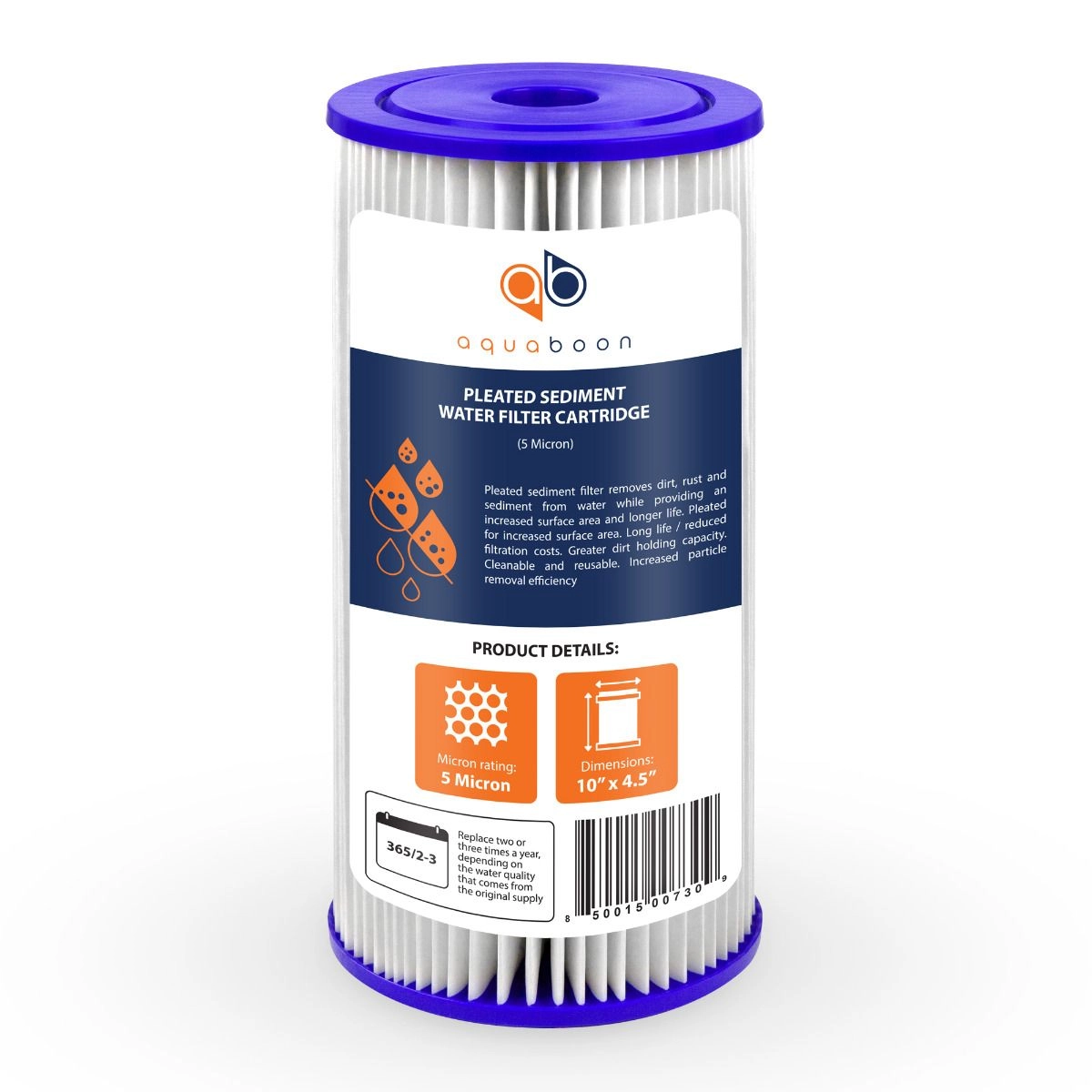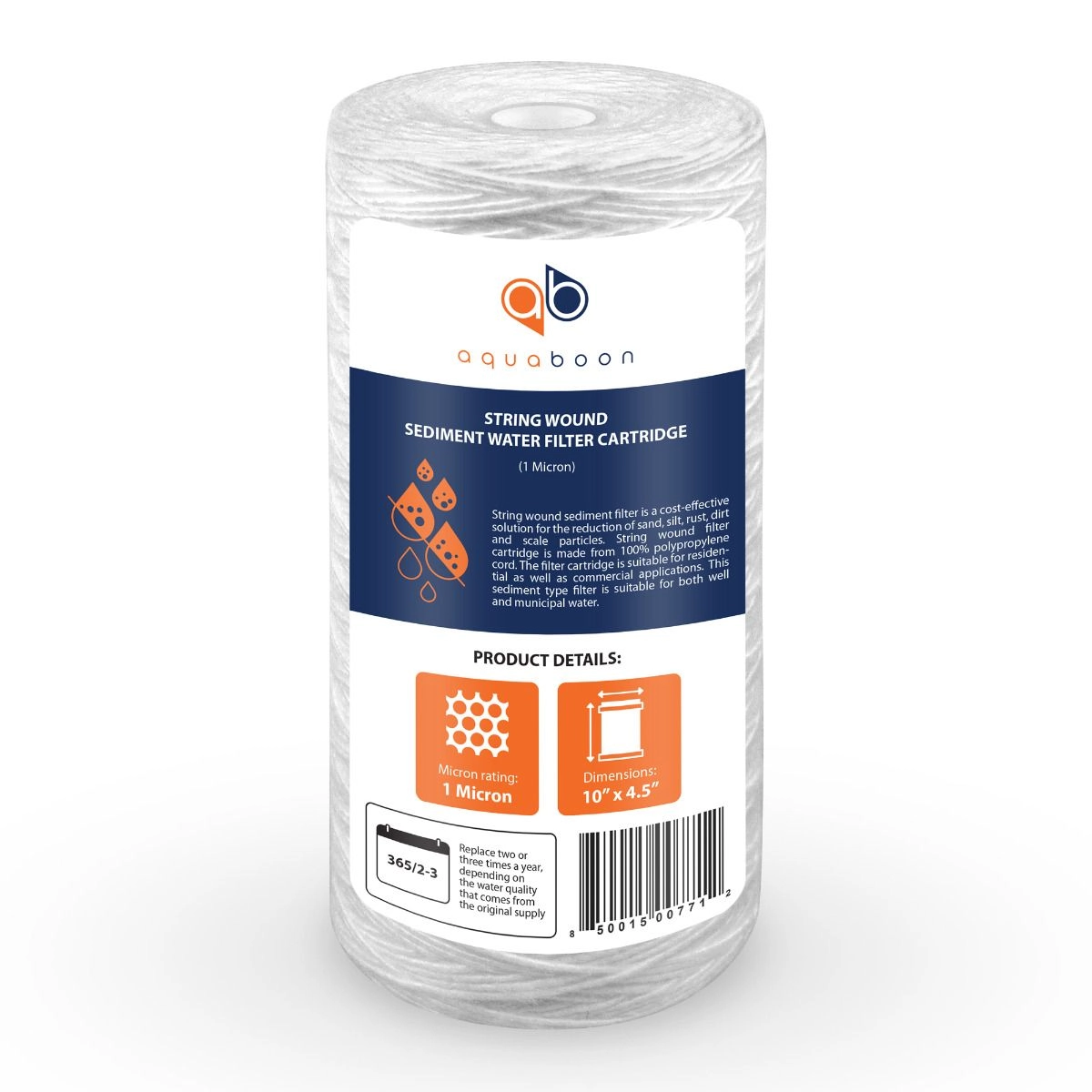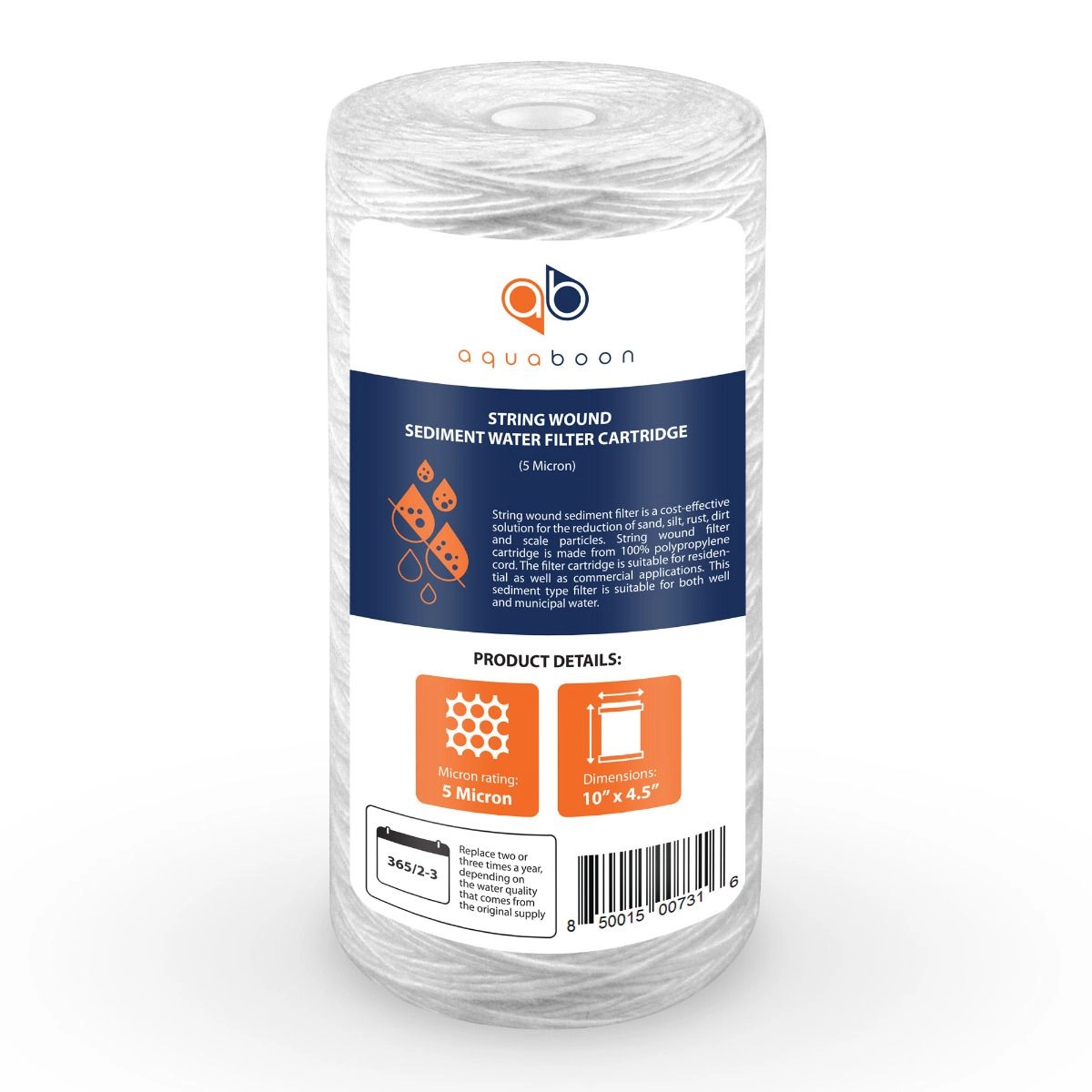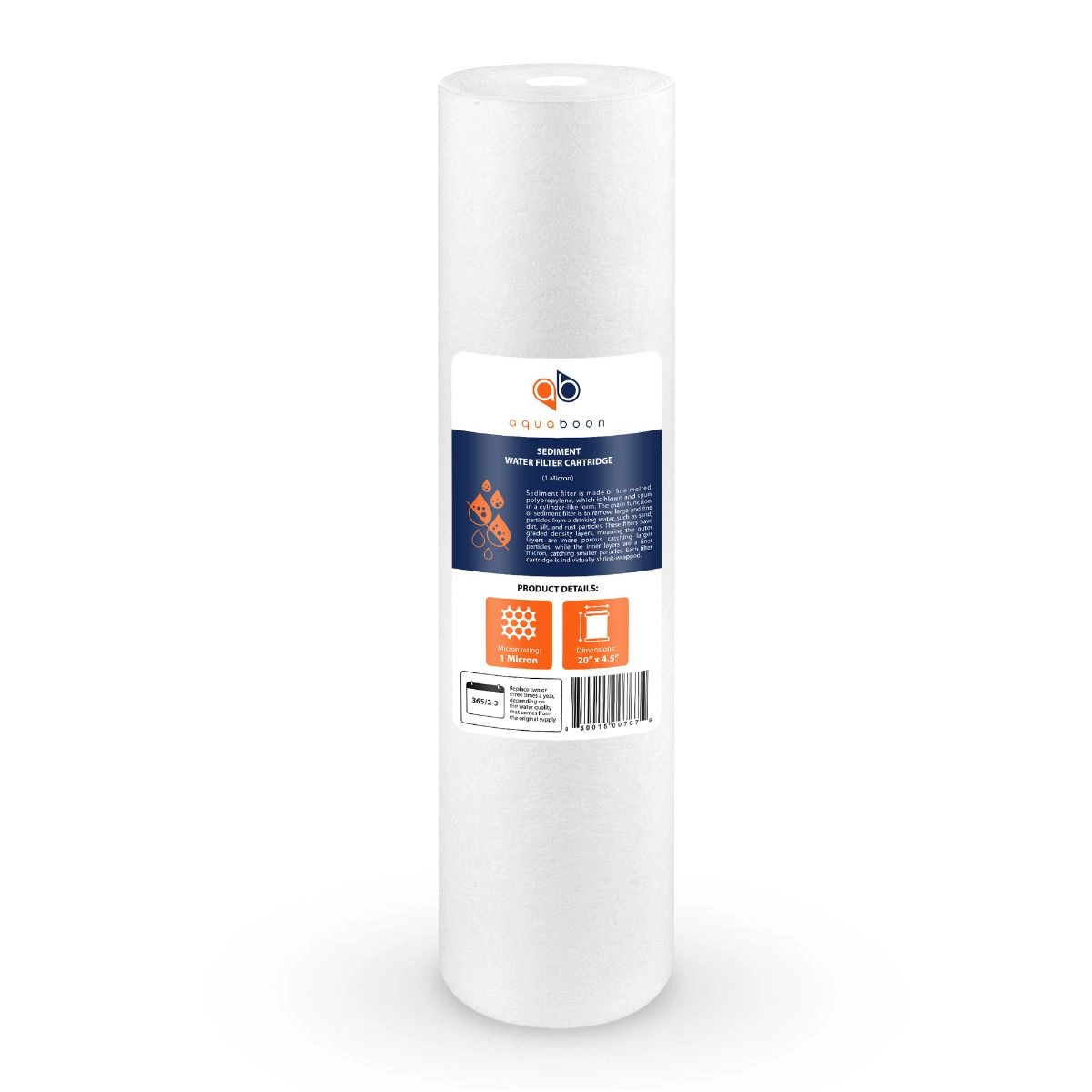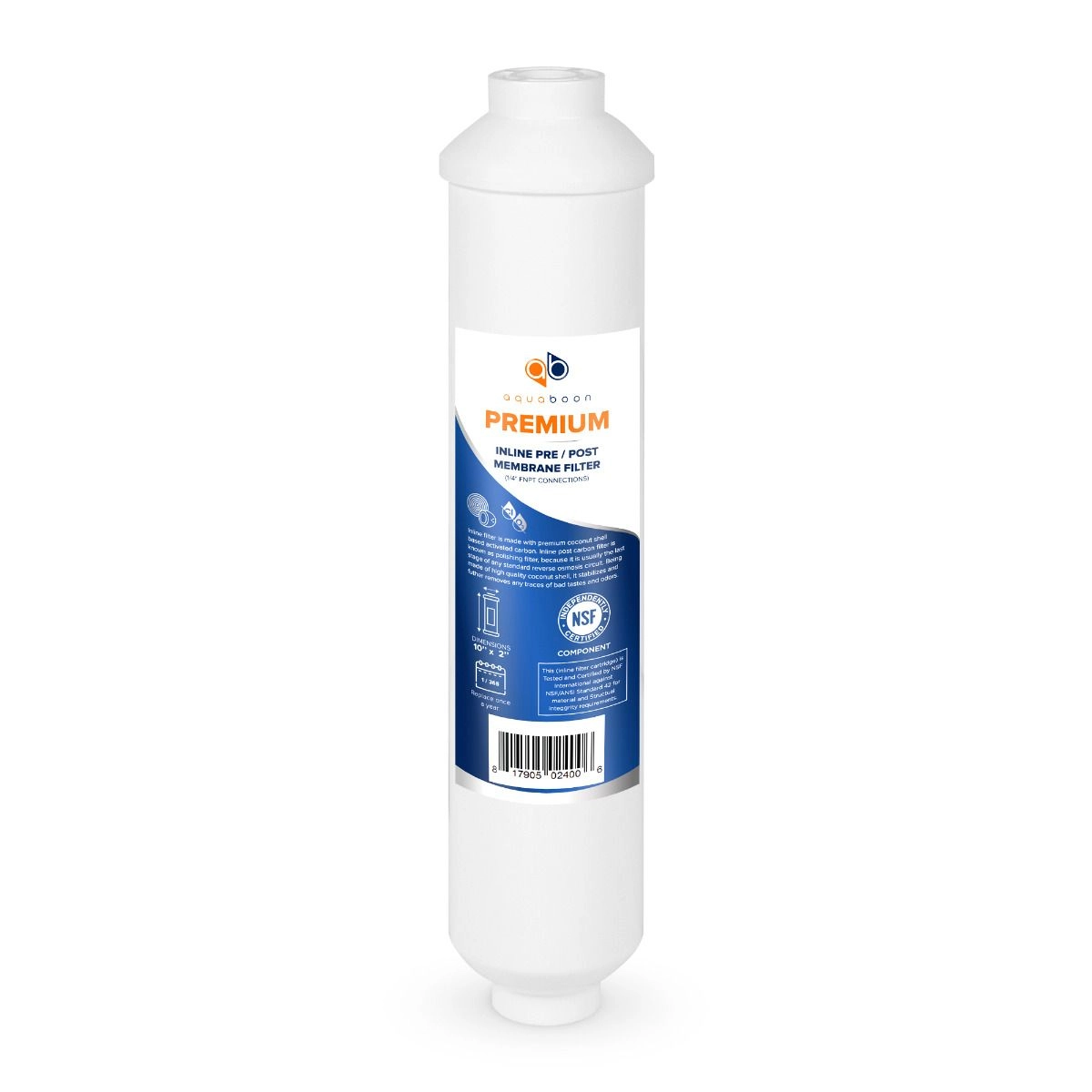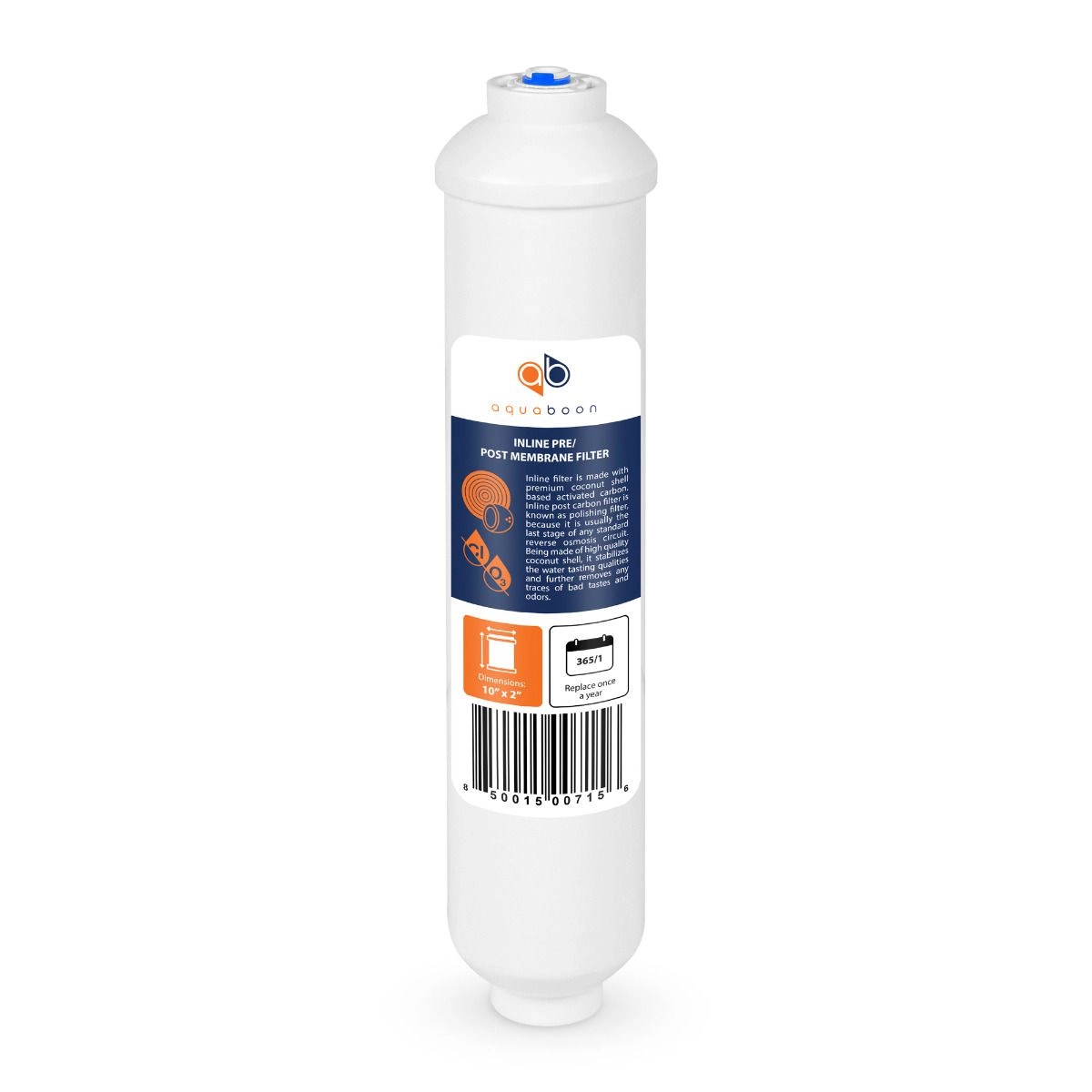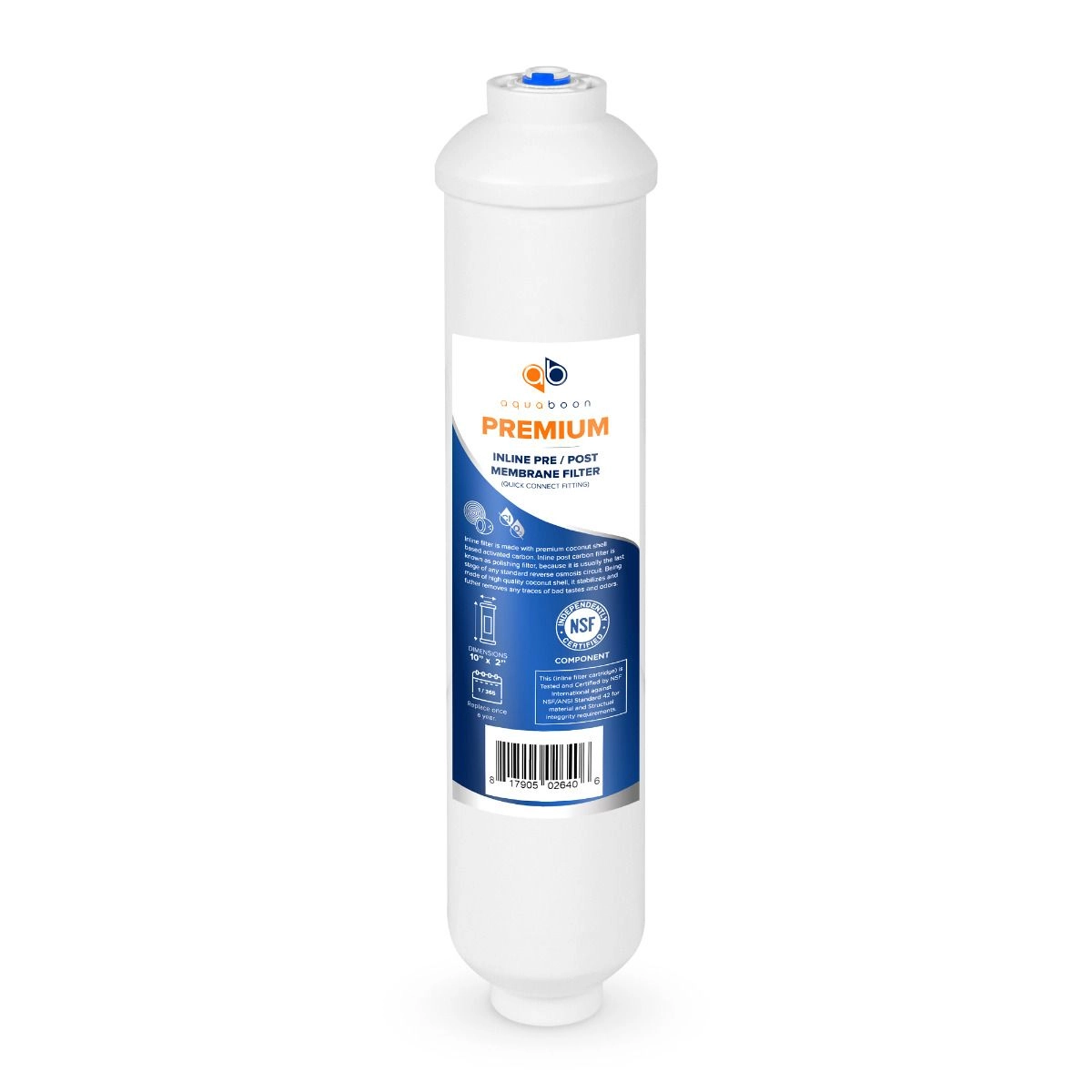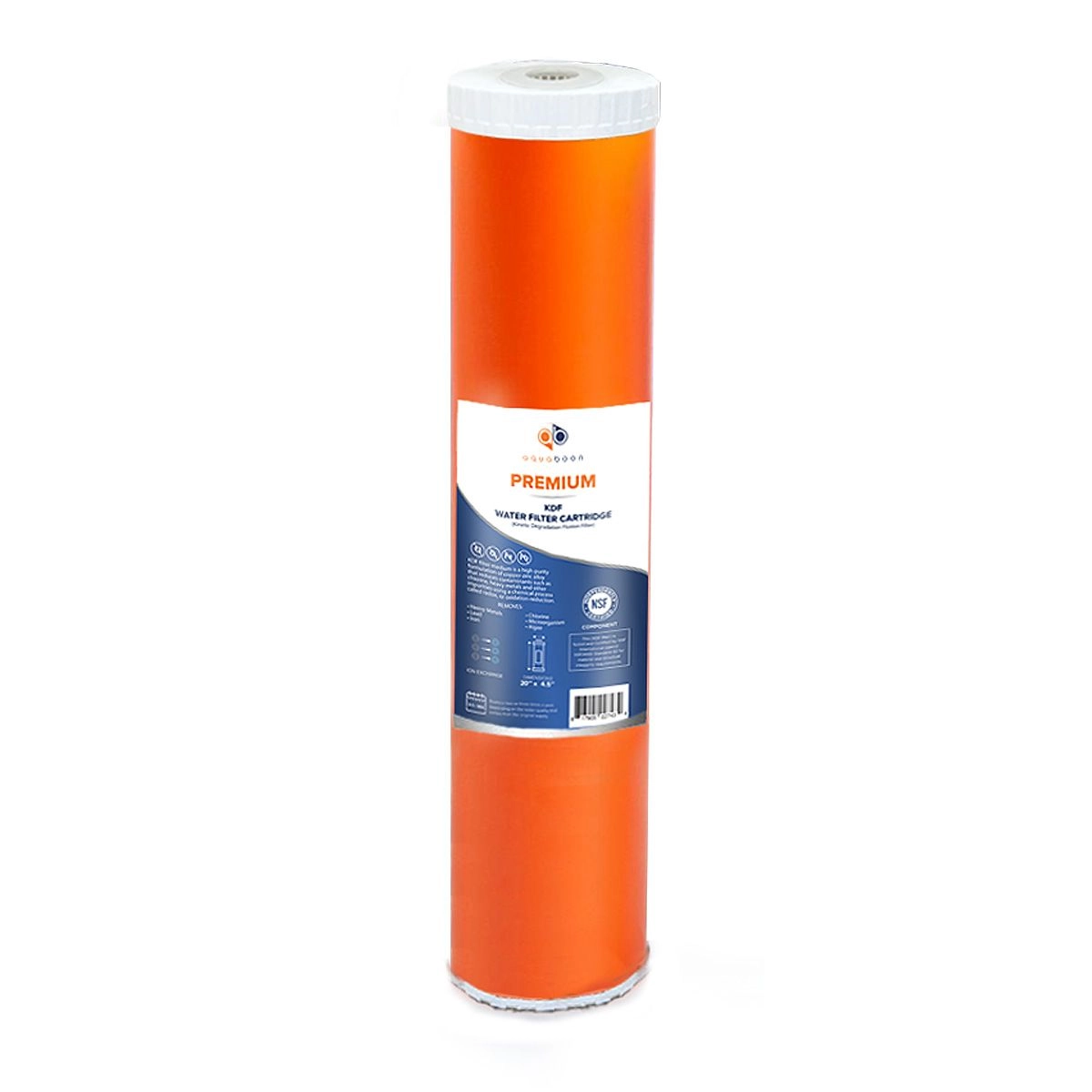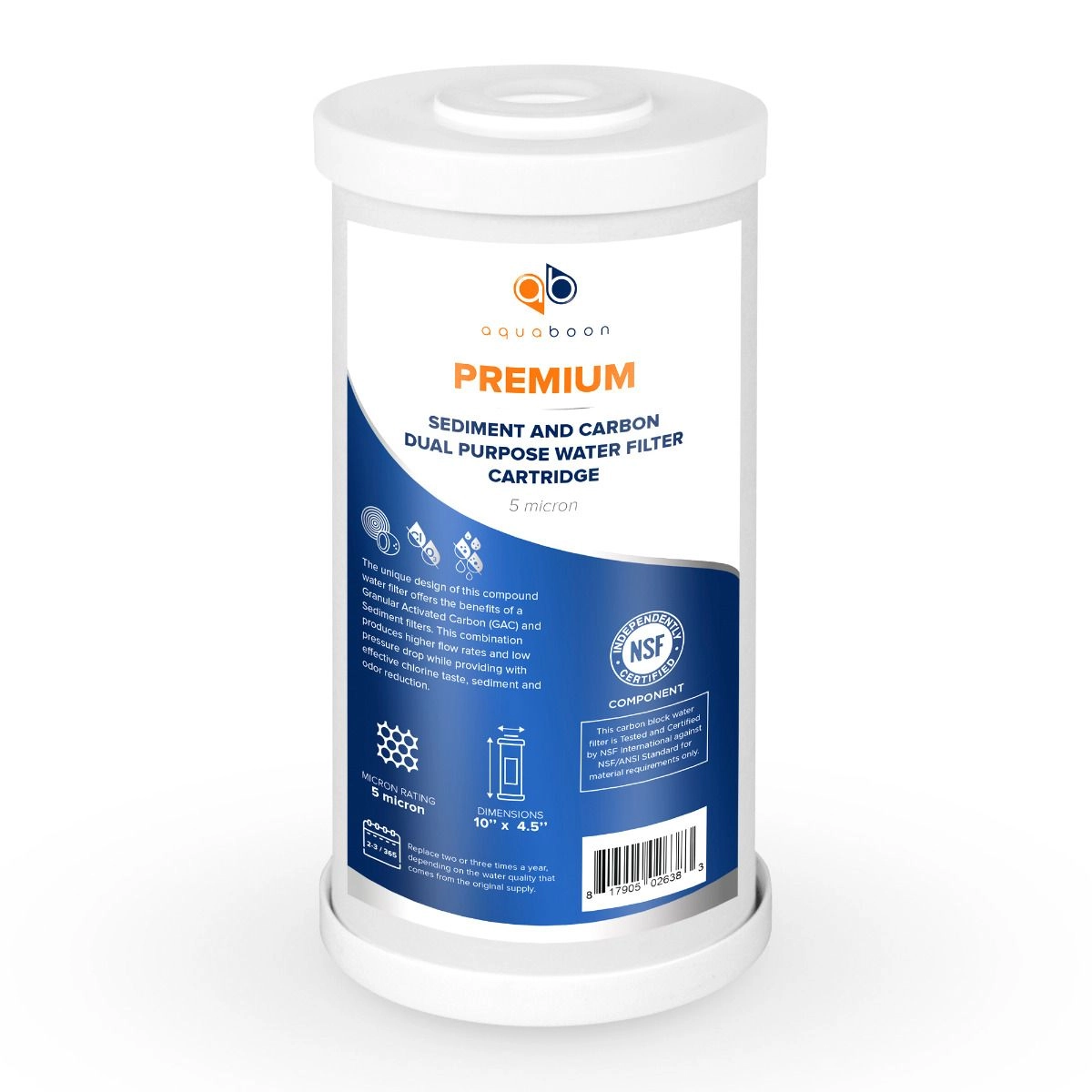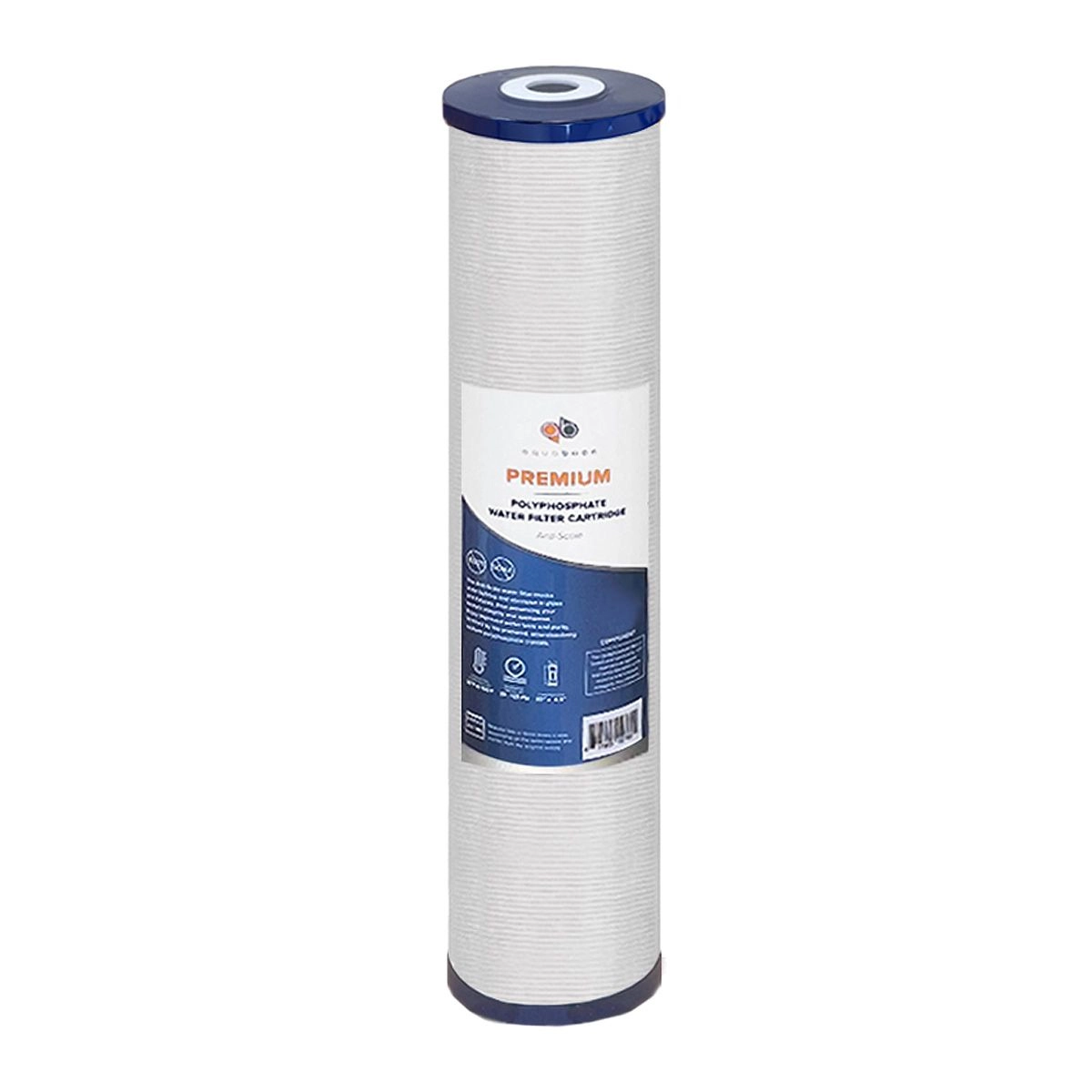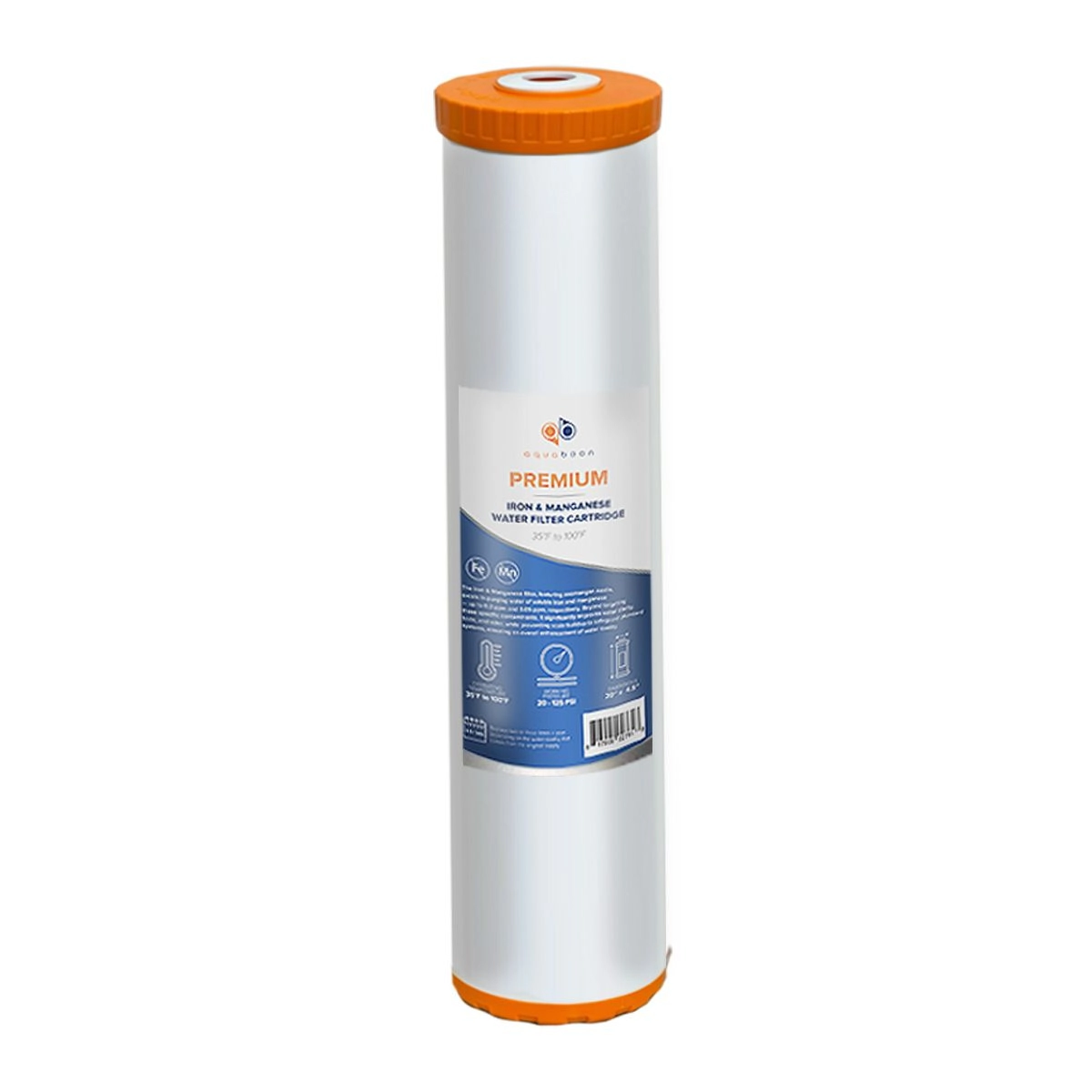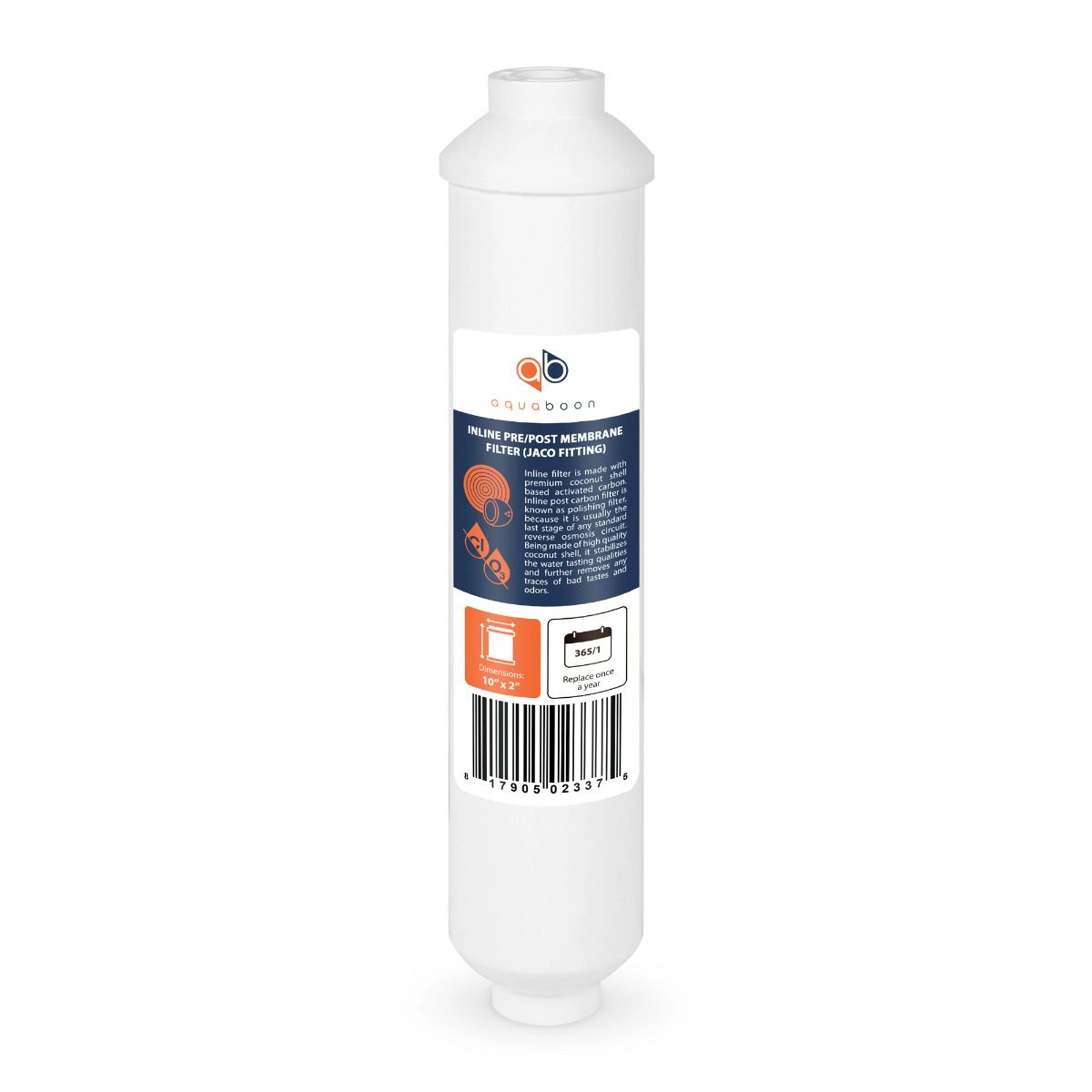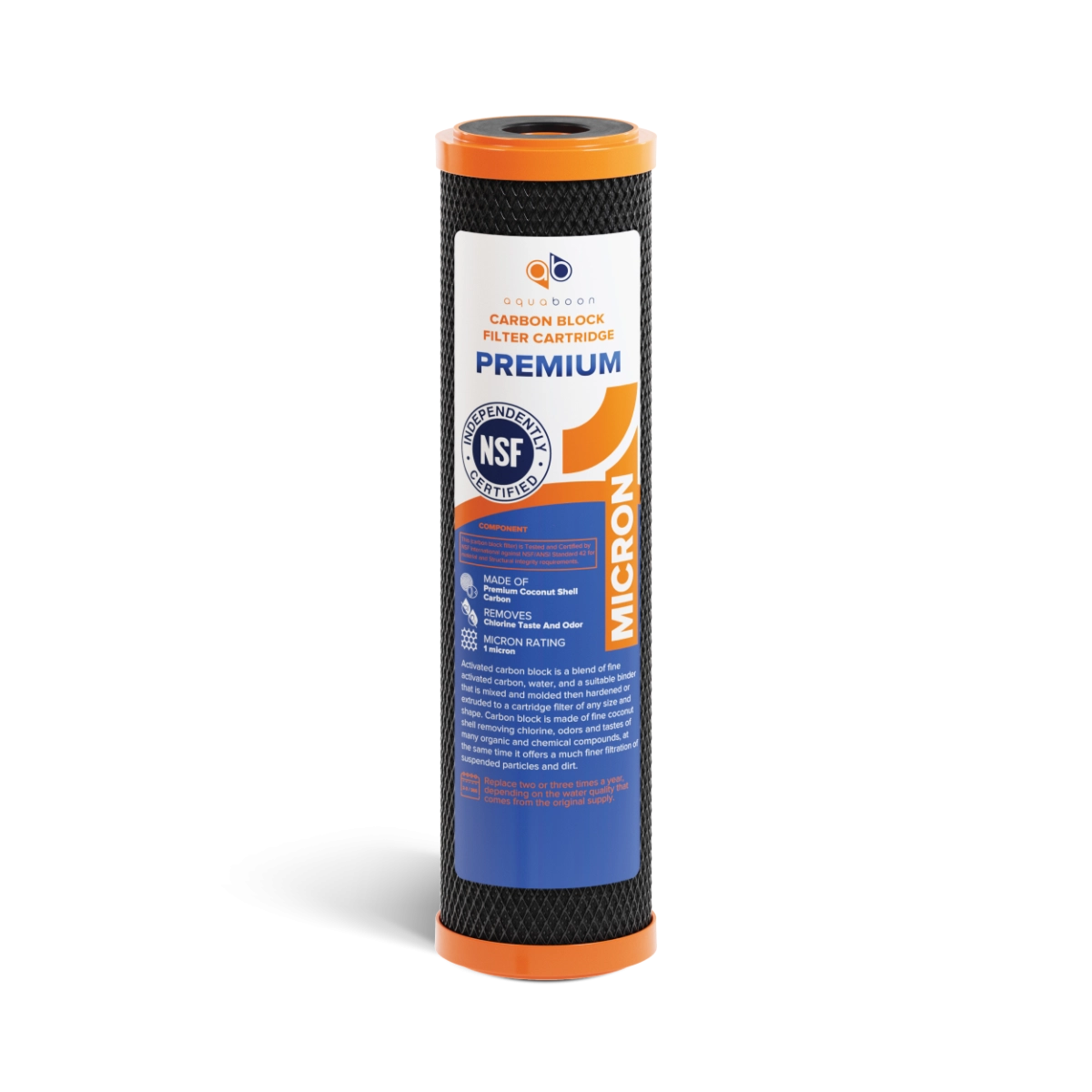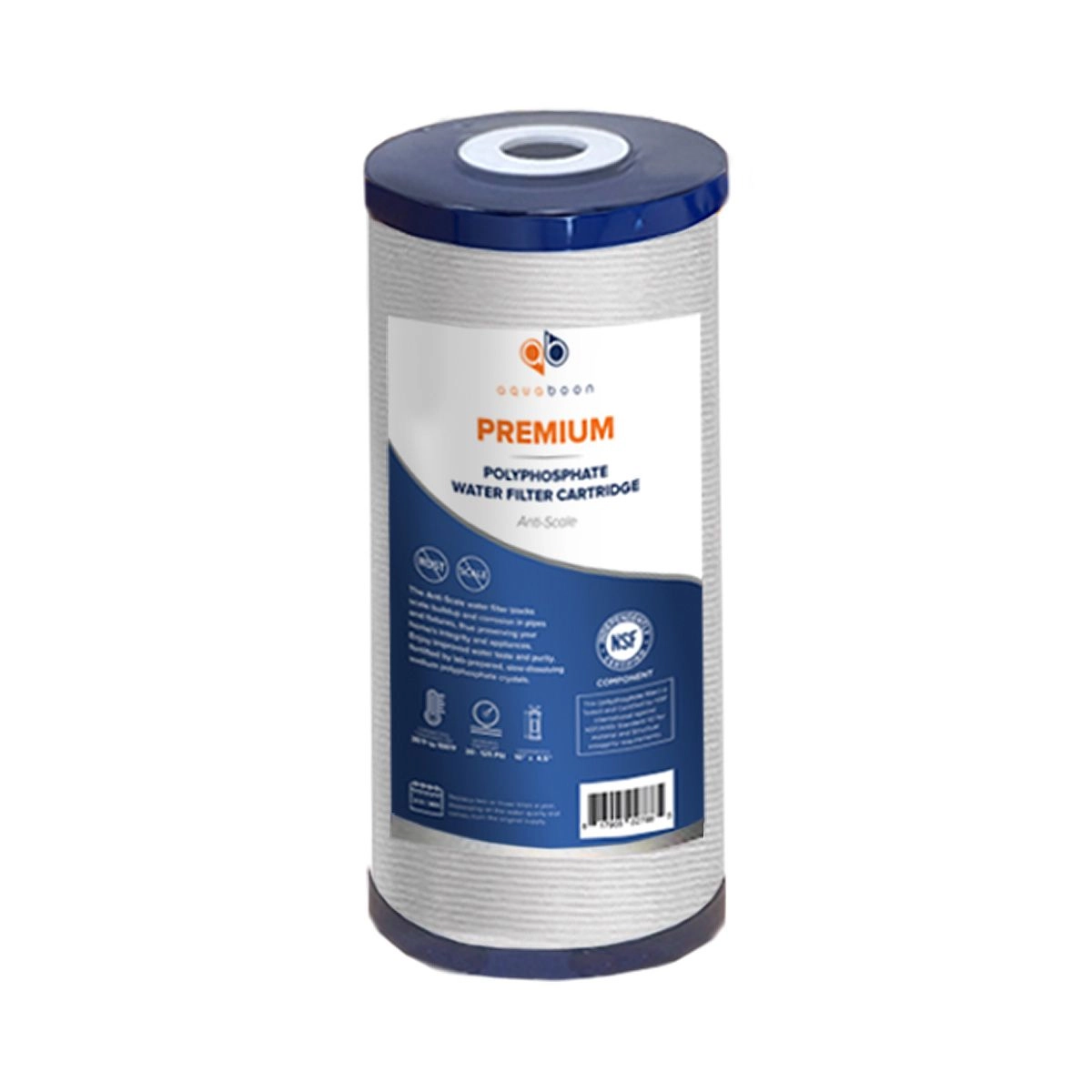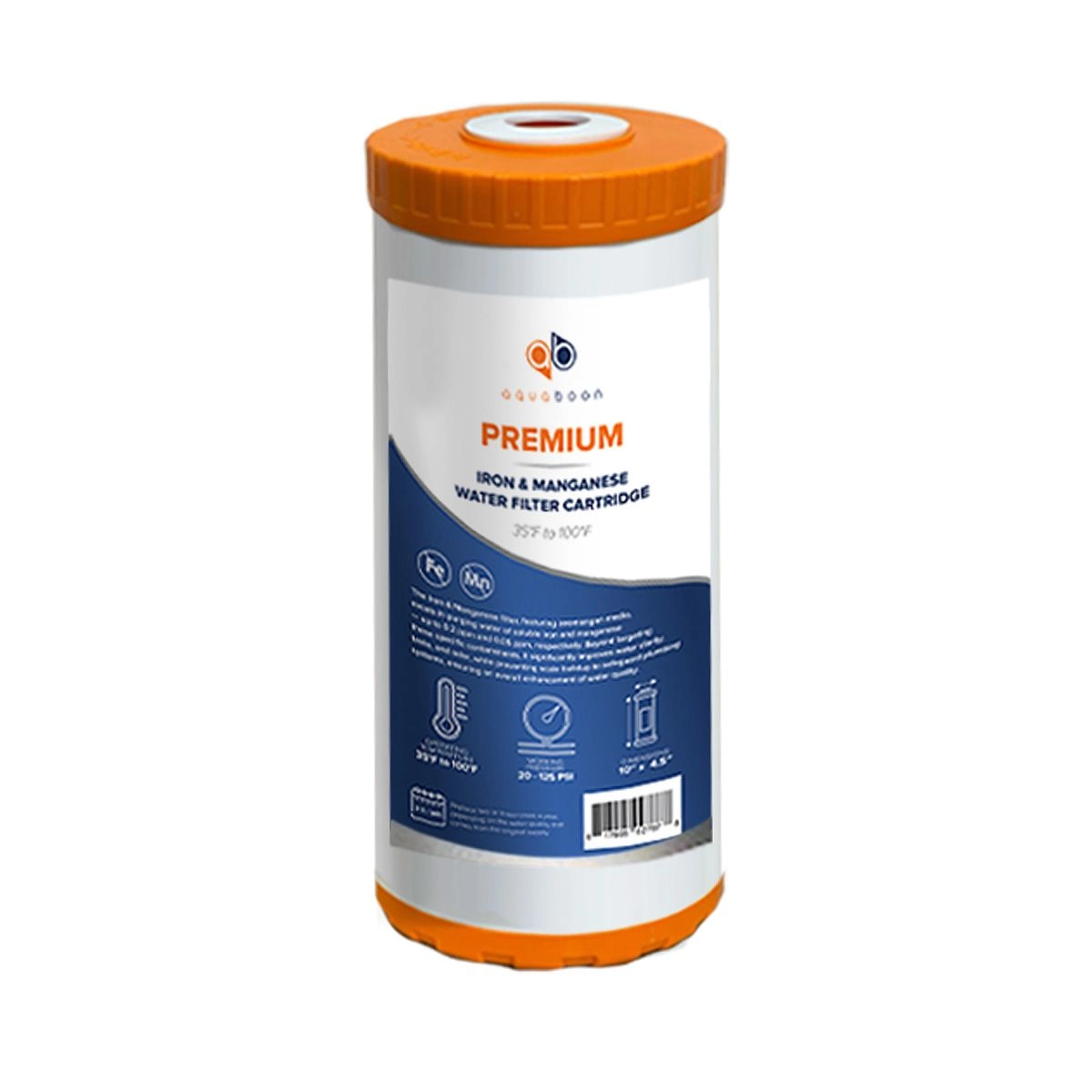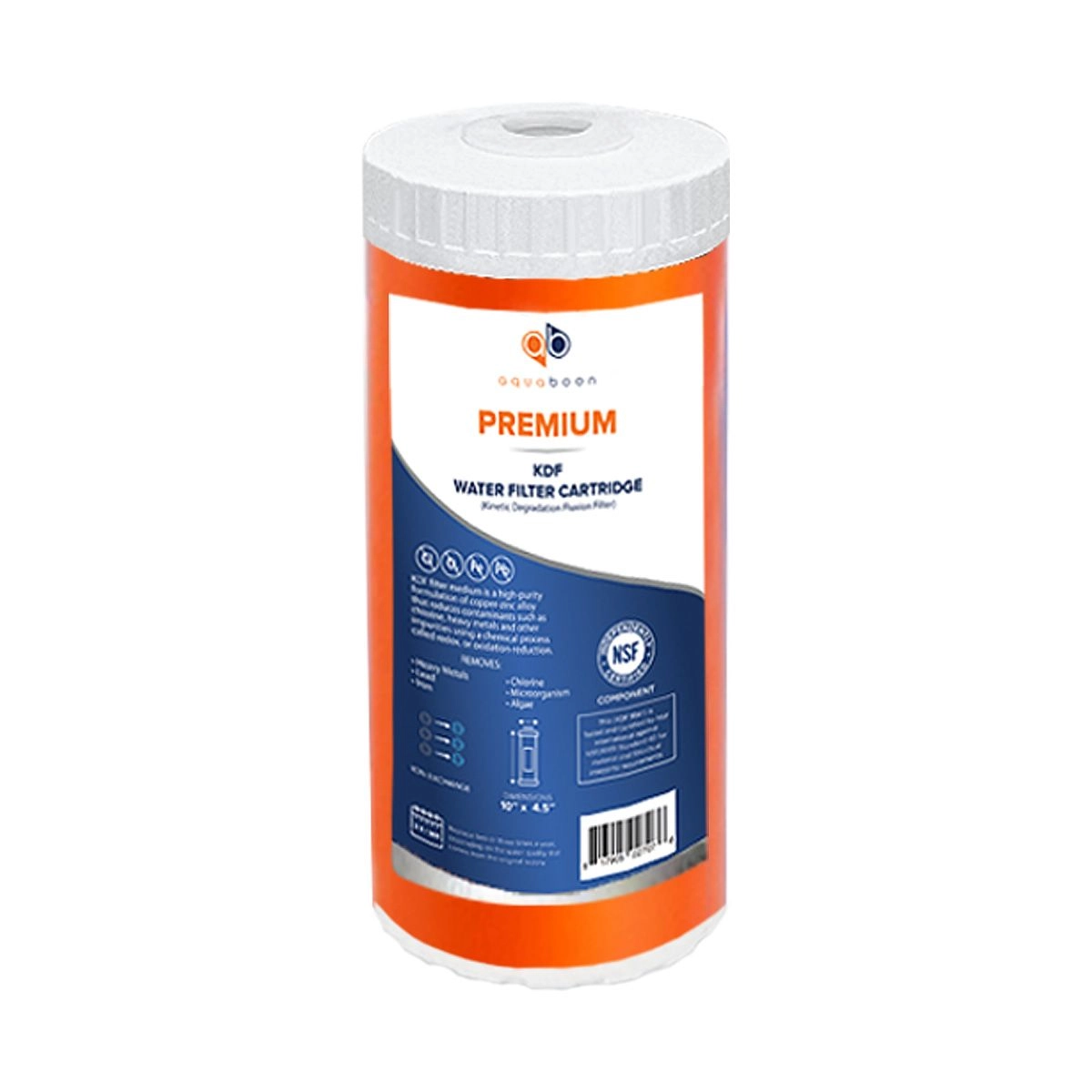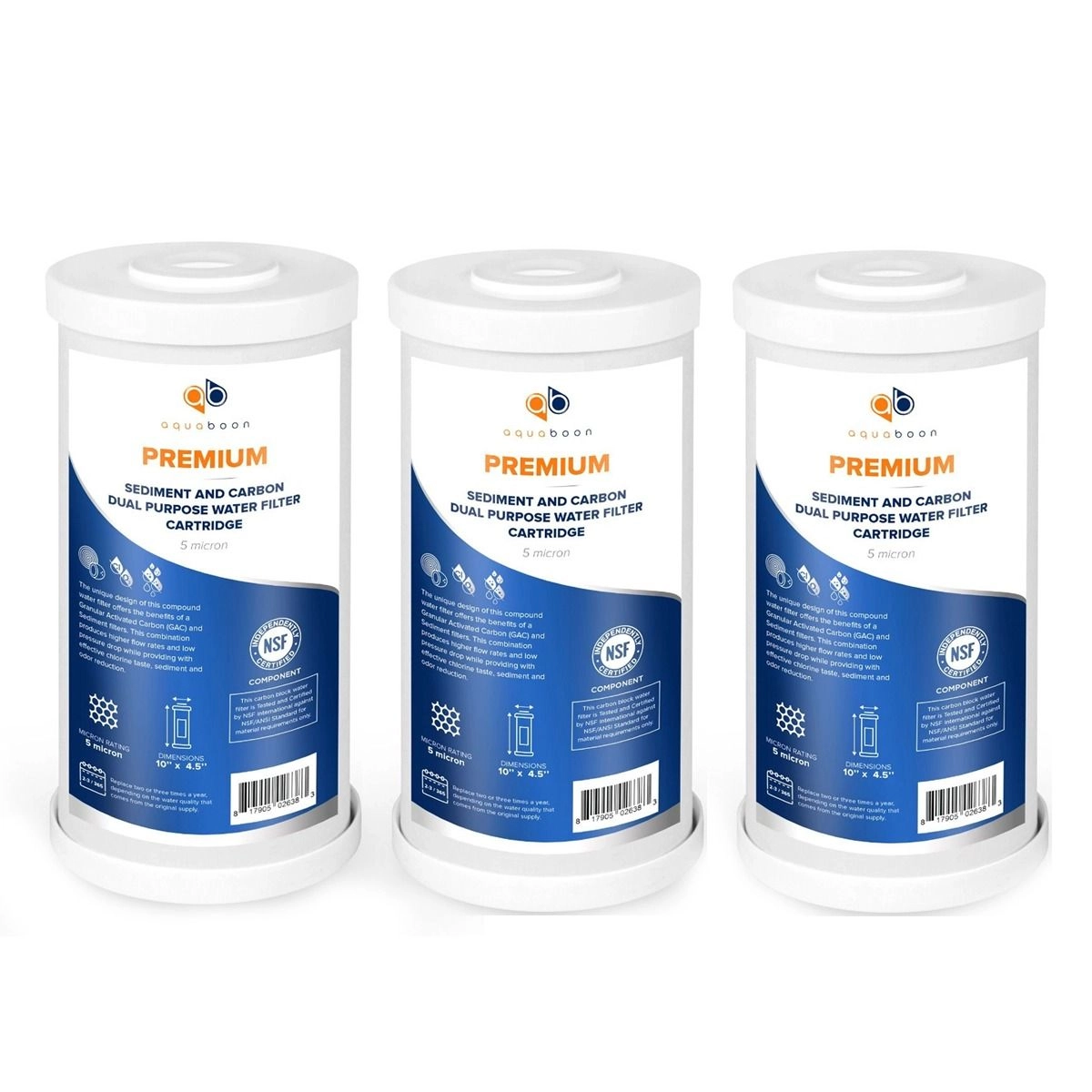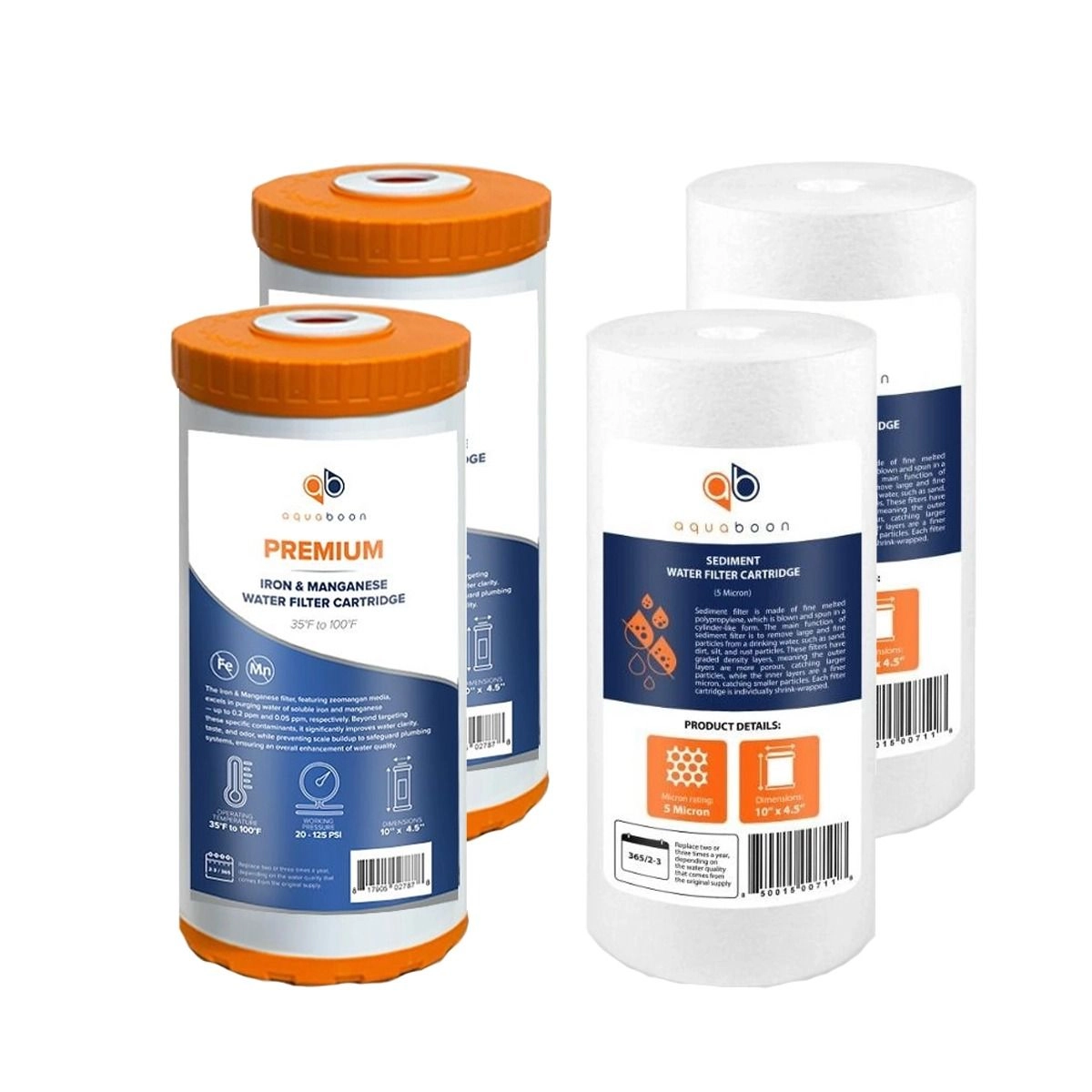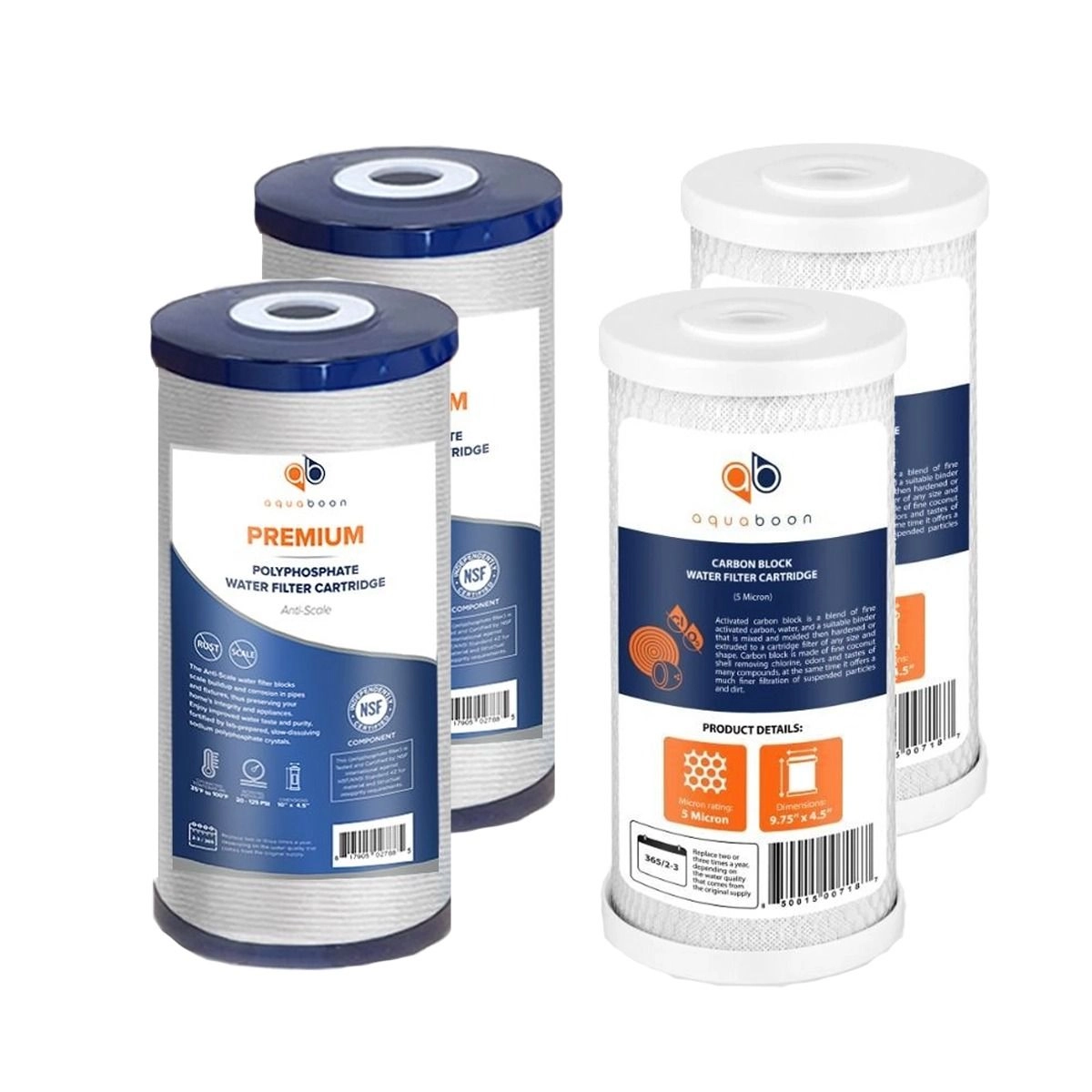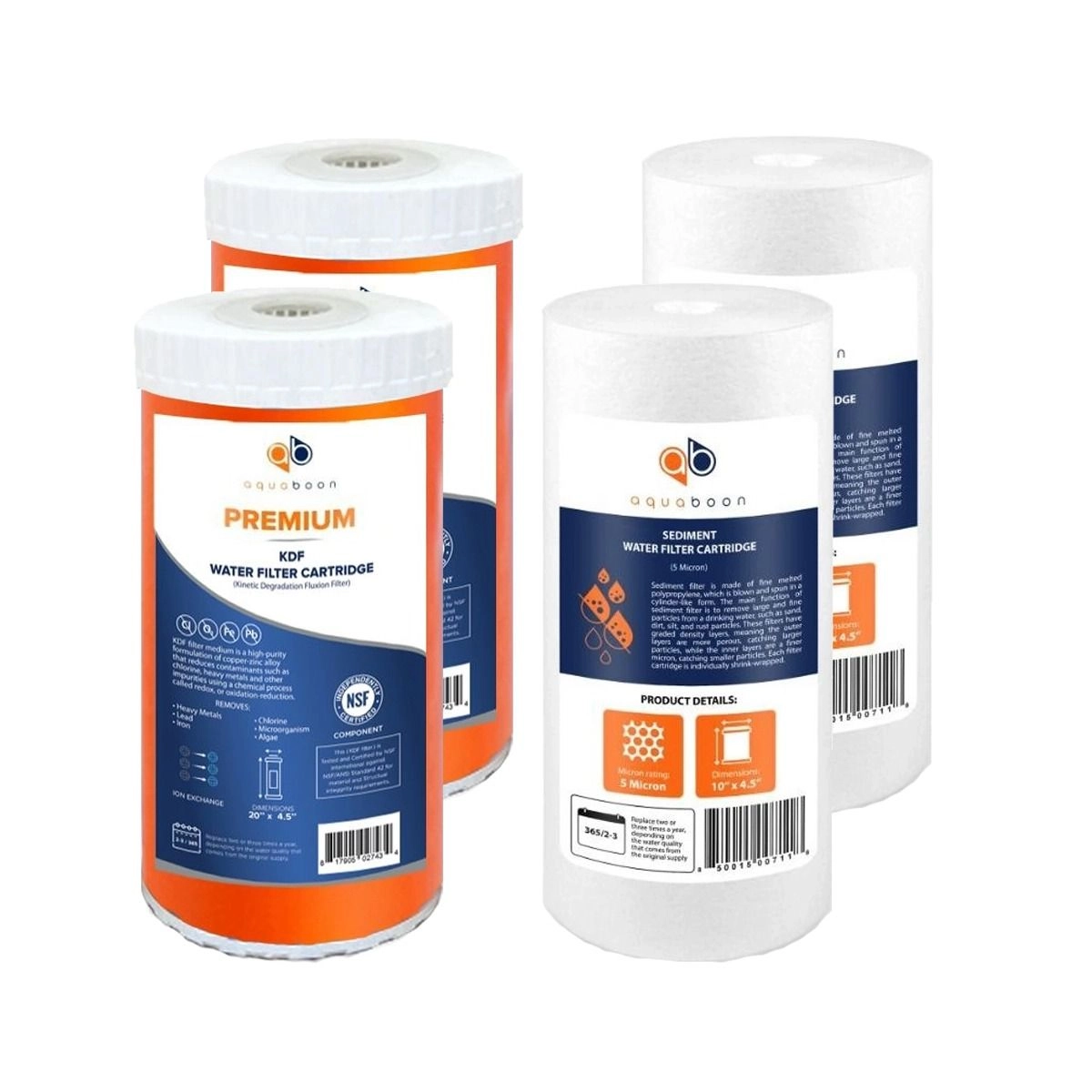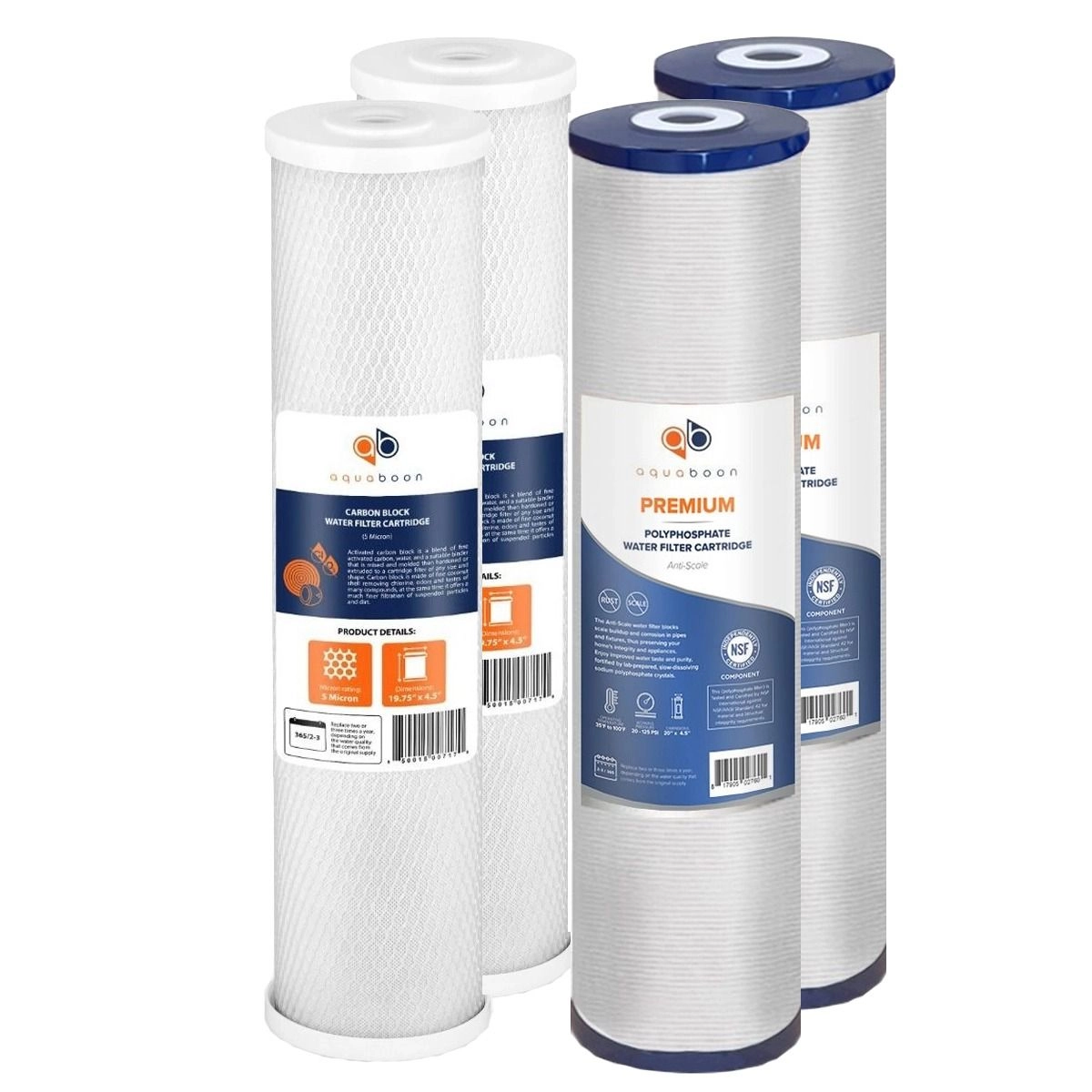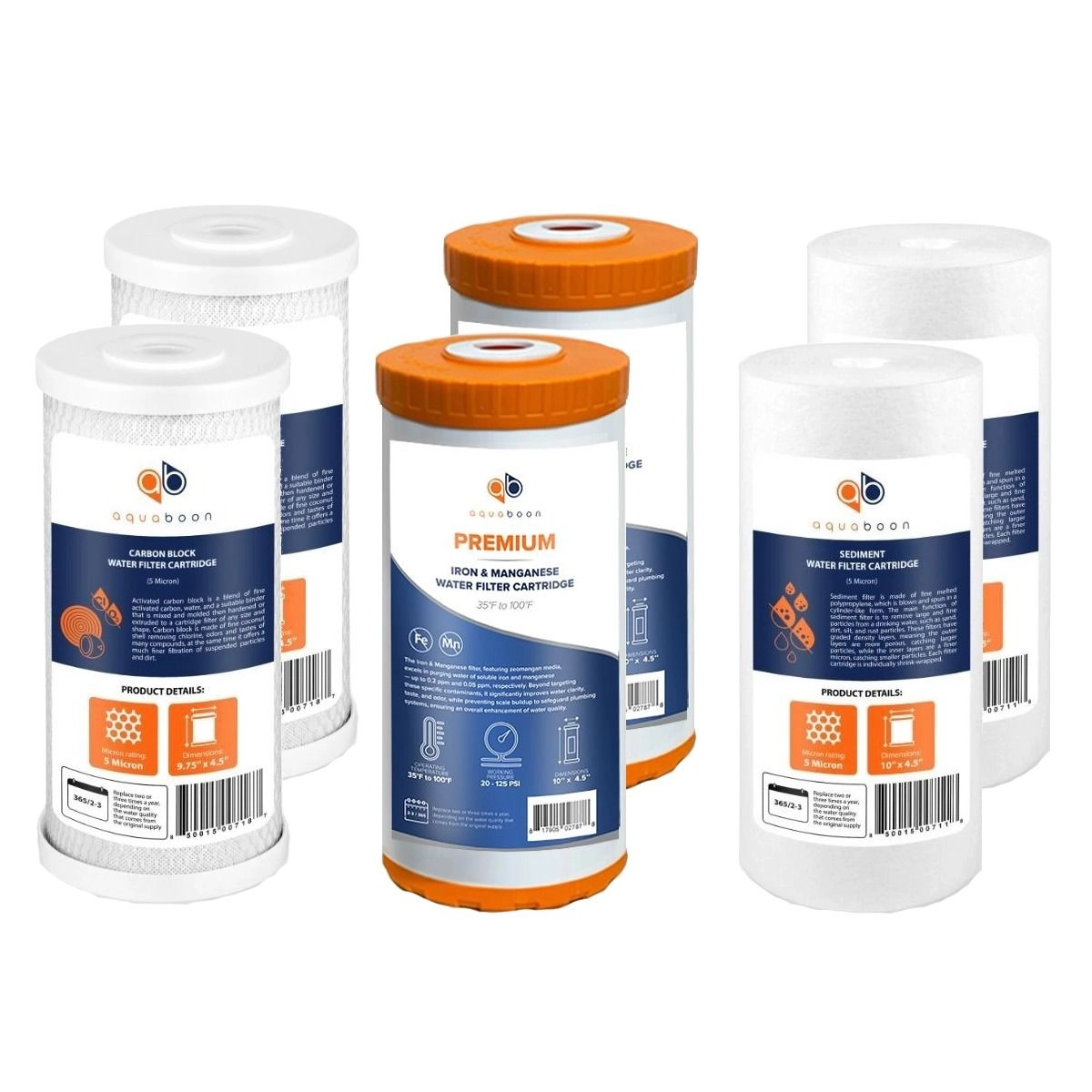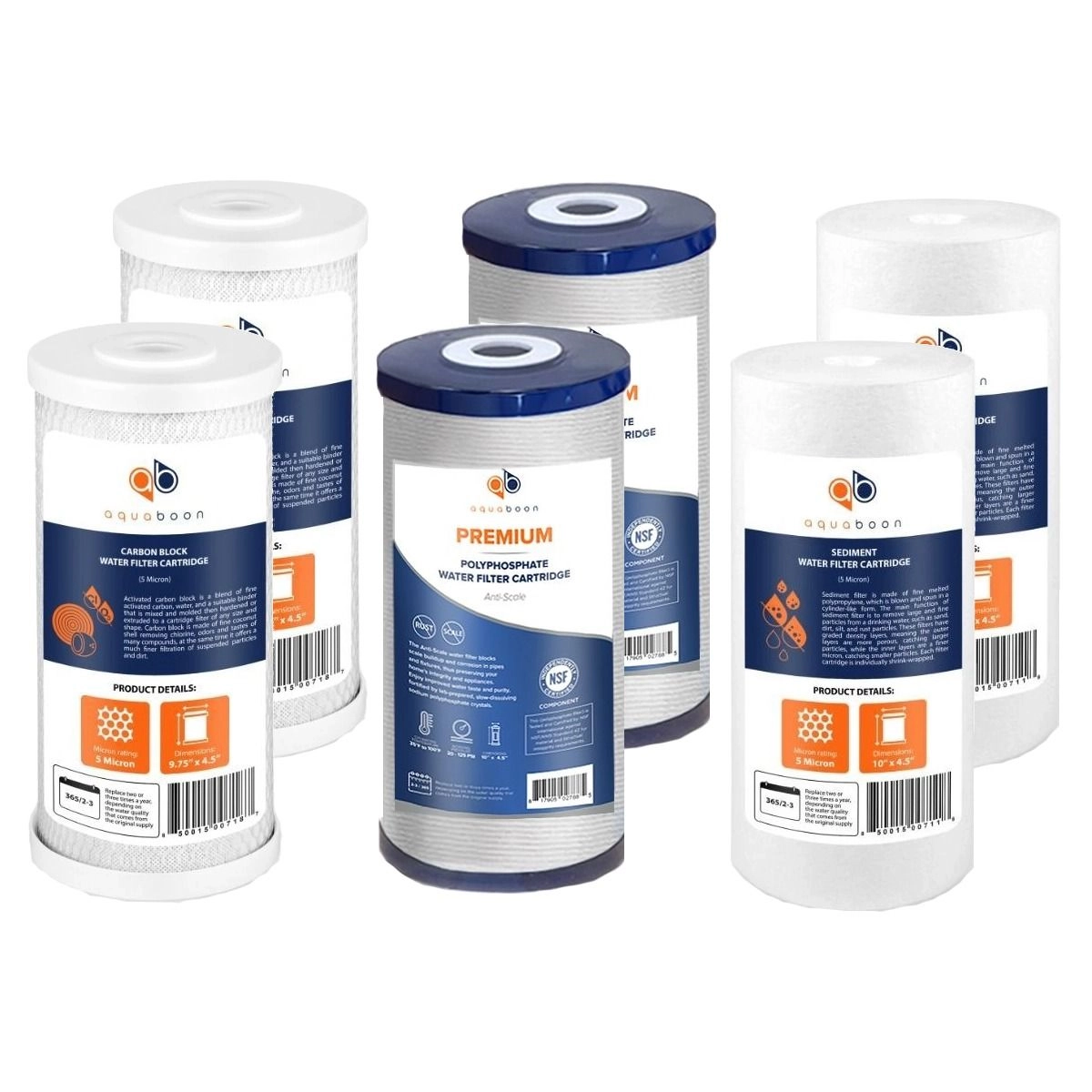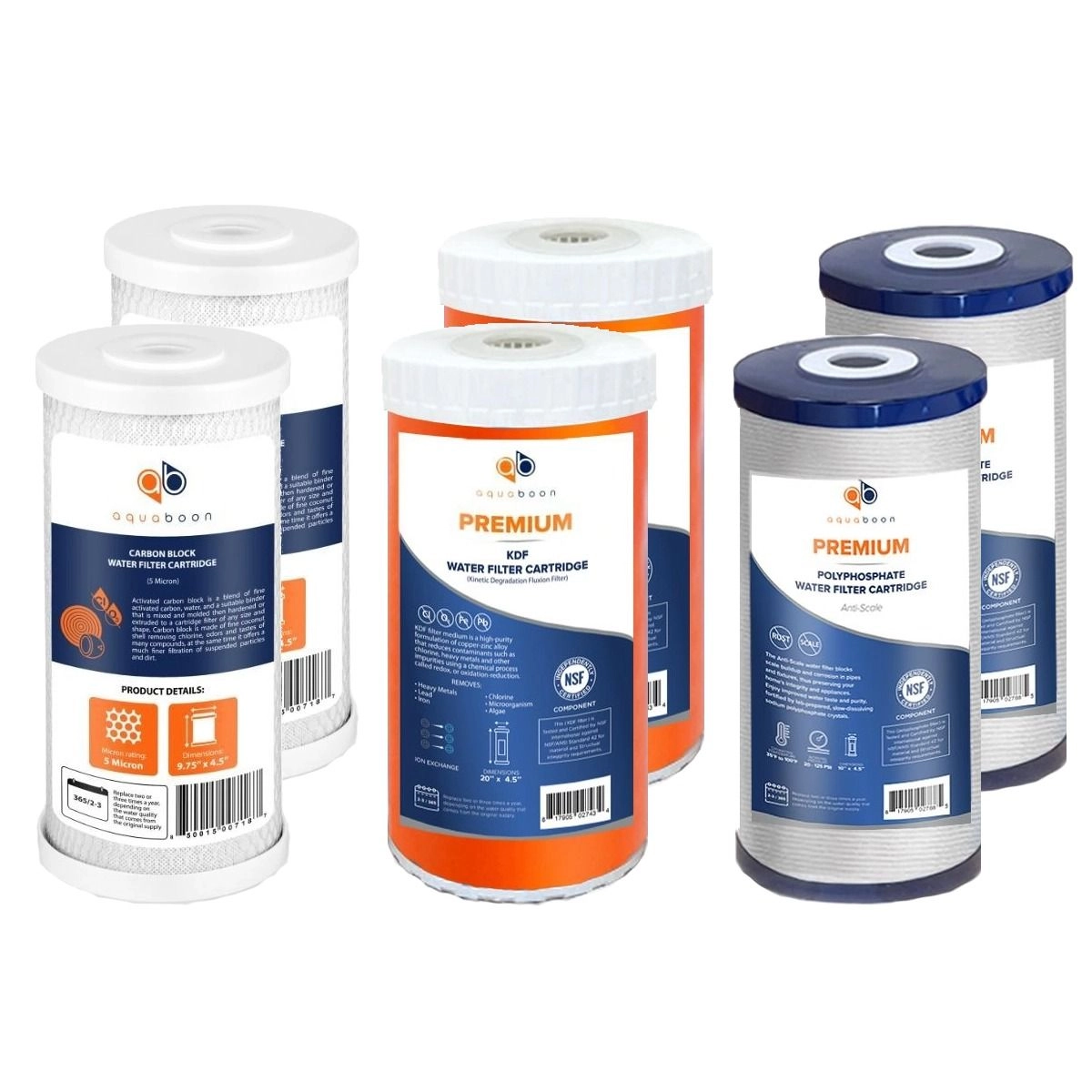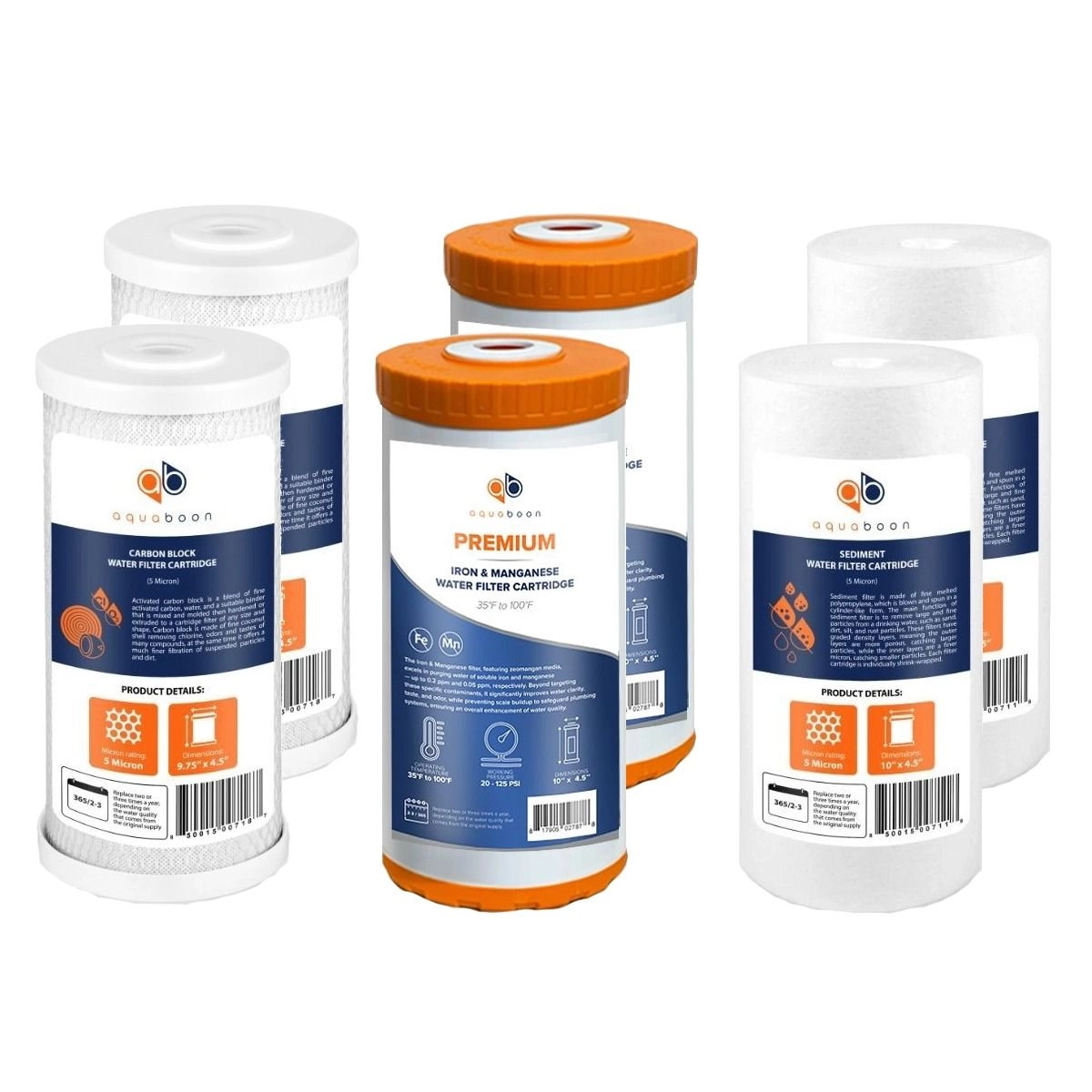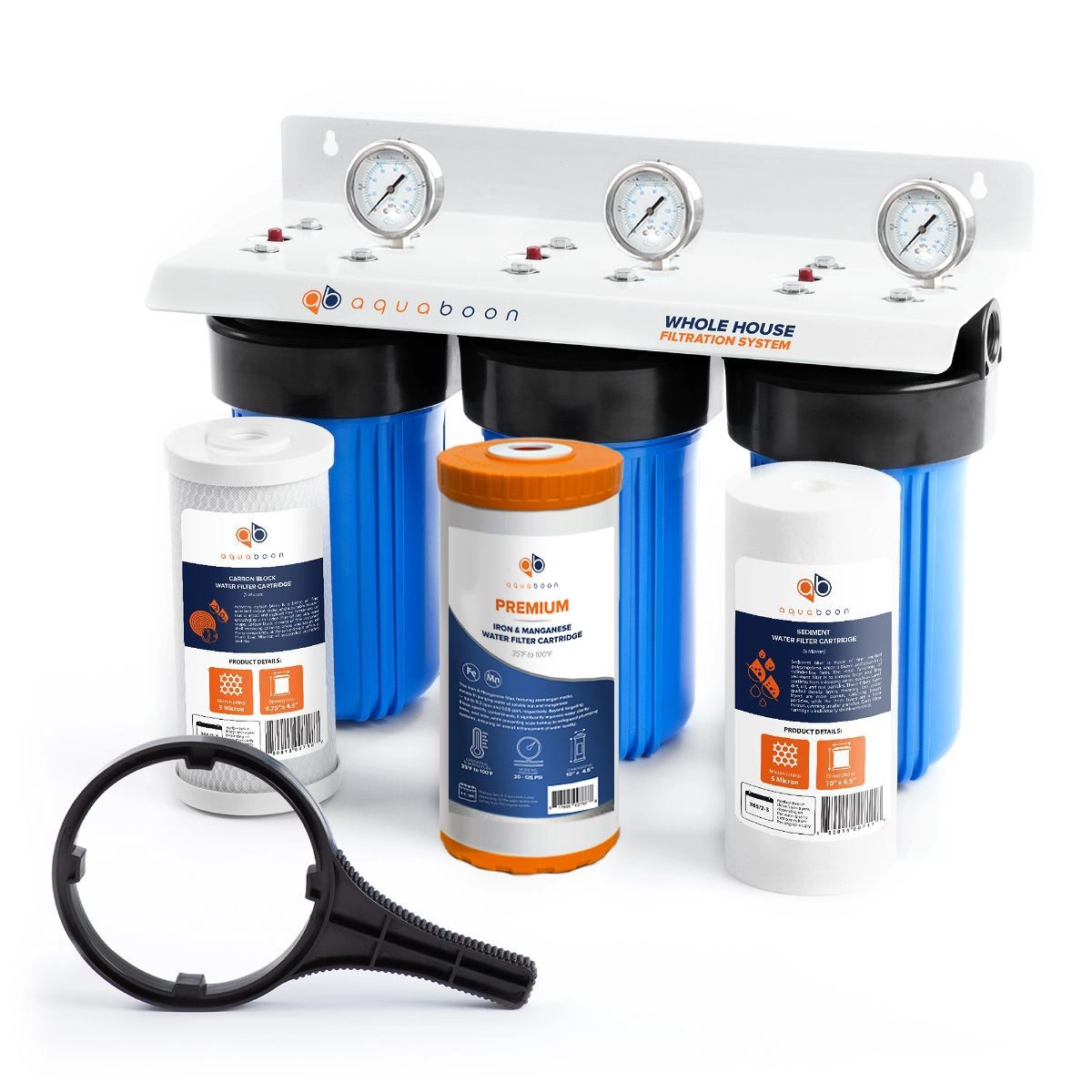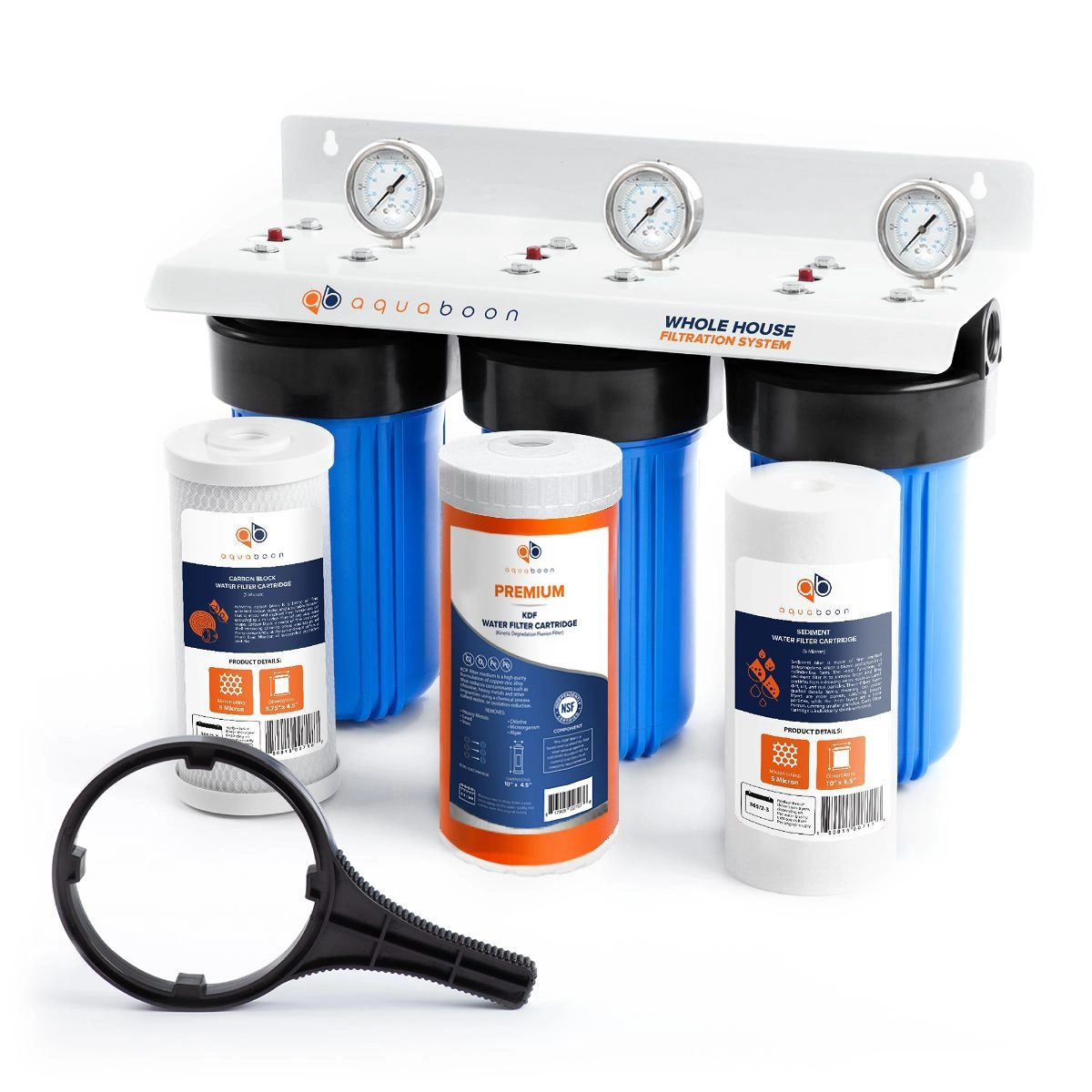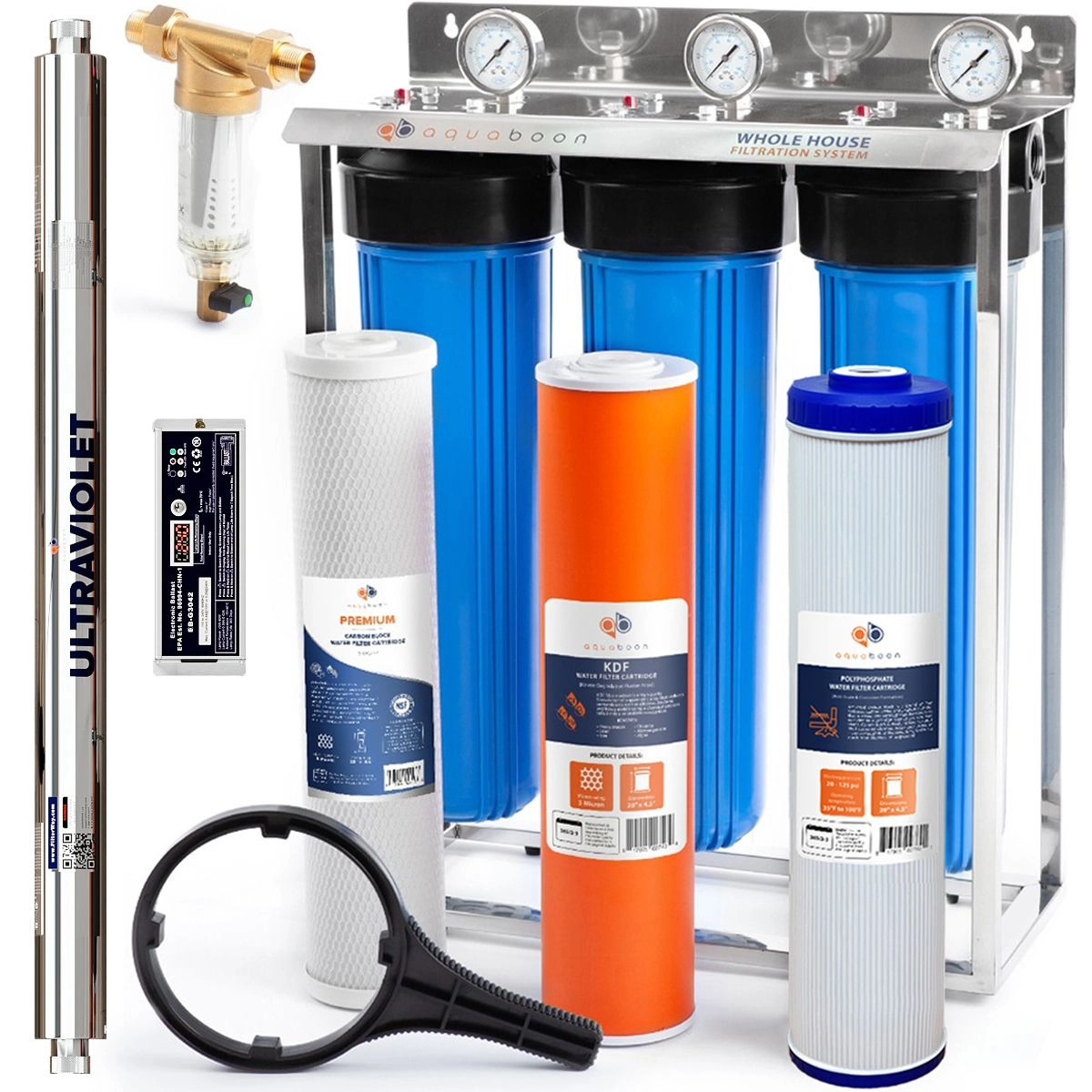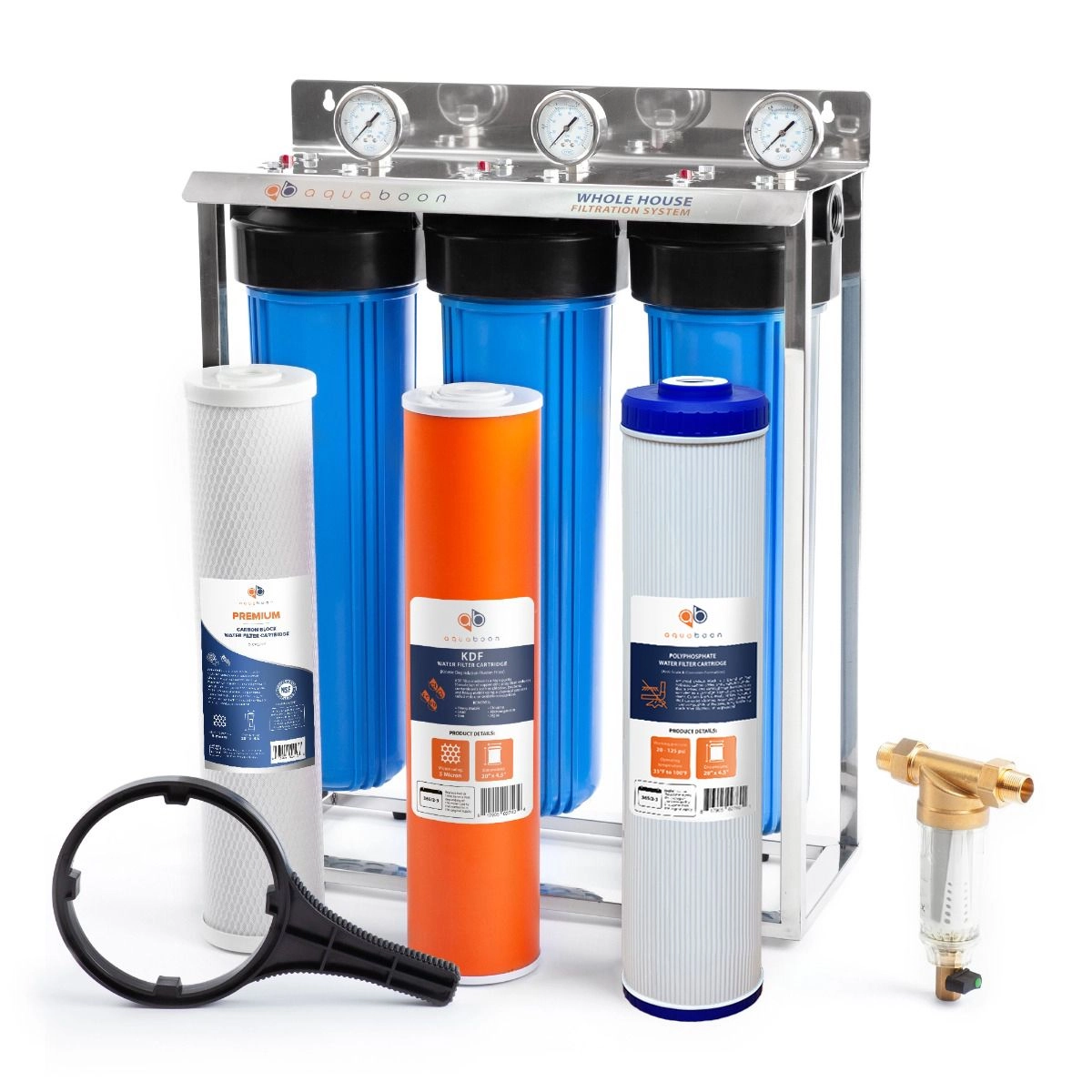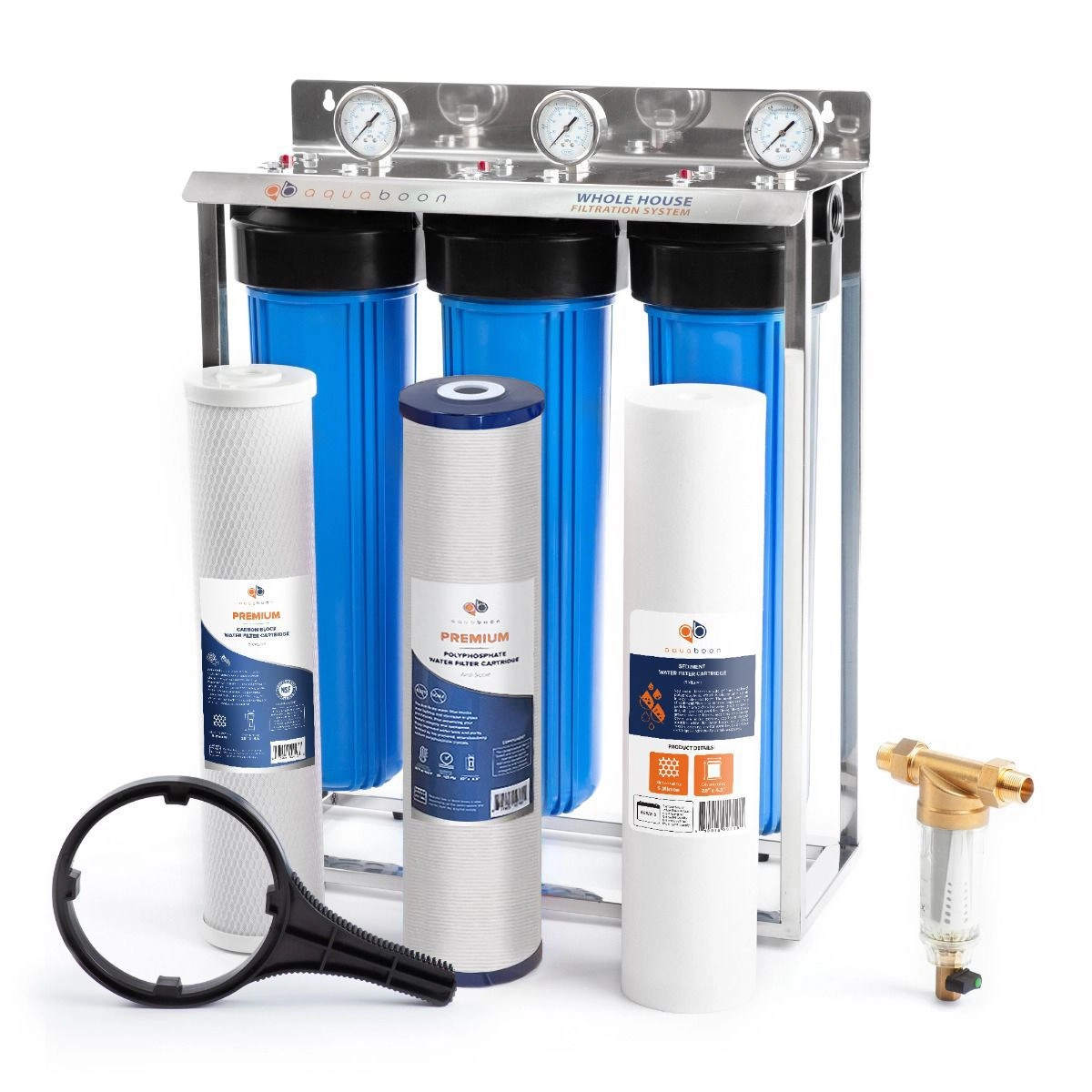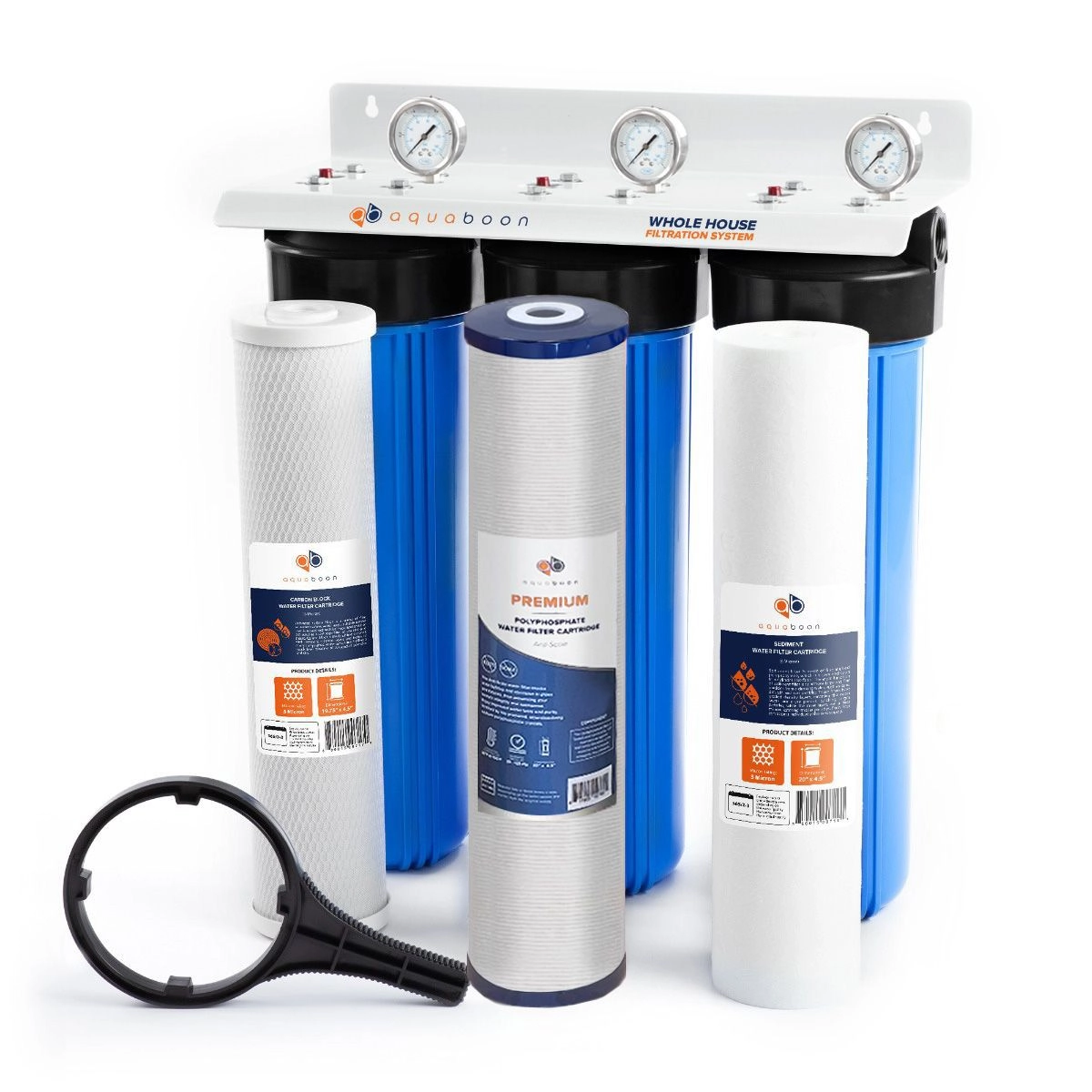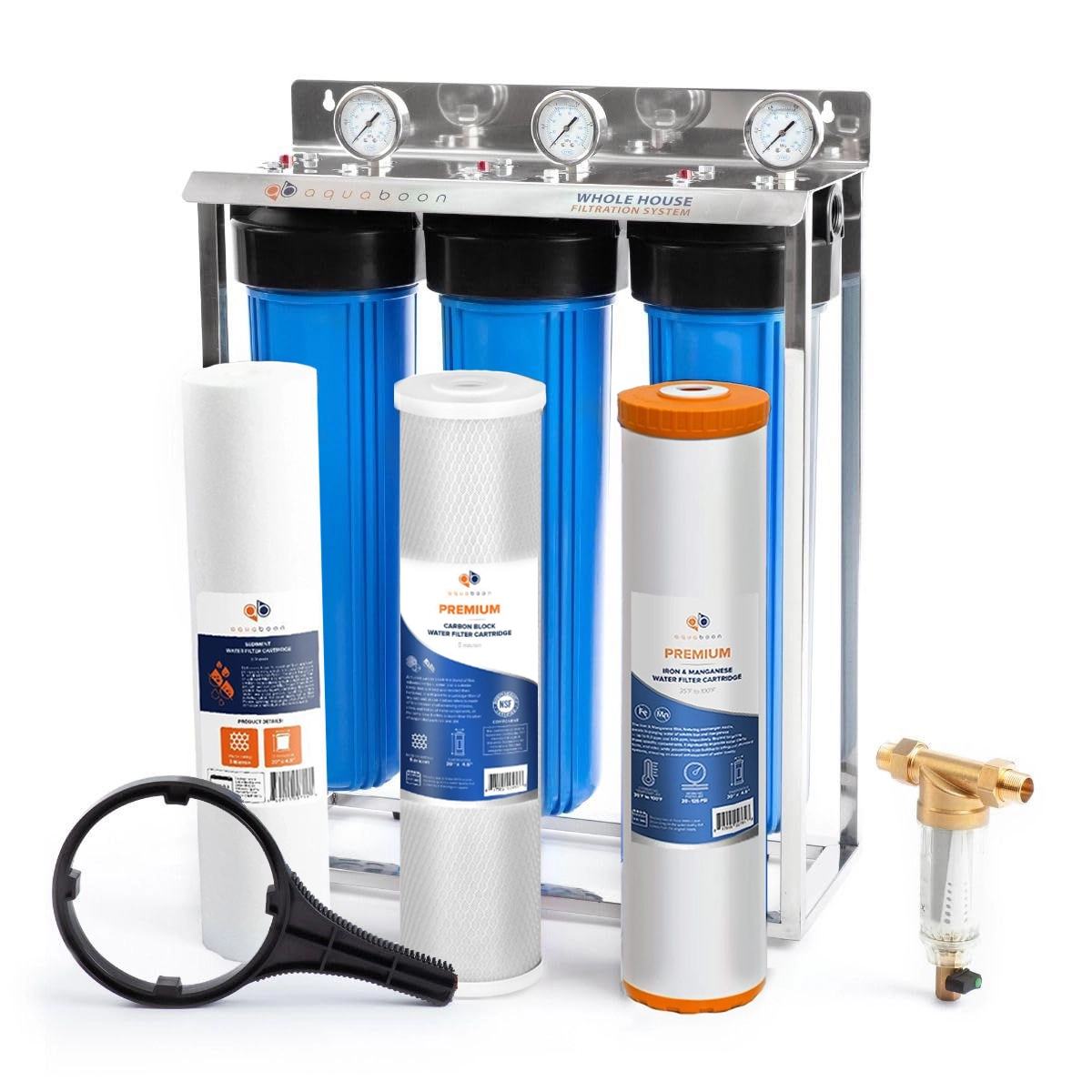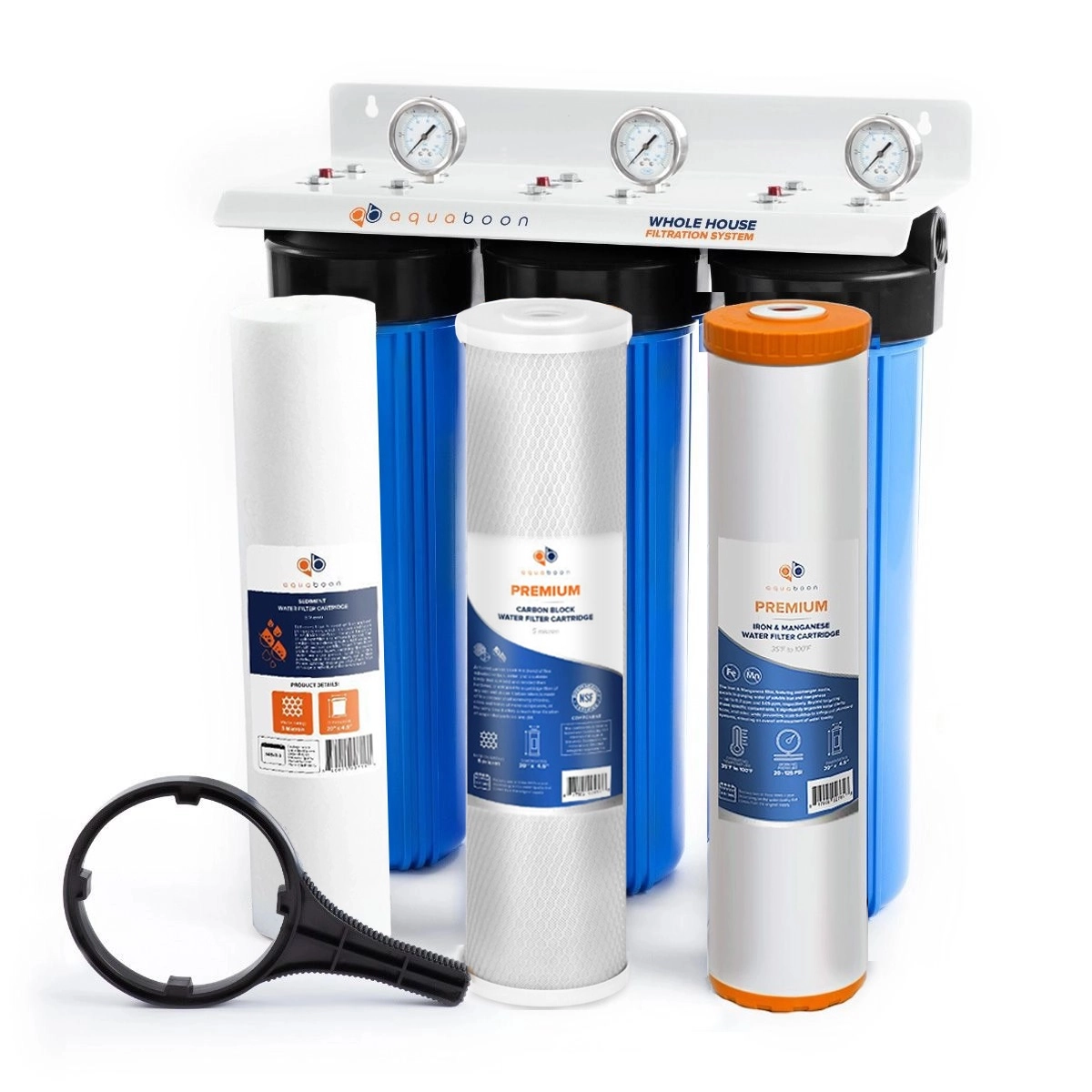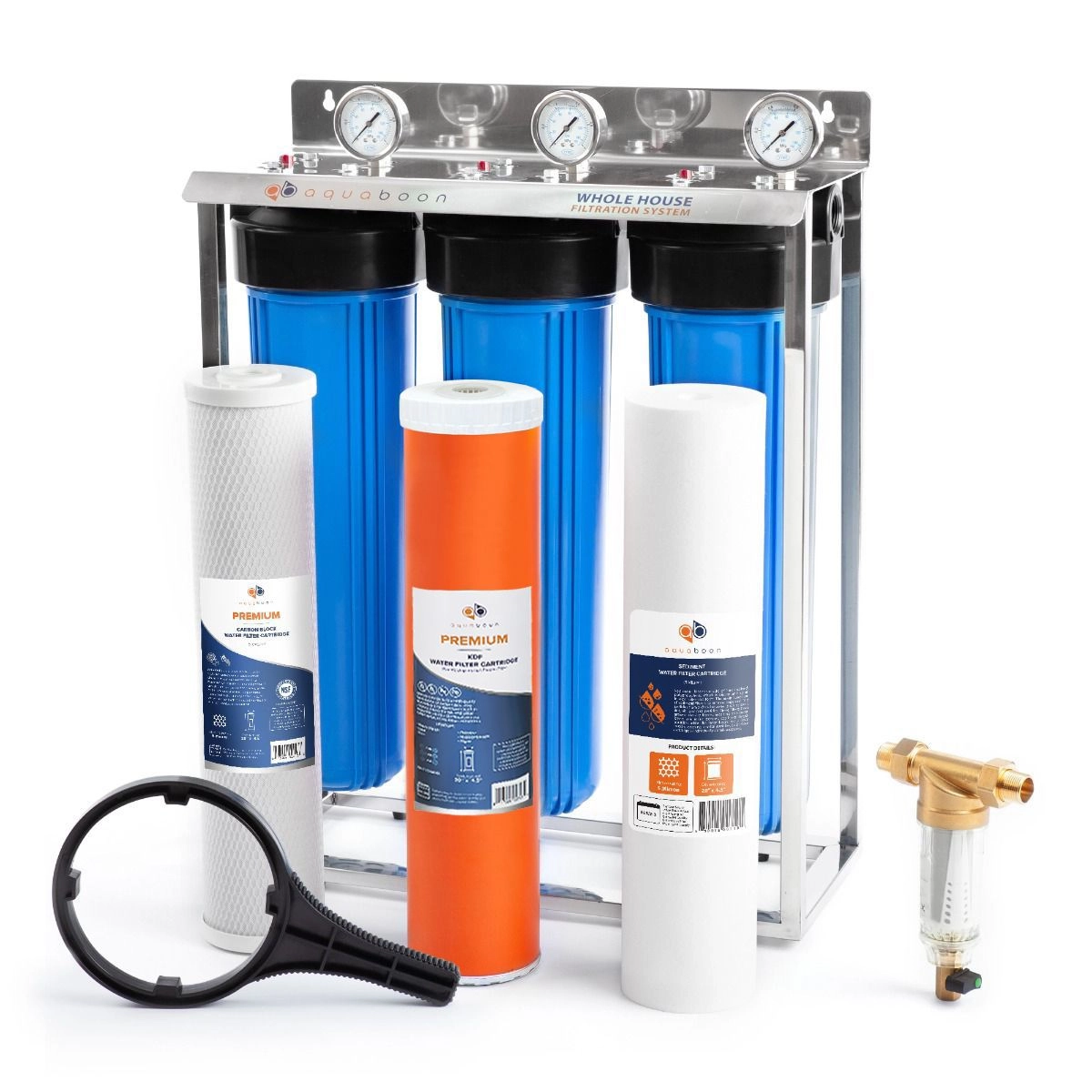Following the Flint water crisis, where it was discovered that about 2,000 water systems across all 50 states contained excessive levels of lead, there is an increased concern about its content in residential areas.
Regardless of the awareness, there is no denying that lead, one of the most prominent health and environmental threats, is still present in our water systems.
It is because, even though most pipes are now made of copper, lead solder was used in connecting the copper pipes in houses built before 1986. And even the lines in newer homes may still transport H2O with high levels of lead.
That is why there is a constant demand for the best water filters to remove lead from households, and this article will discuss the top 6 water filters for your home.
Is lead harmful to your health?
Lead is a toxic metal that harms human health despite low contamination levels. In fact, according to the Environmental Protection Agency (EPA), the ideal maximum amount of drinking water should be zero.
It is persistent and can build up to disturbing levels in the body. Fetuses, infants, and children are more vulnerable to its effects, as they have less tolerance than adults.
In children, even low levels in the blood can cause:
- Behavior and learning challenges
- Reduced IQ and hyperactivity
- Delayed growth and development
- Hearing difficulties
- Problems with the central and peripheral nervous system
- Anemia
- Impaired development and function of blood cells
Sometimes, ingestion of lead can even cause seizures, coma, or death.
Adults are not immune to this neurotoxin. Exposure to lead can cause
- brain disorders,
- increased blood pressure,
- reproductive issues,
- damage to kidneys, red blood cells, and walls of the bloodstream.
It is also dangerous for pregnant women because of their unborn babies. Constant exposure could cause abnormalities like delayed fetus growth or even premature birth.
How can you tell if your home water has a lot of lead?
Lead is tasteless, odorless, and invisible in water. But there are two ways to tell if the H2O in your home is contaminated.
First of all, find out about the water system for your home.
Every community system writes and delivers an annual Consumer Confidence Report (CCR) for customers by July 1 each year.
You can check for the latest report to know the level of lead in water. But if your supply is from a household well or a private supply, you can check with your health department.
Also, you can conduct a test to get immediate results.
Sometimes homes may have internal plumbing tools that contain lead, and because it is invisible, testing is the only way to tell its quantity.
You can visit any certified laboratory in your state or get a home test kit to get immediate results.
Best filtration methods to remove lead from water
With the threats of exposure to lead, it is okay to ask: “can you filter out lead from water?”
The good news is that you can. In fact, you can install a filter for lead in water since the process is straightforward. The challenge, however, falls in finding the best filter for your requirements.
Now, there are three best filtration methods:
1. Reverse osmosis
Reverse osmosis is the most popular and cost-effective method to remove and reduce lead content.
In reverse osmosis treatment, the pressure of the water in your household is forced through the mineral filters.
Then the membrane in the system filters the contaminants. After the filtration, impurities are removed so that the H2O inside your home is clean, filtered, lead-free drinking water.
Reverse osmosis requires no energy, is affordable, easy to maintain, and effectively removes 95% of lead.
2. Distillation
Although distillation offers almost 100% pure water, it is one of the costliest ways of eliminating lead.
But as the amount of water filtration in each turn increases, the cost reduces.
The distillation method still remains efficient even after using it for a long time. Plus, you don’t have to replace the cartridge all the time.
However, distillation takes time and requires a lot of electricity to process.
3. Activated Carbon Filtration
The activated carbon absorbs heavy metals, including magnesium, and other harmful contaminants, during the treatment process.
While some carbon-activated filtration methods eliminate lead completely, others don’t.
Unlike the distillation process, the filter cartridges for activated carbon filtration are quickly filled up and often need replacement.
Additionally, the filters’ potency reduces after filtering for a while depending on the quality.


